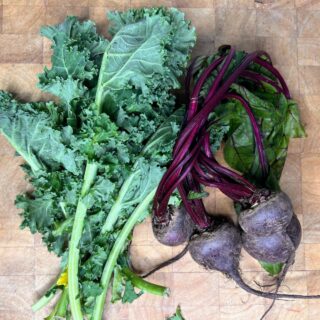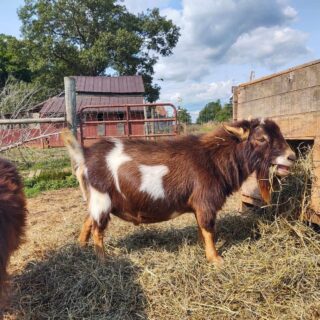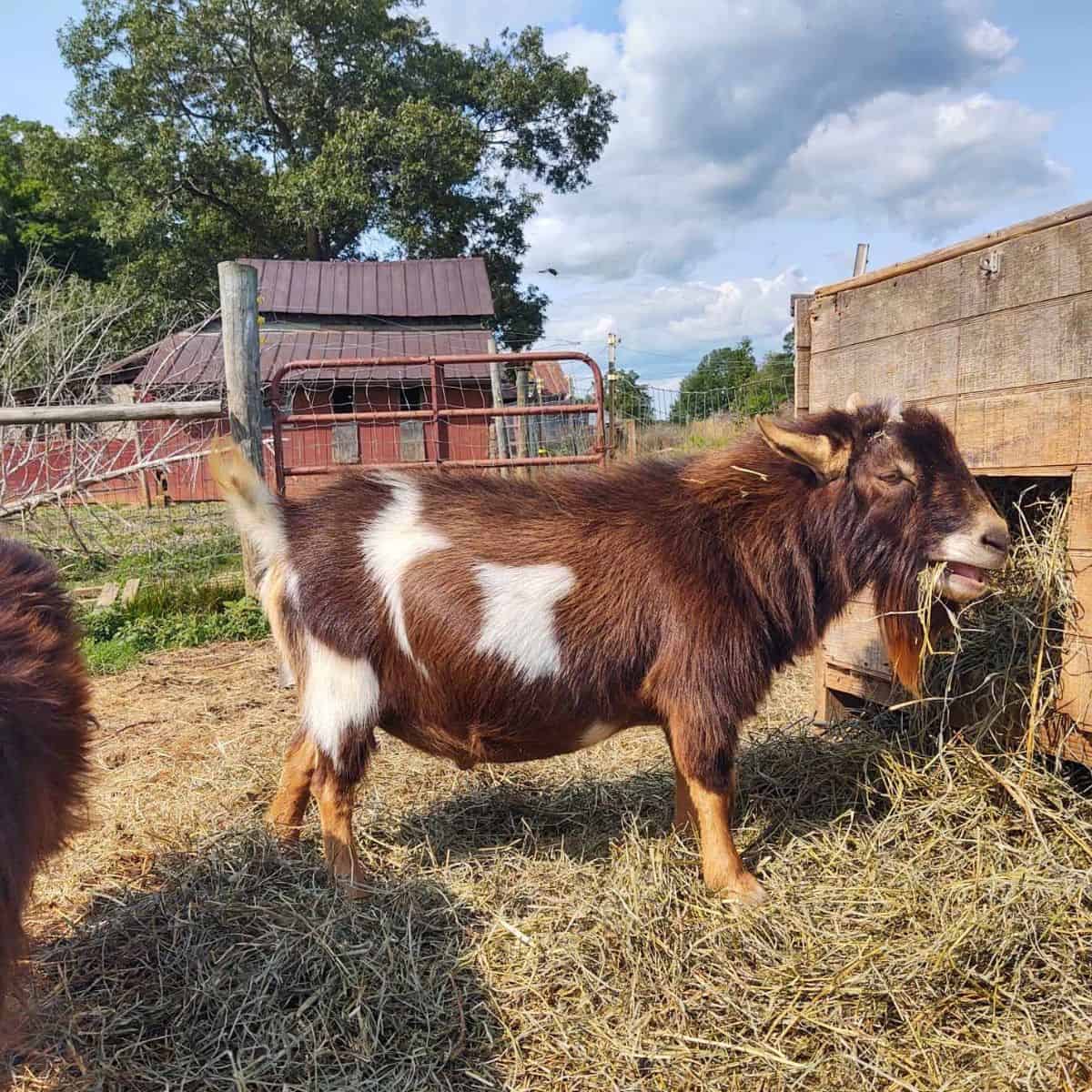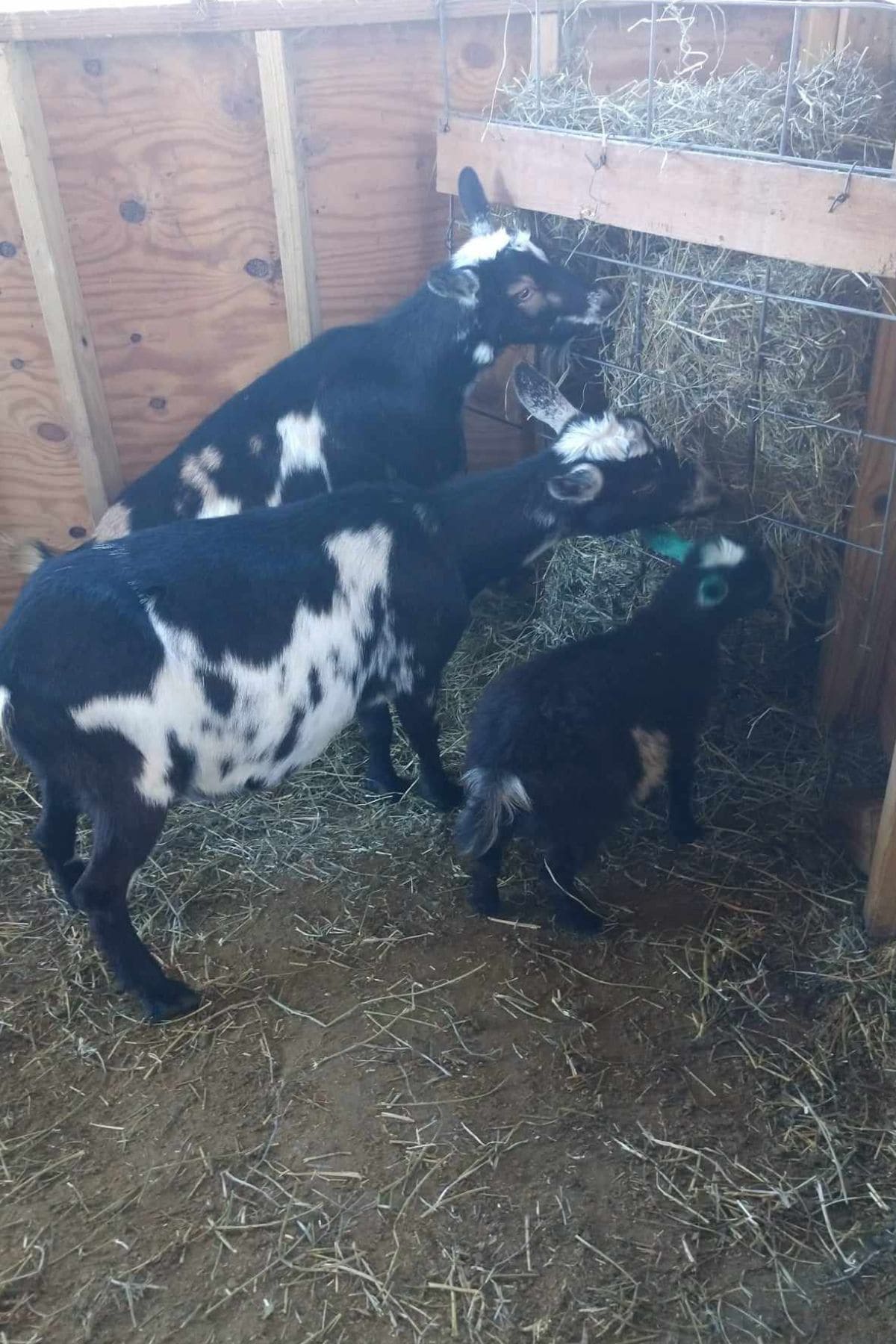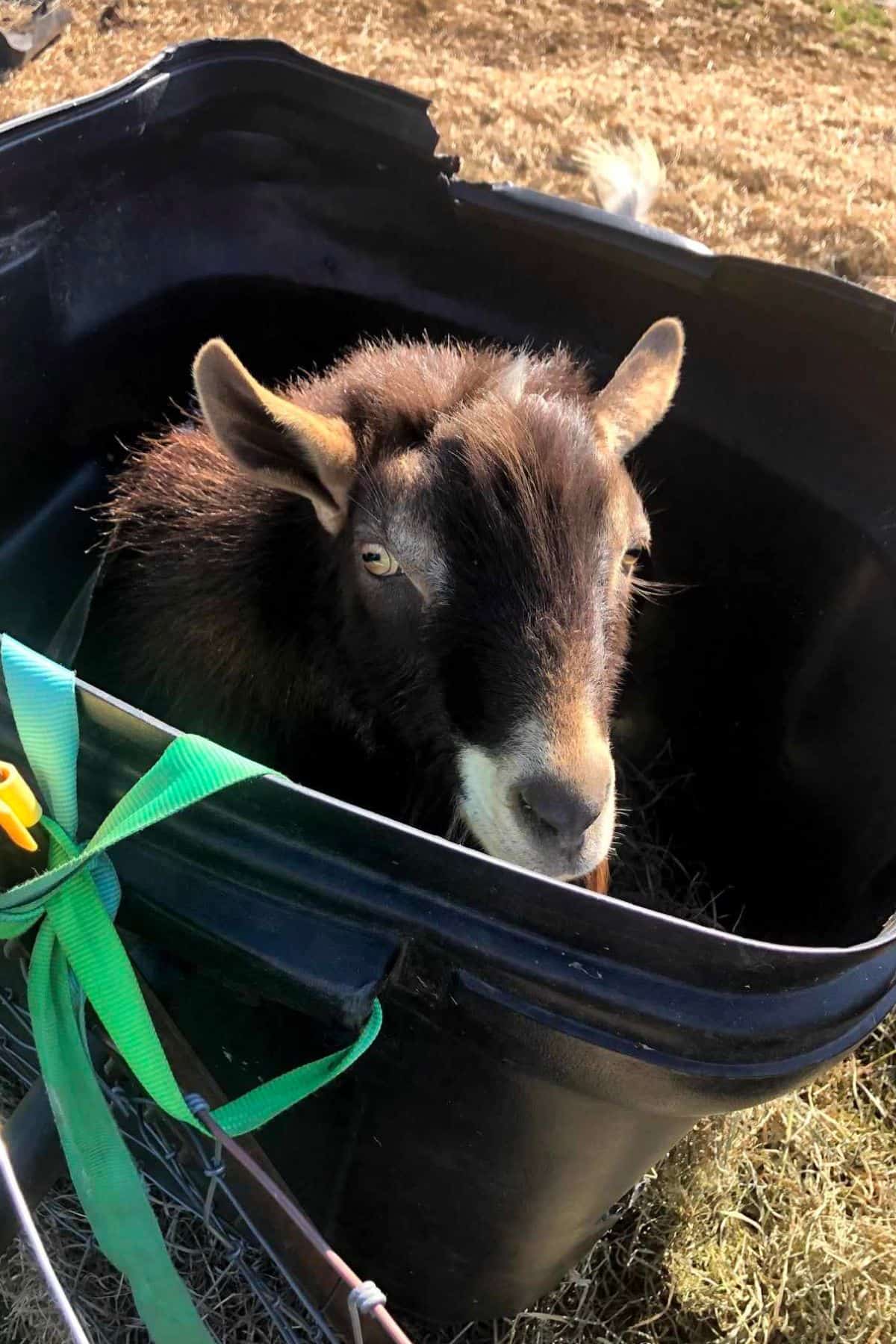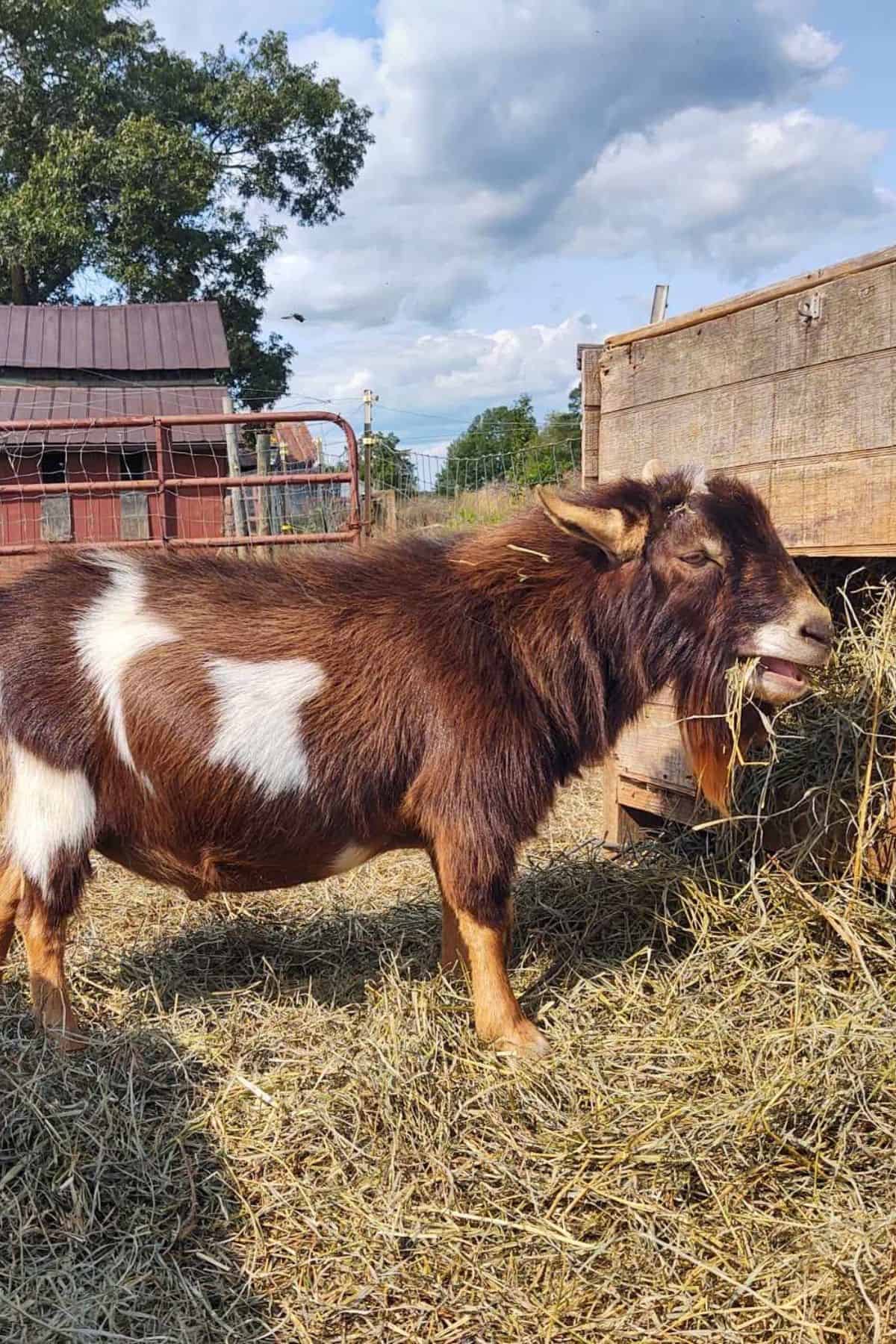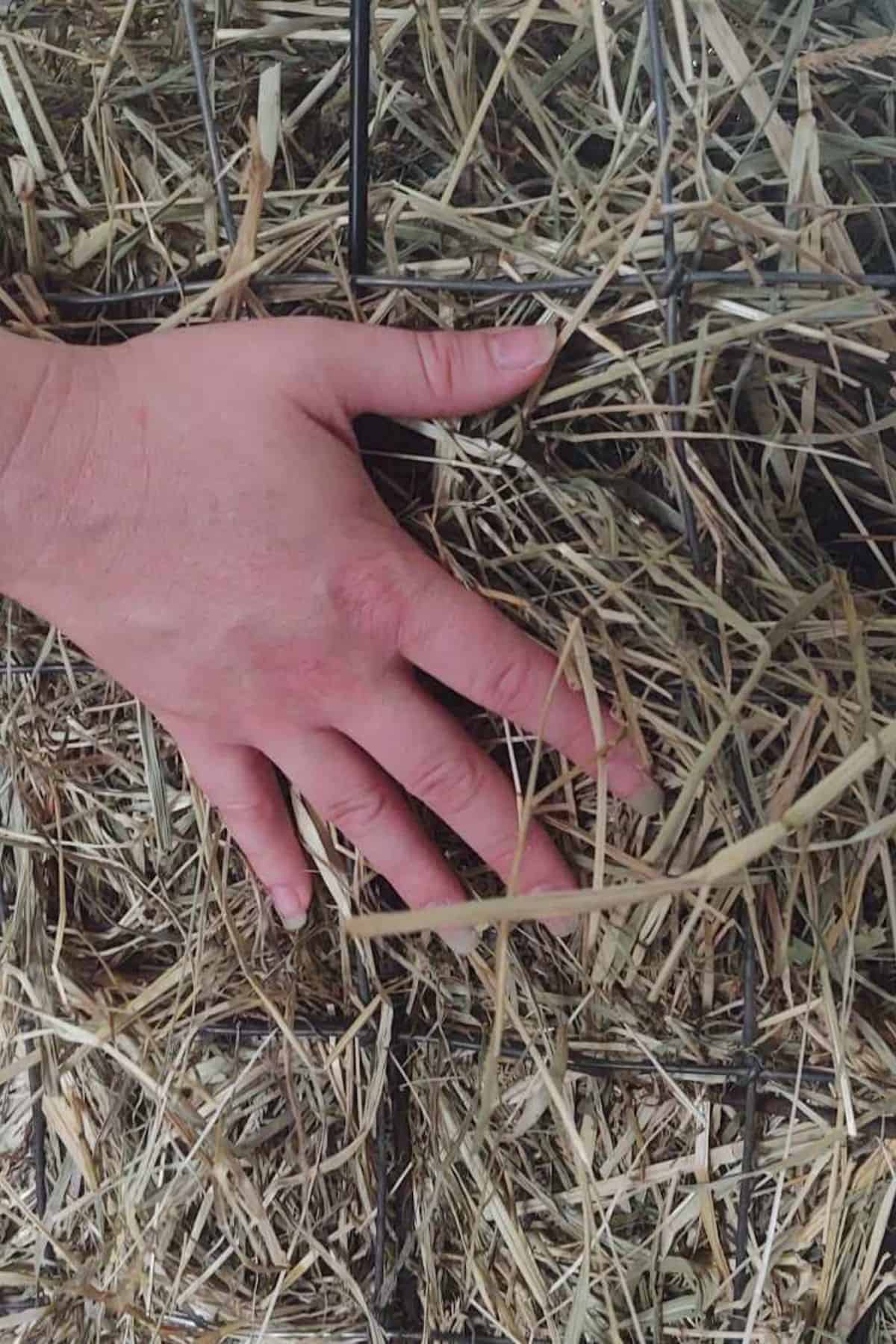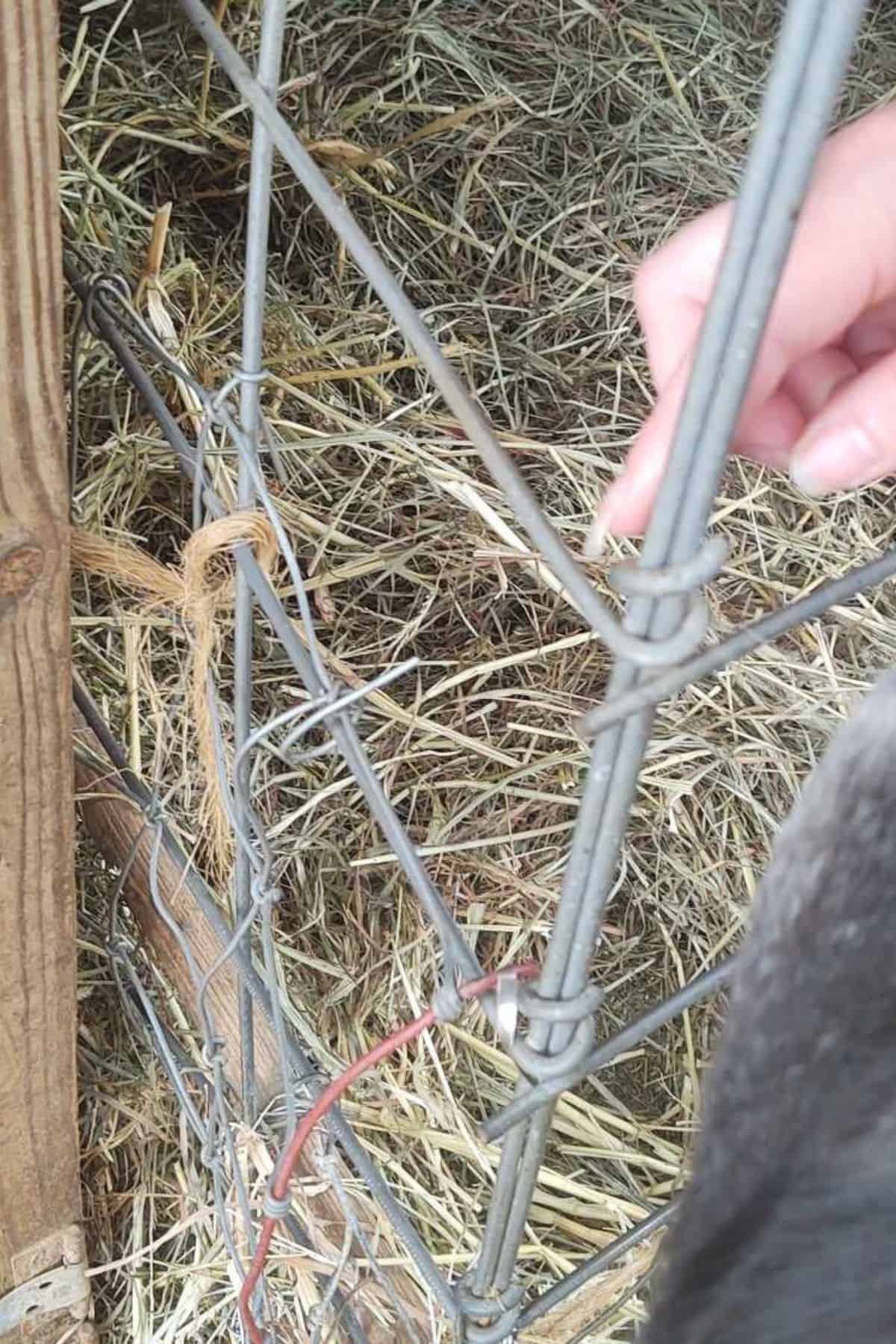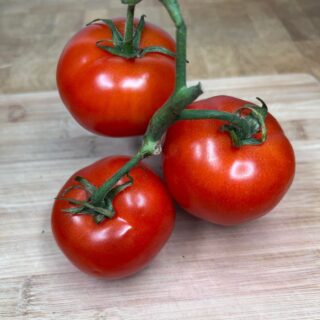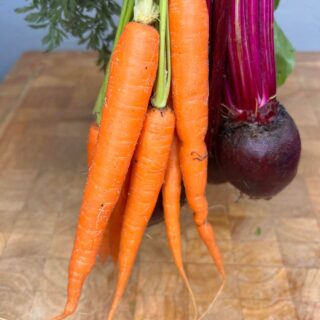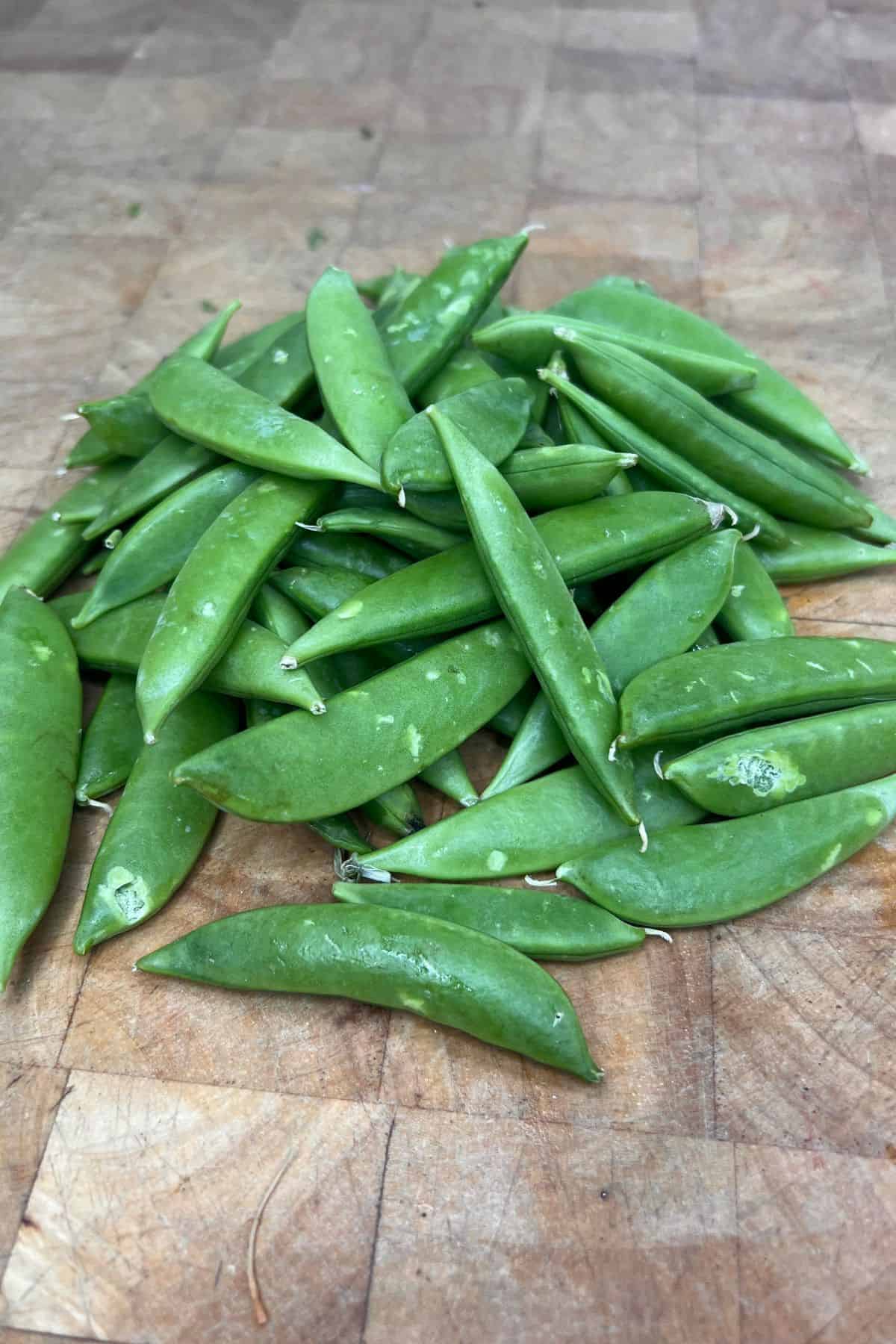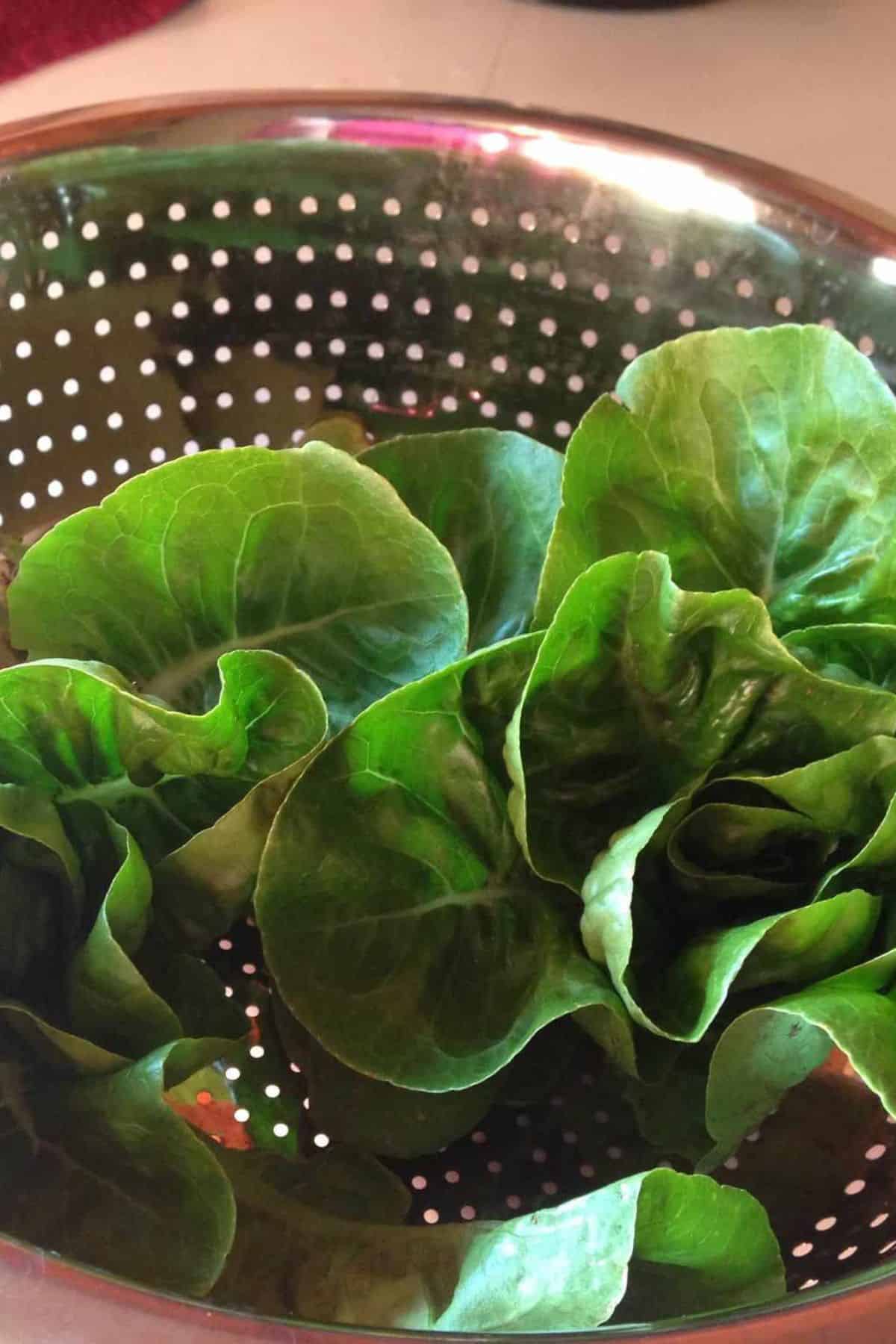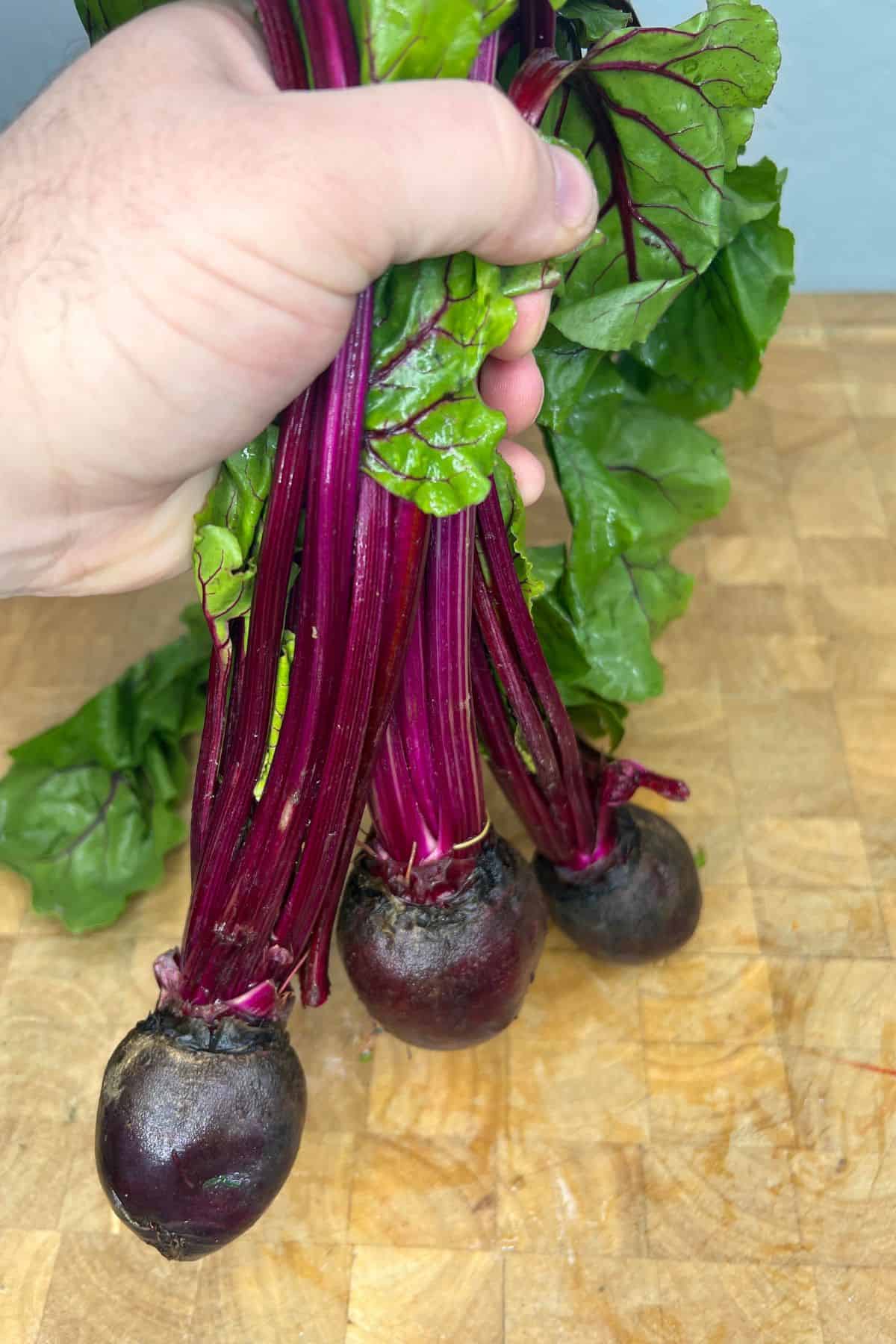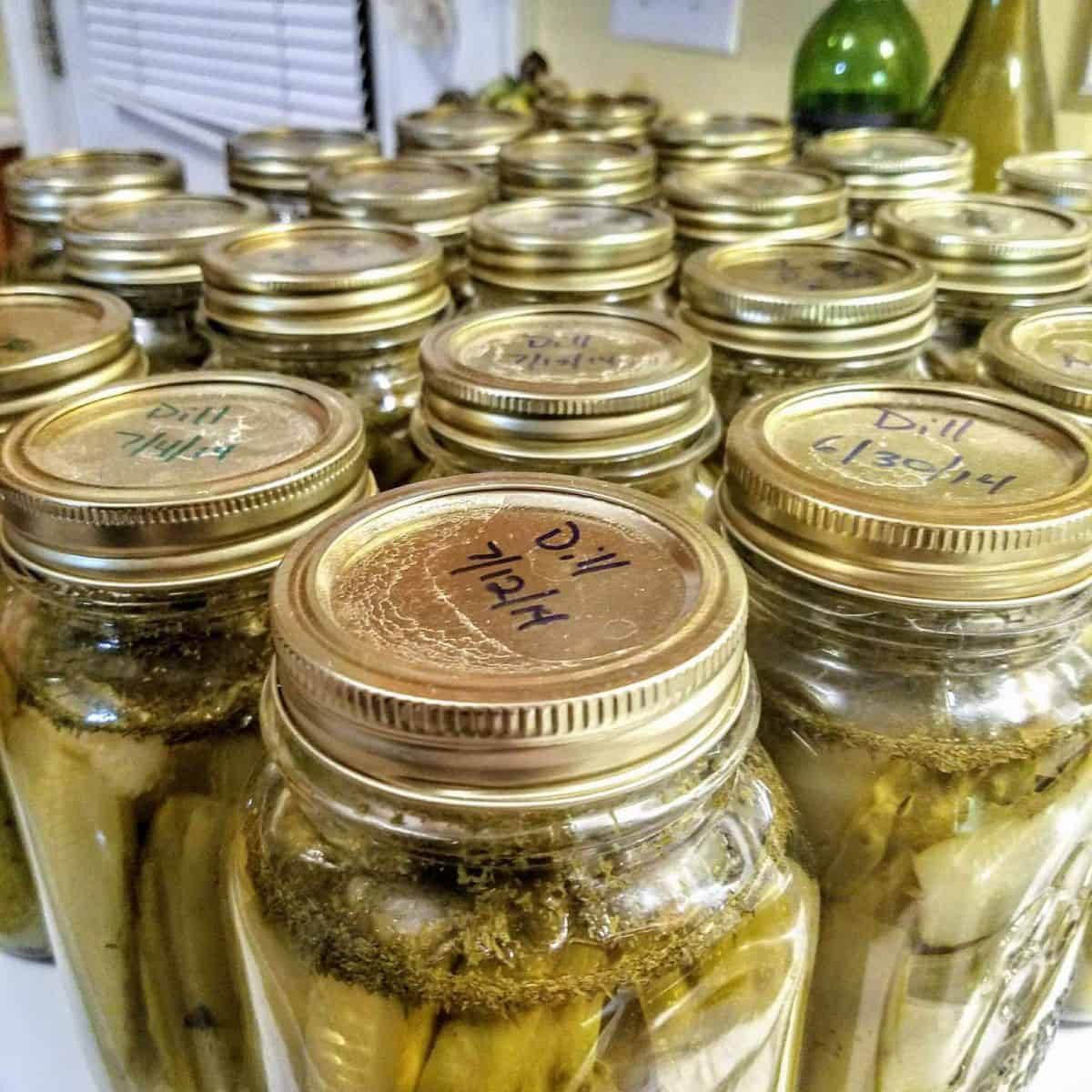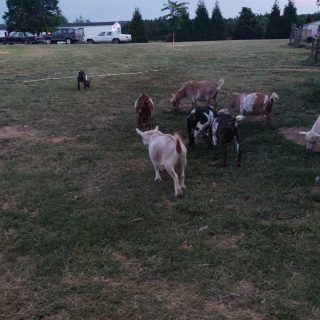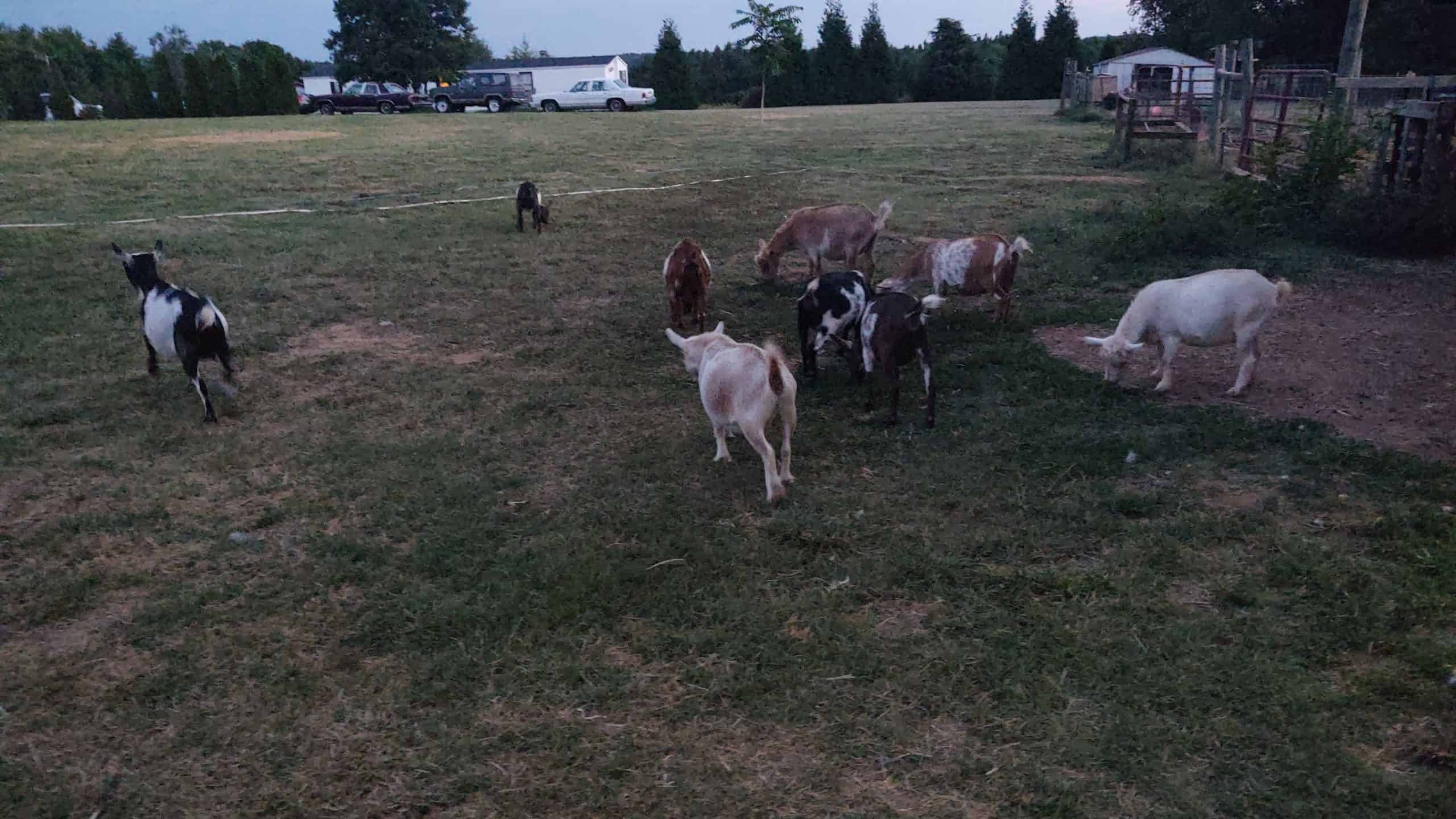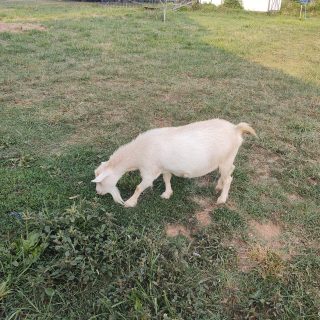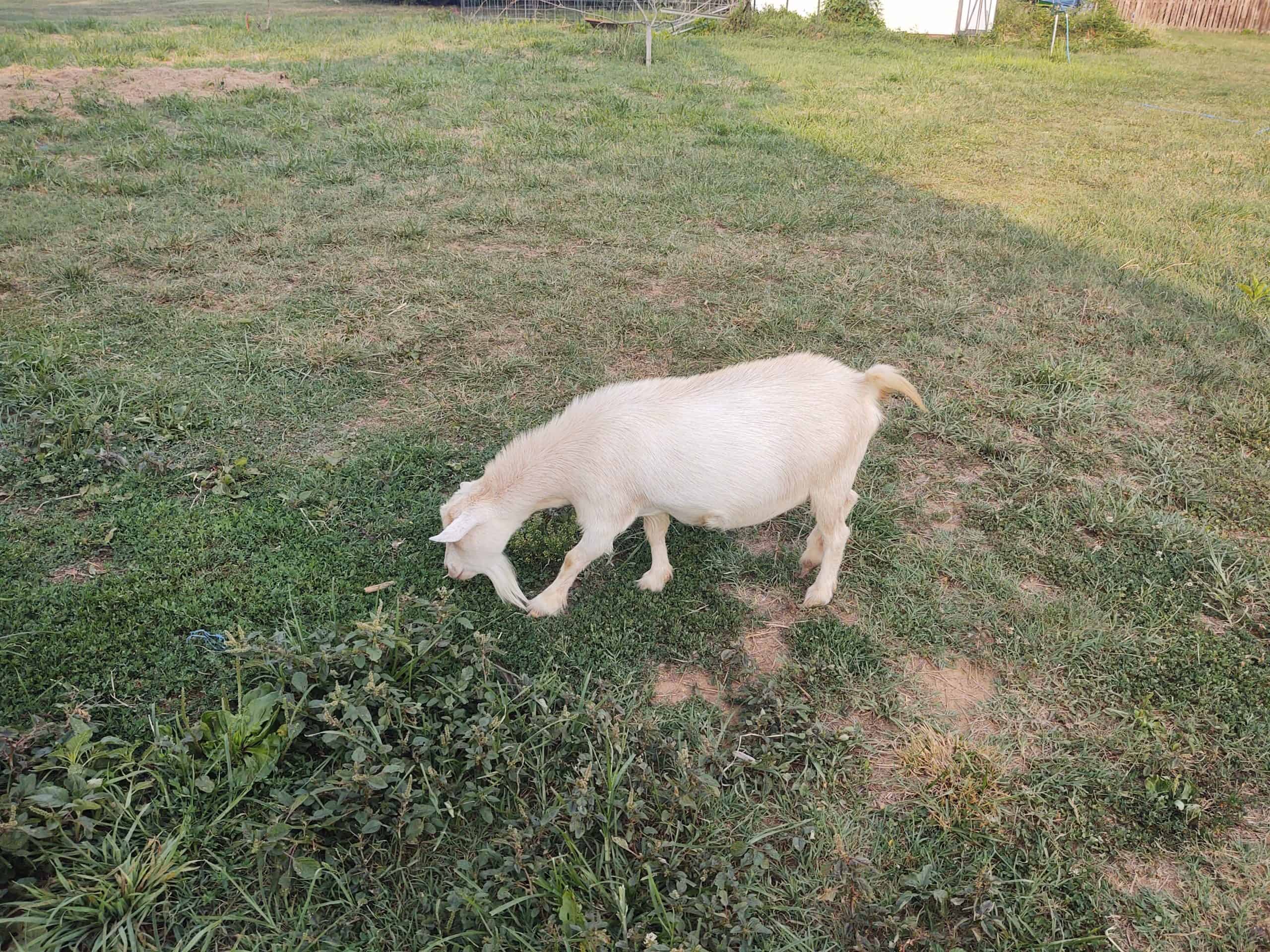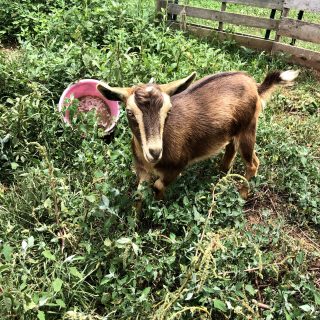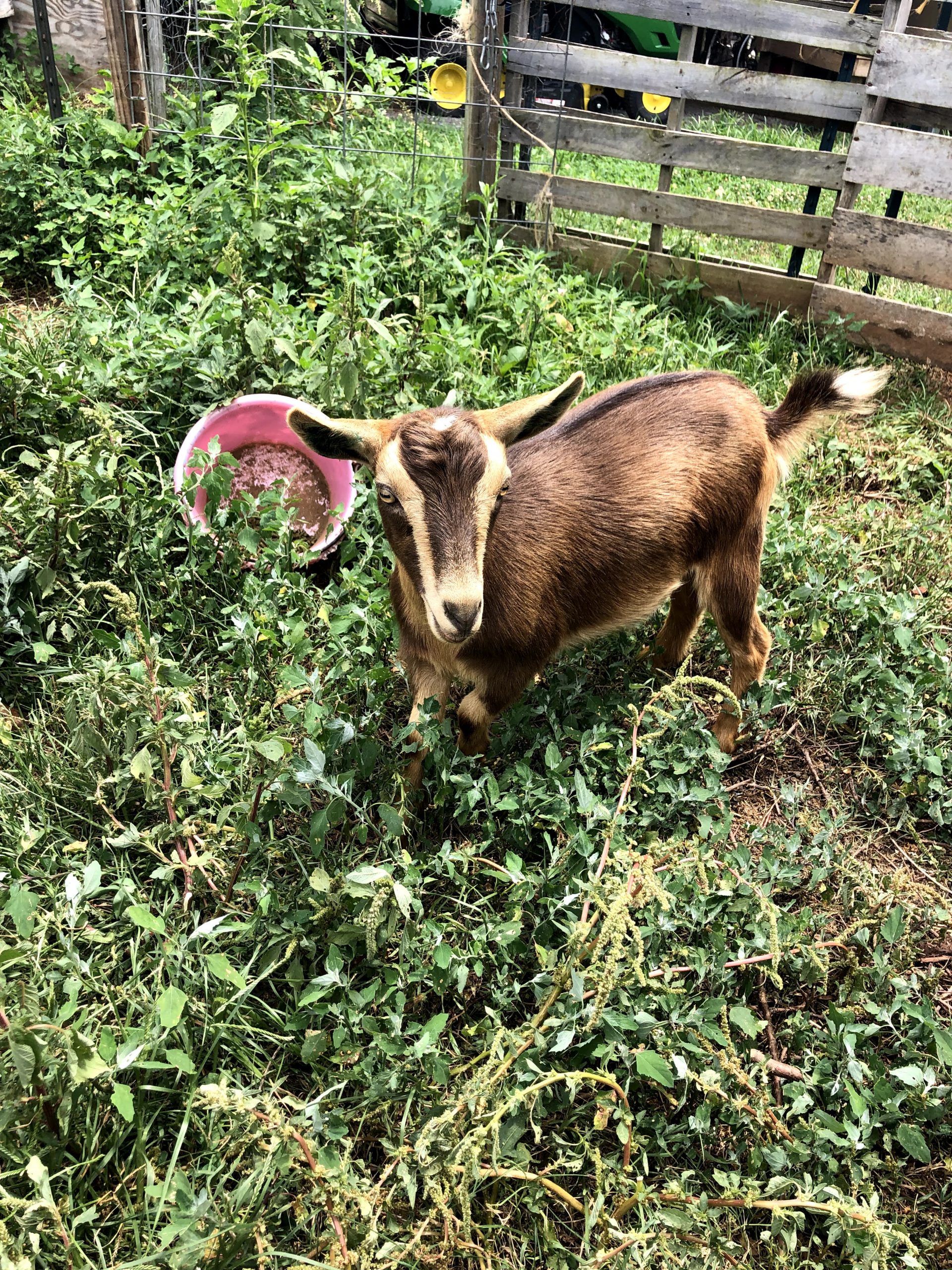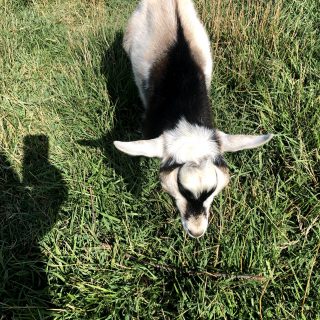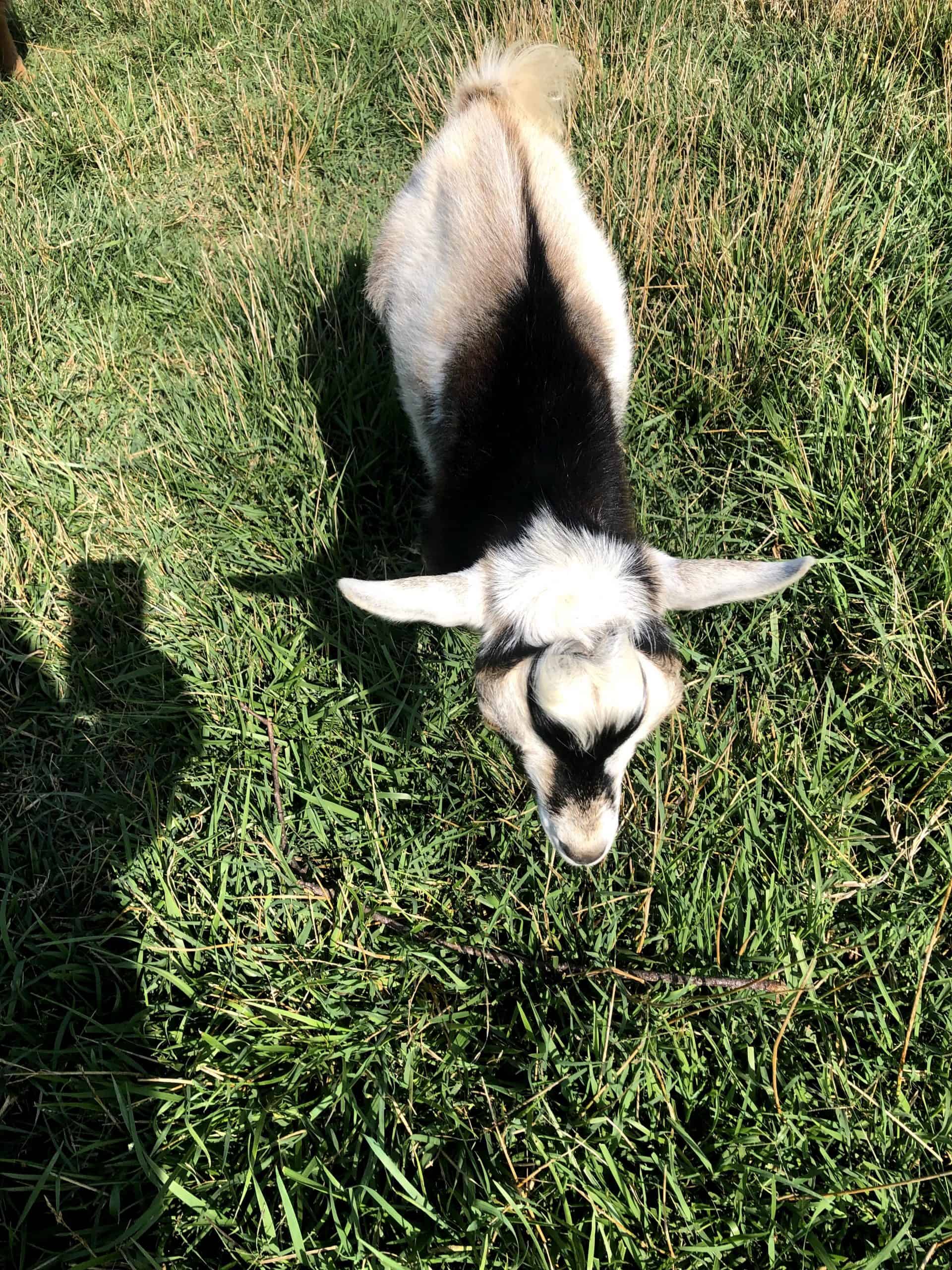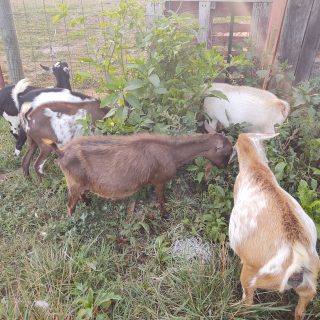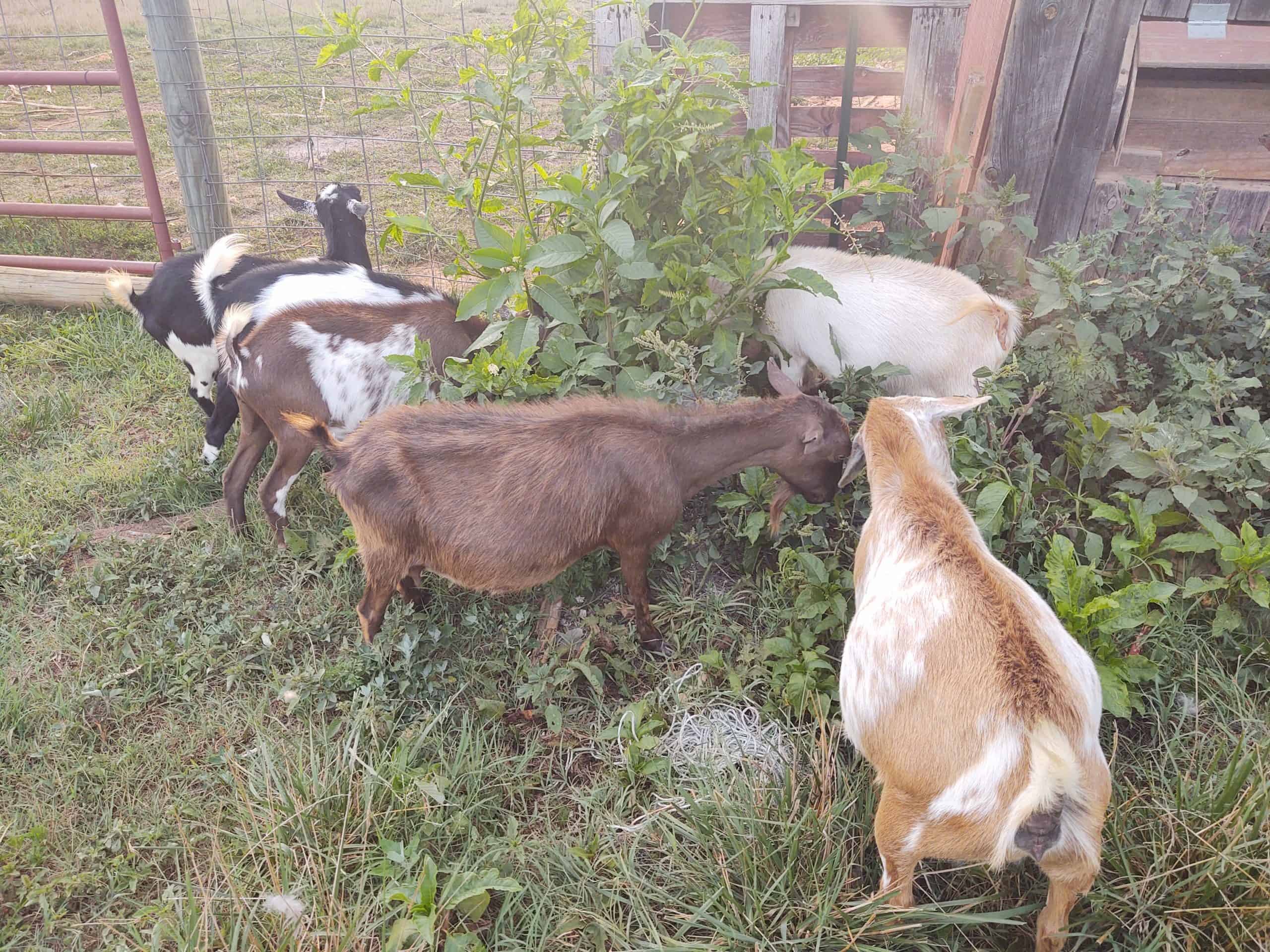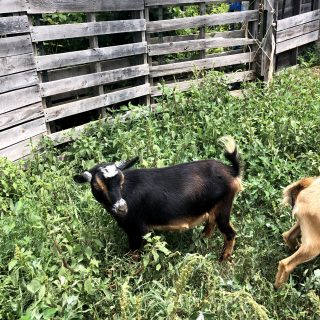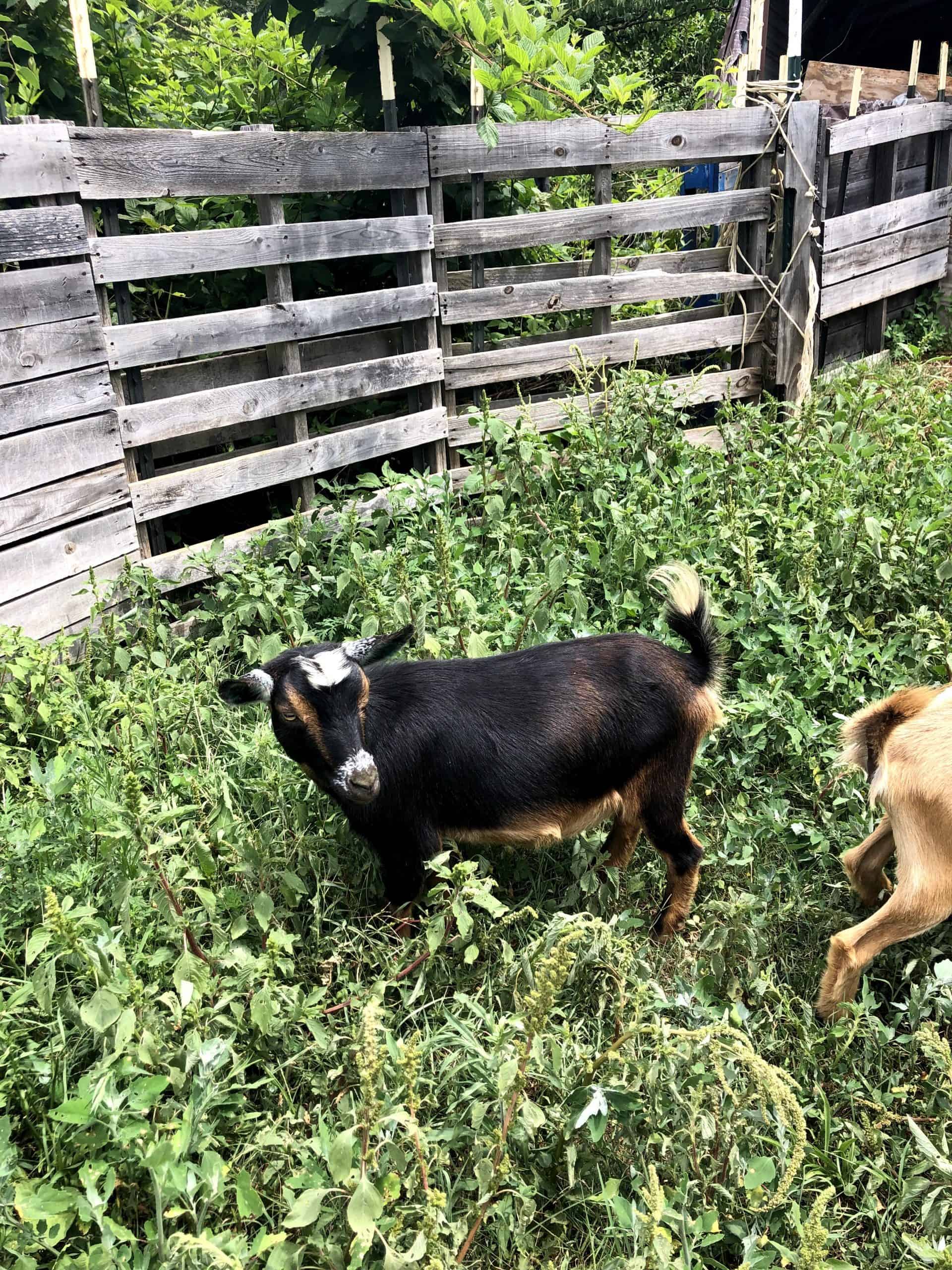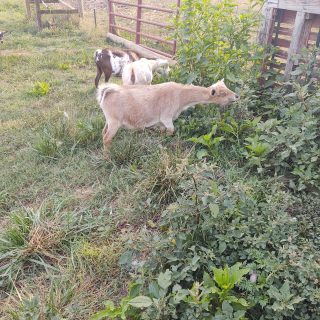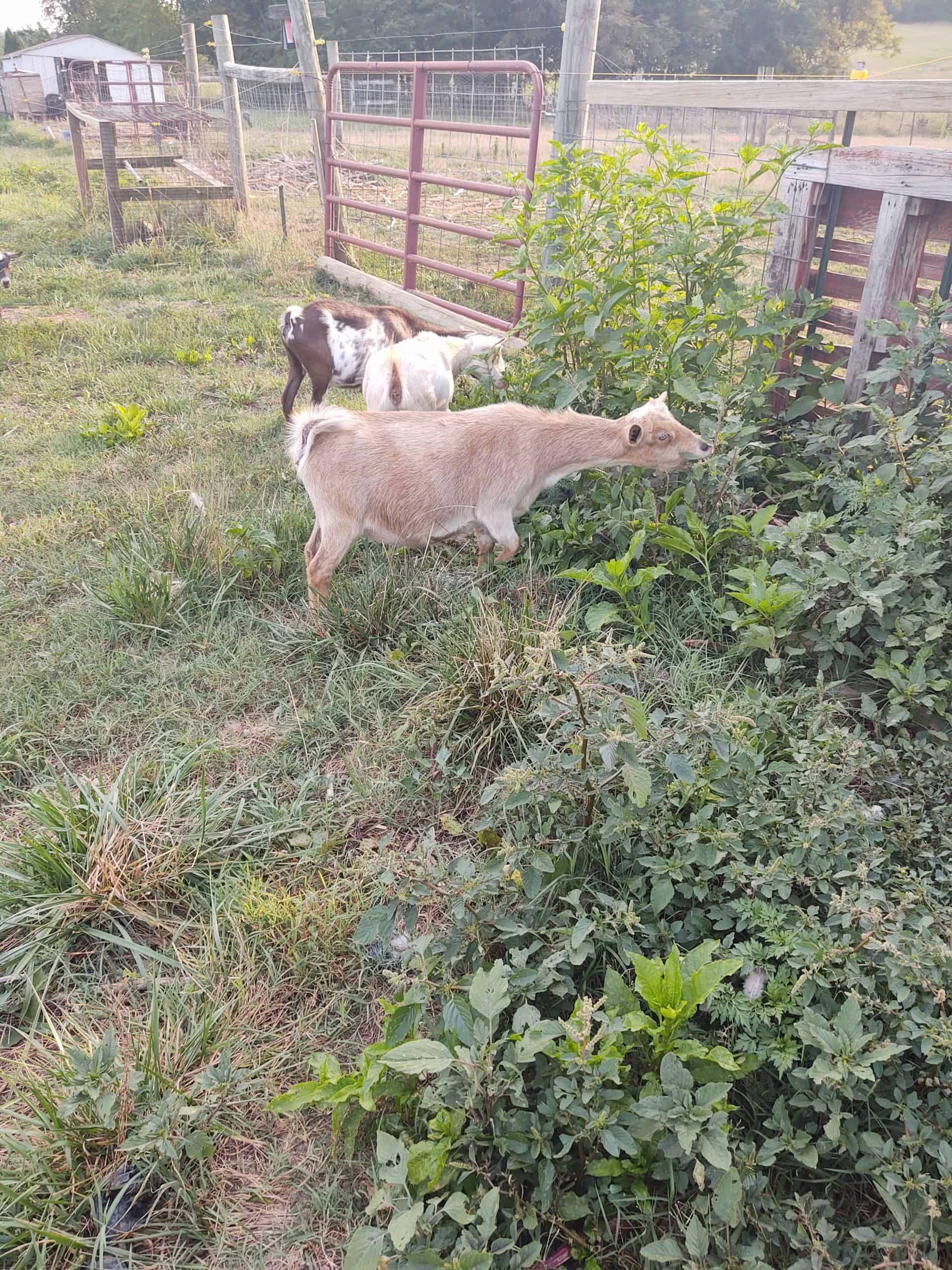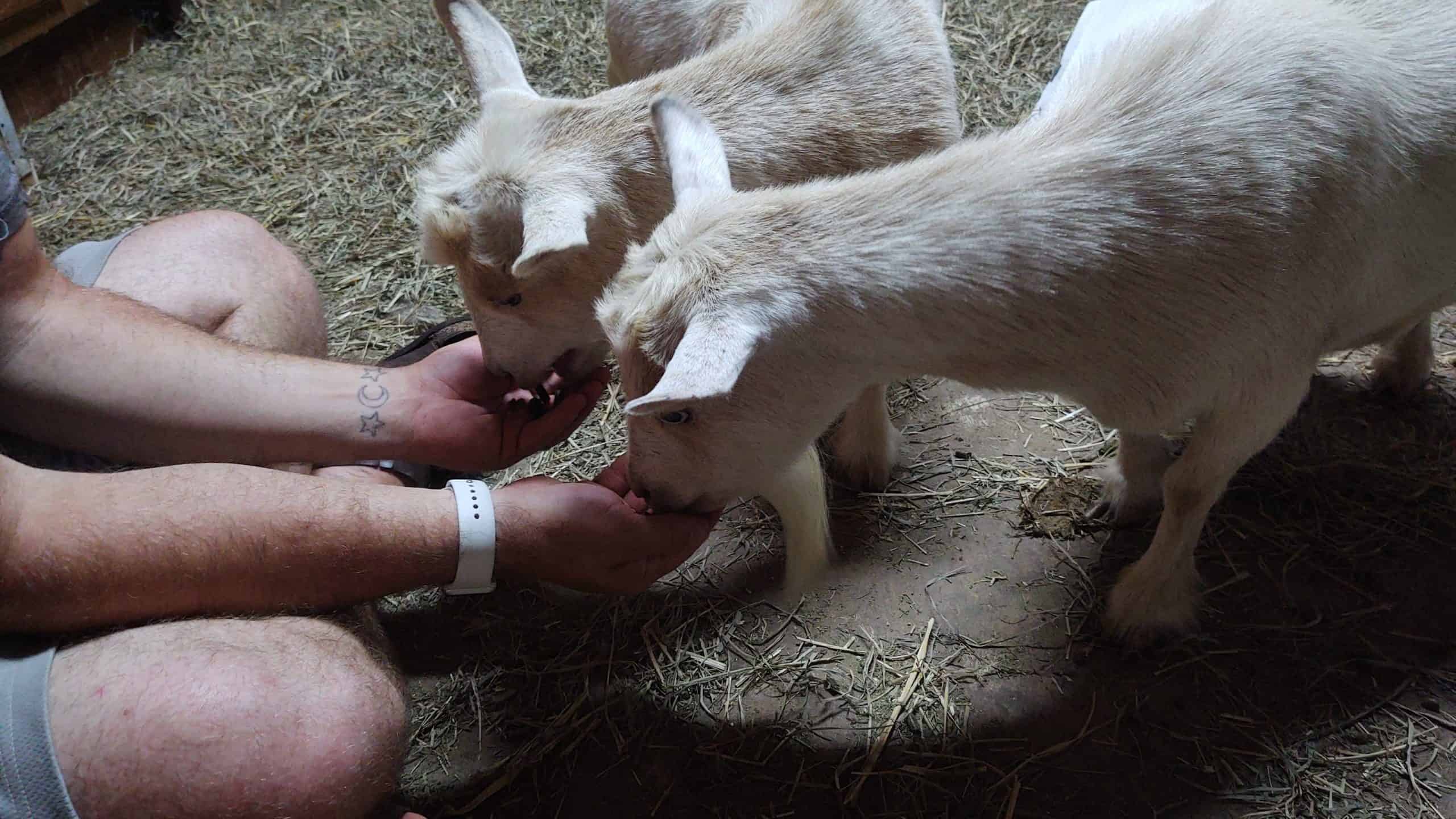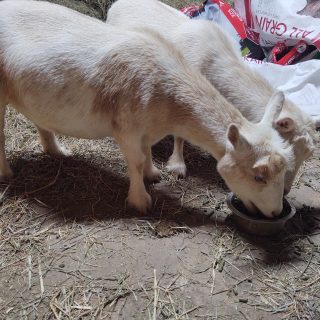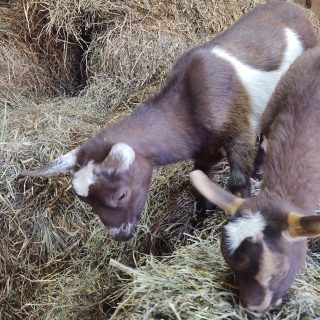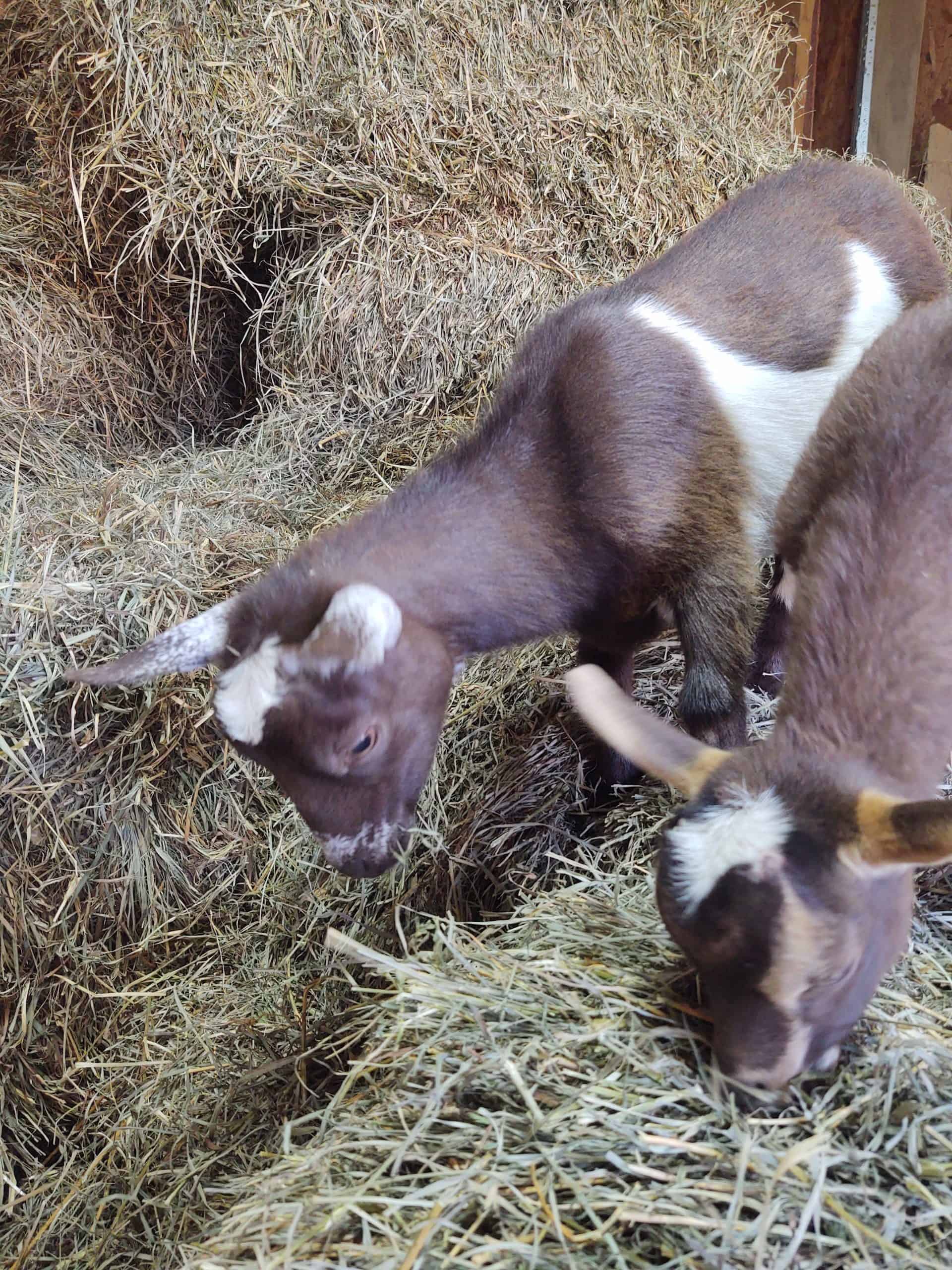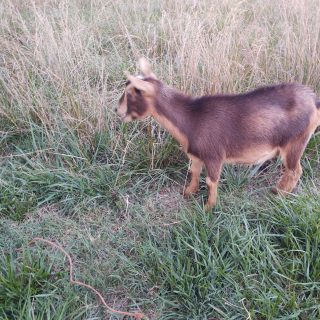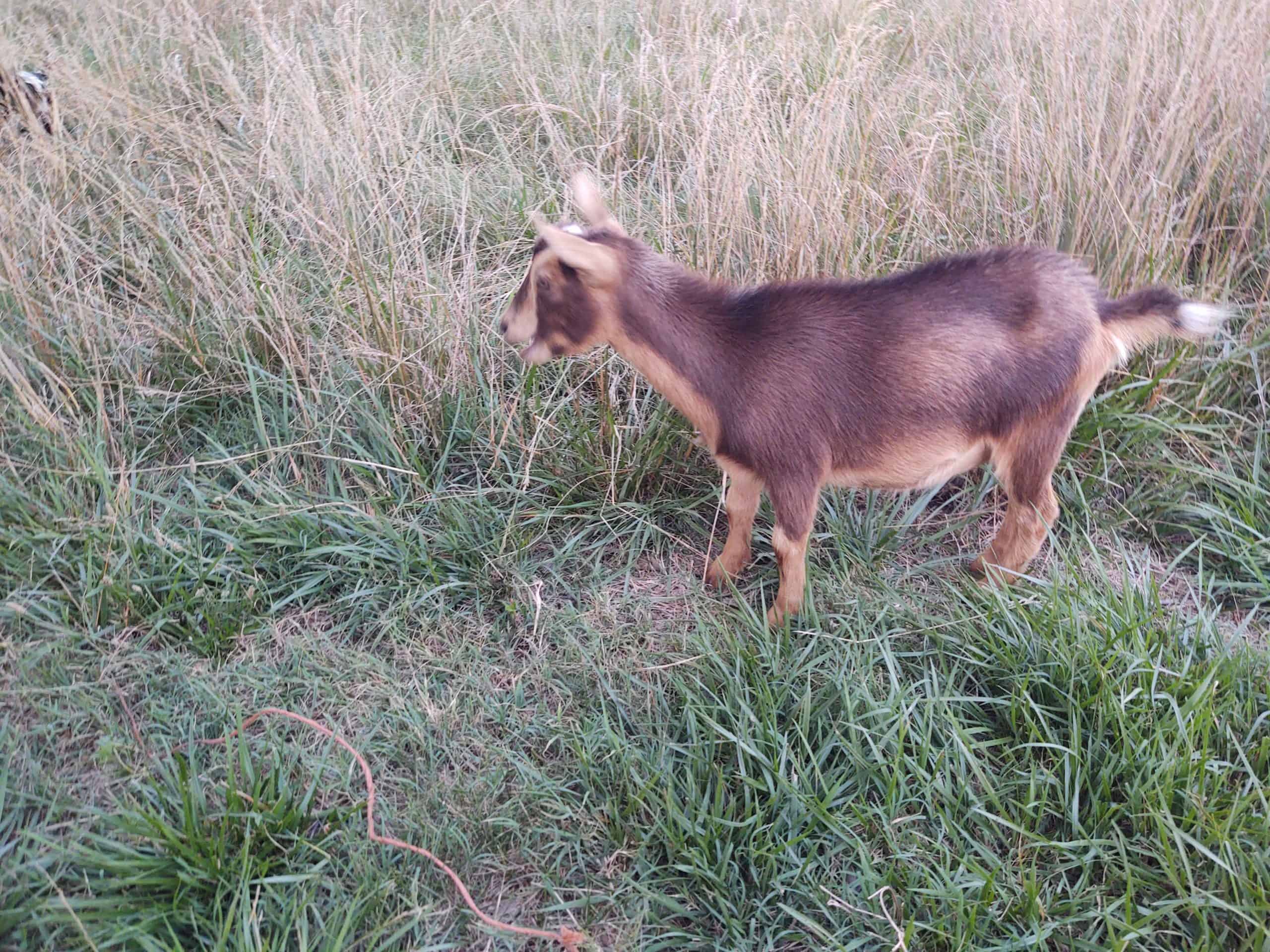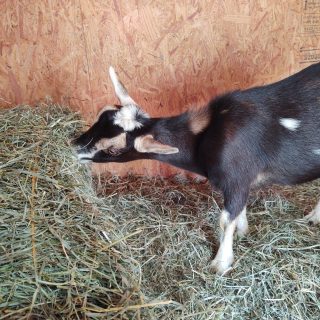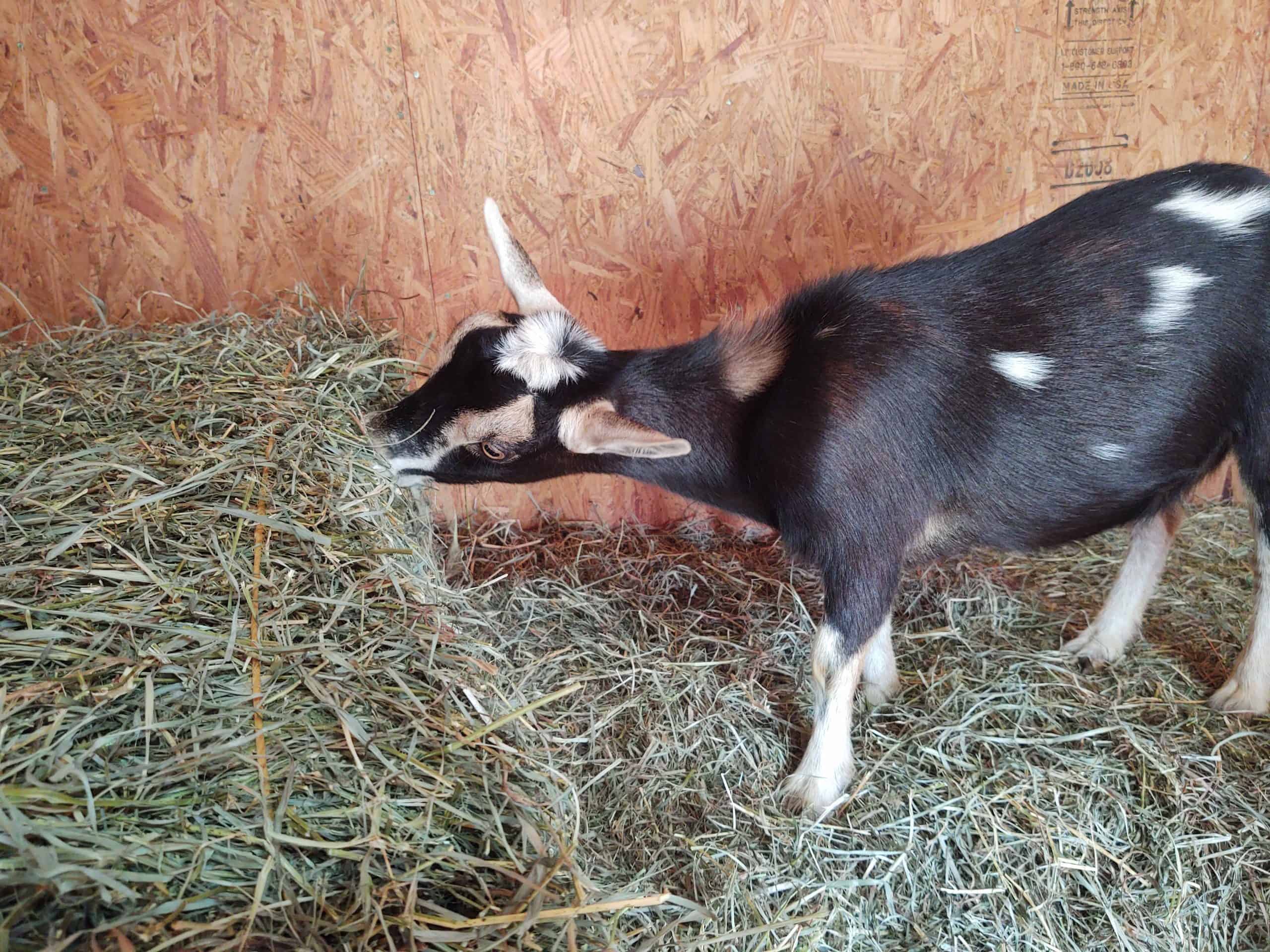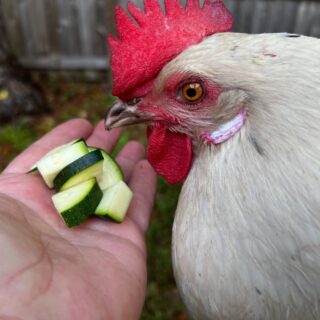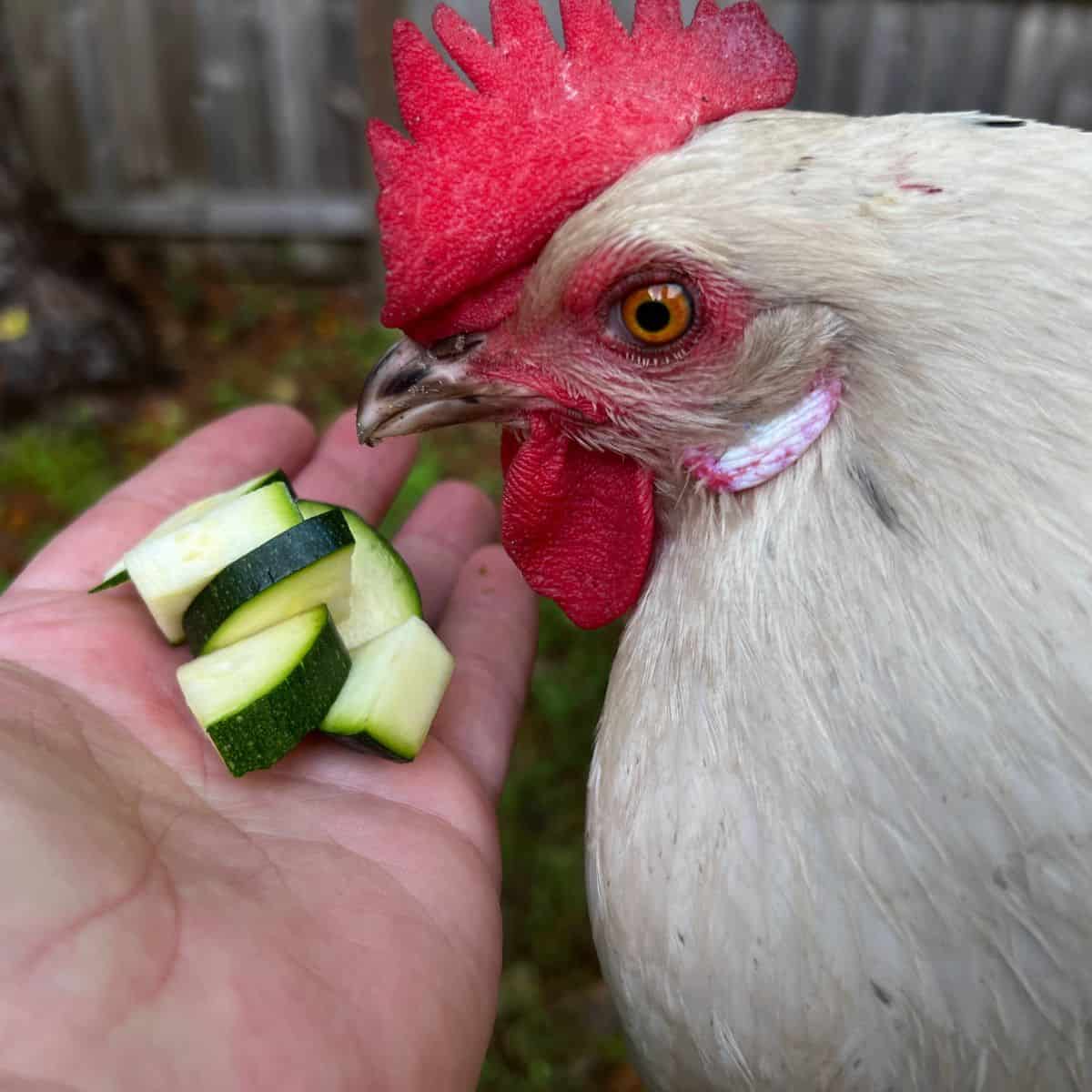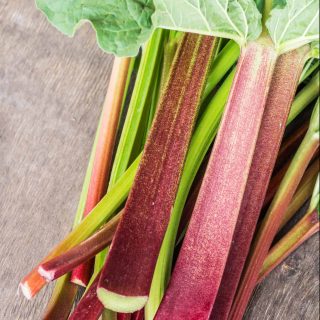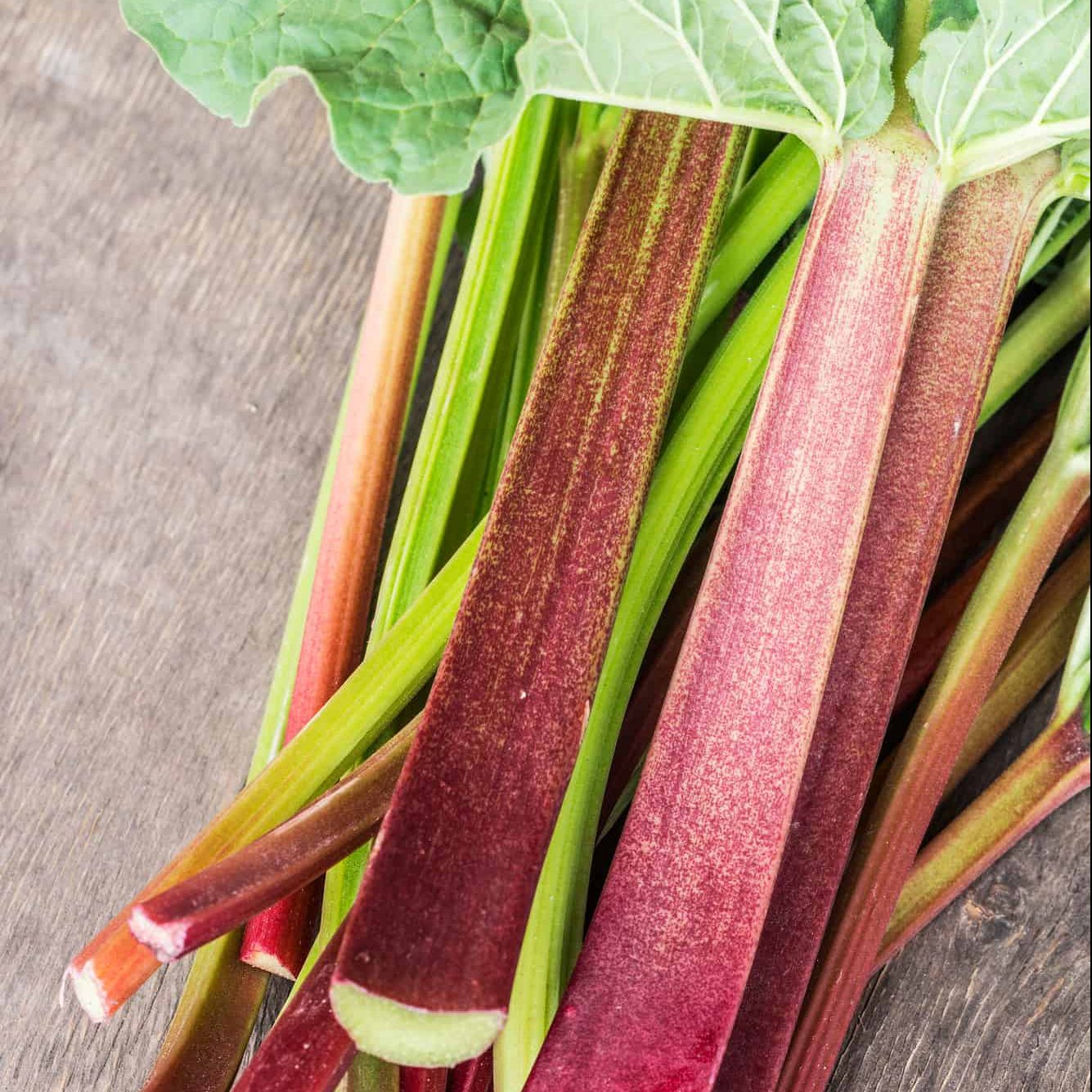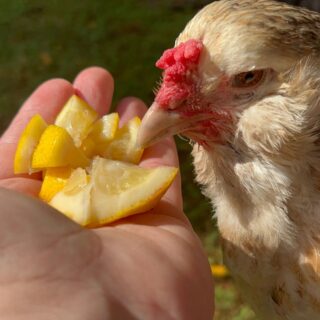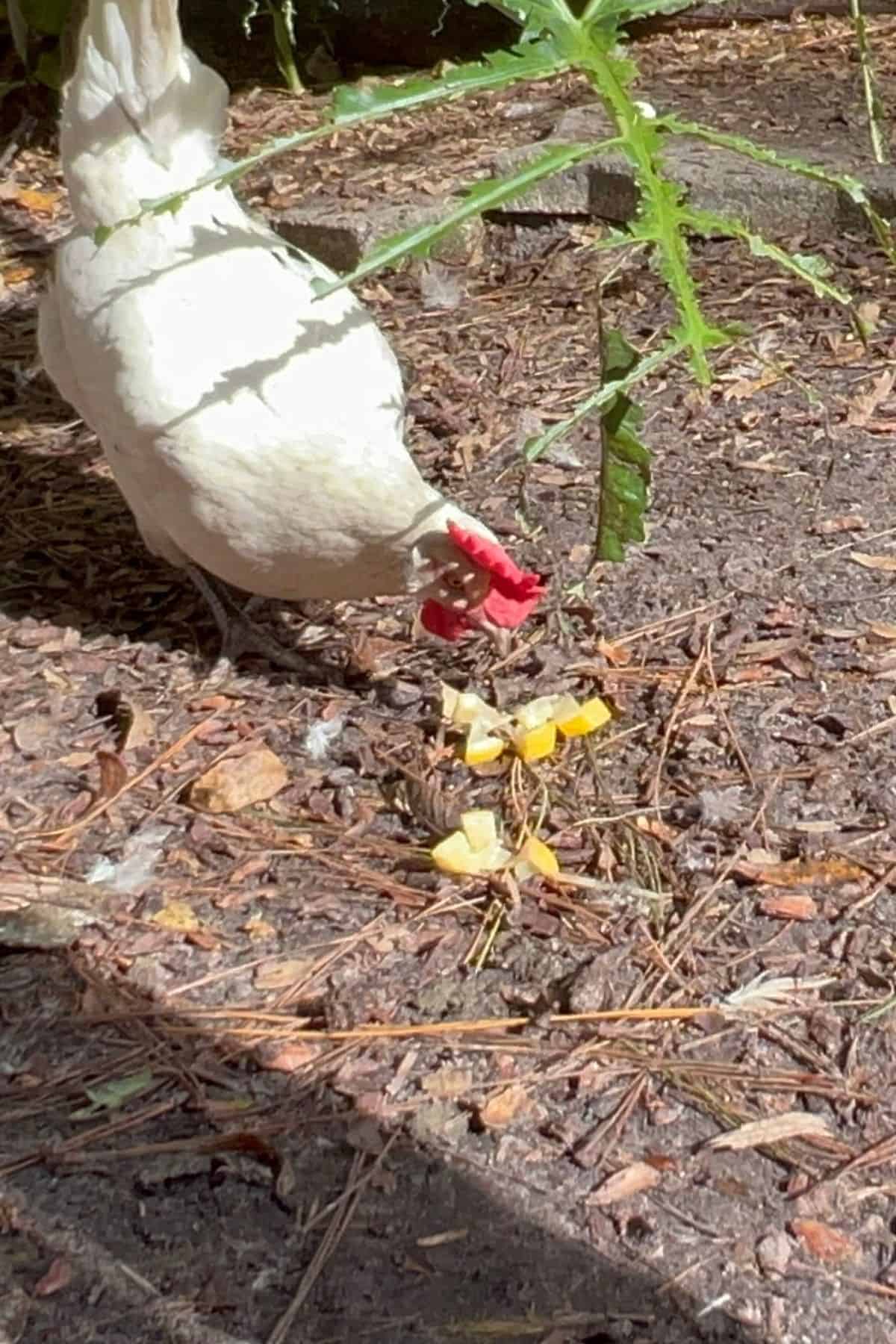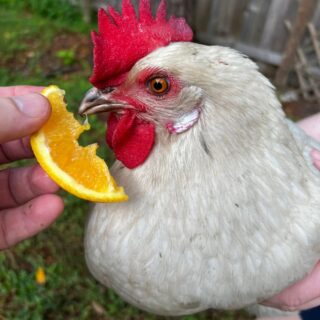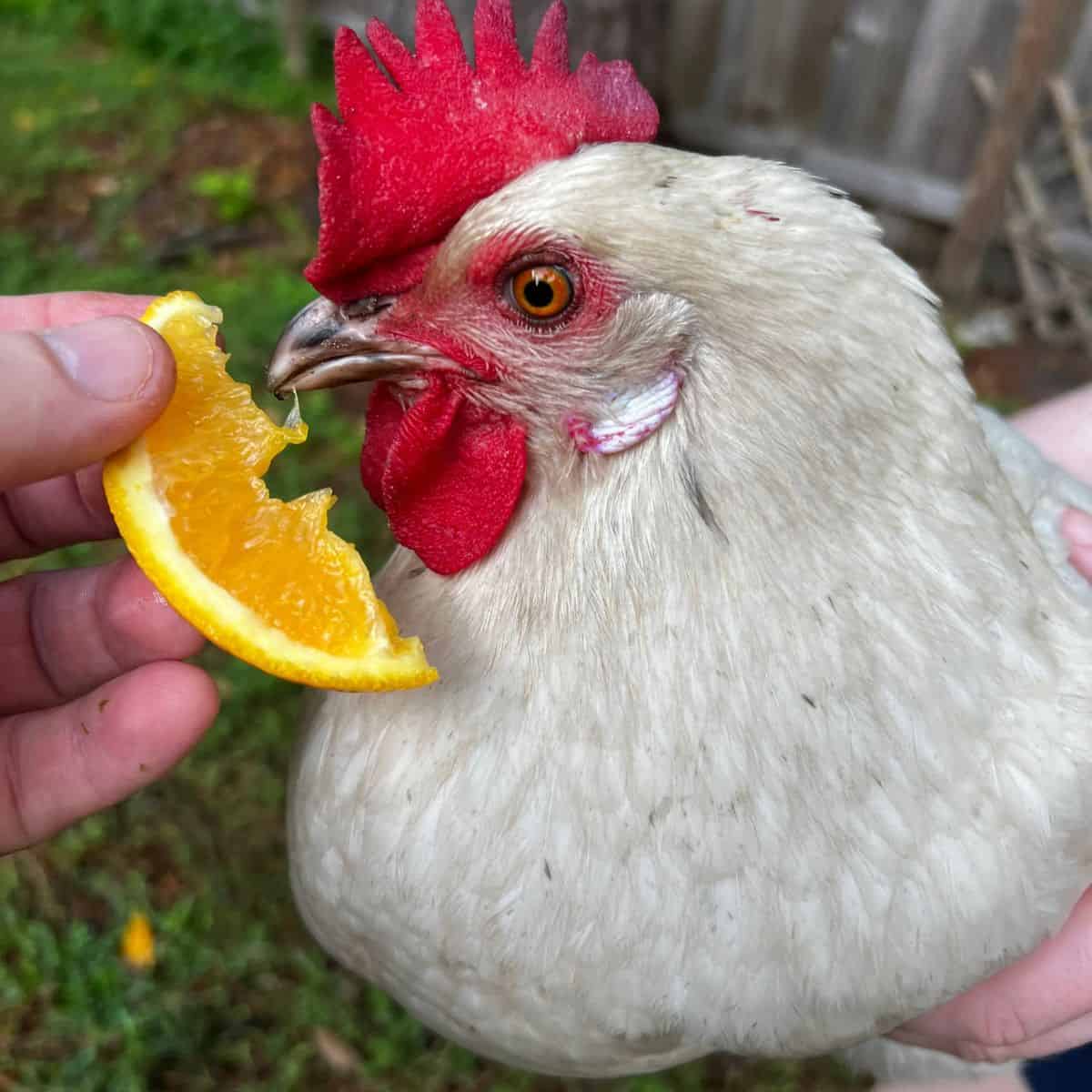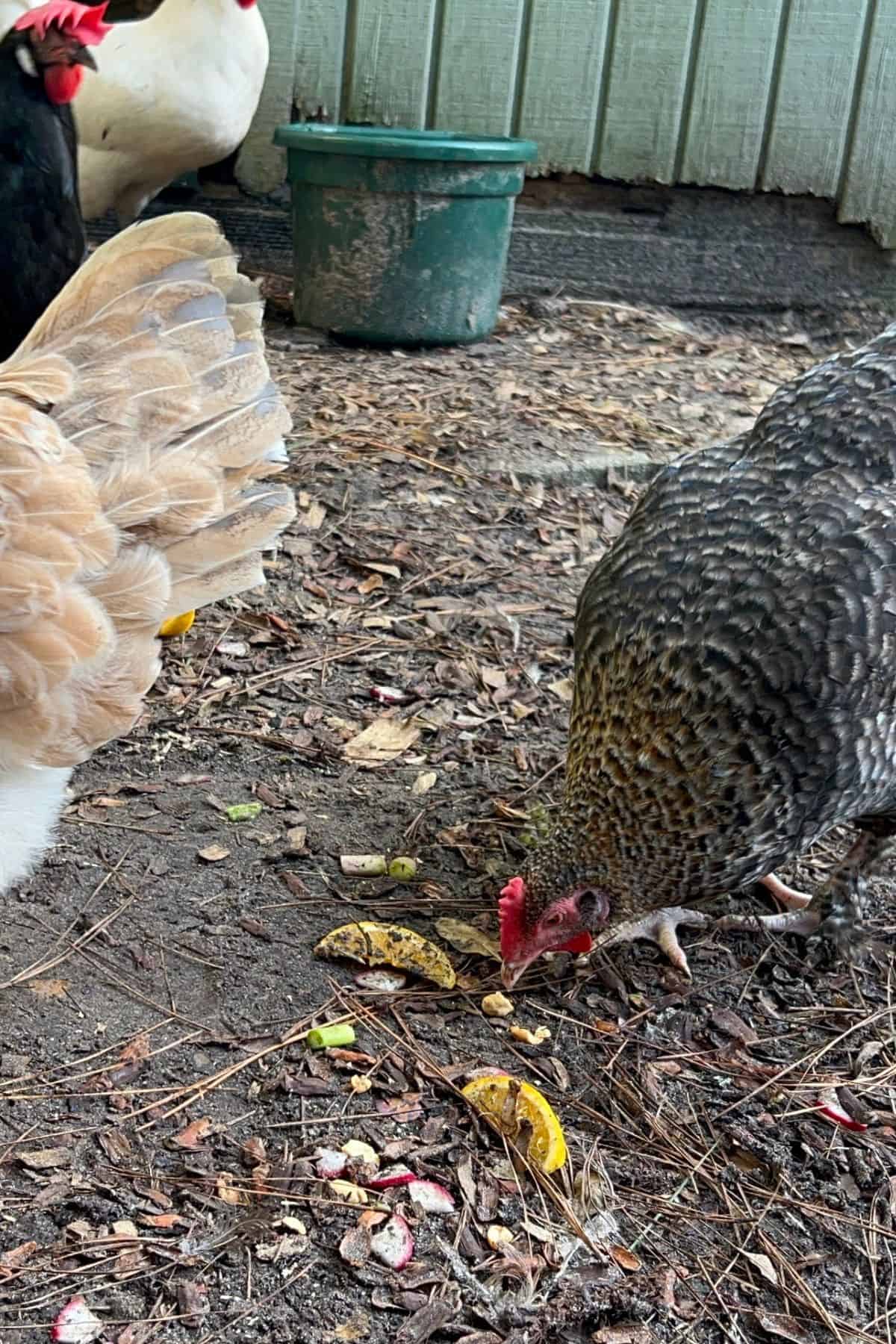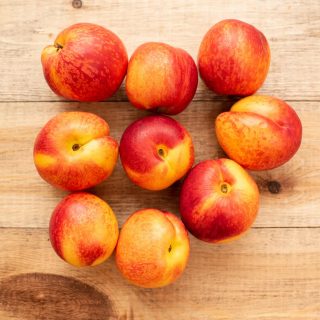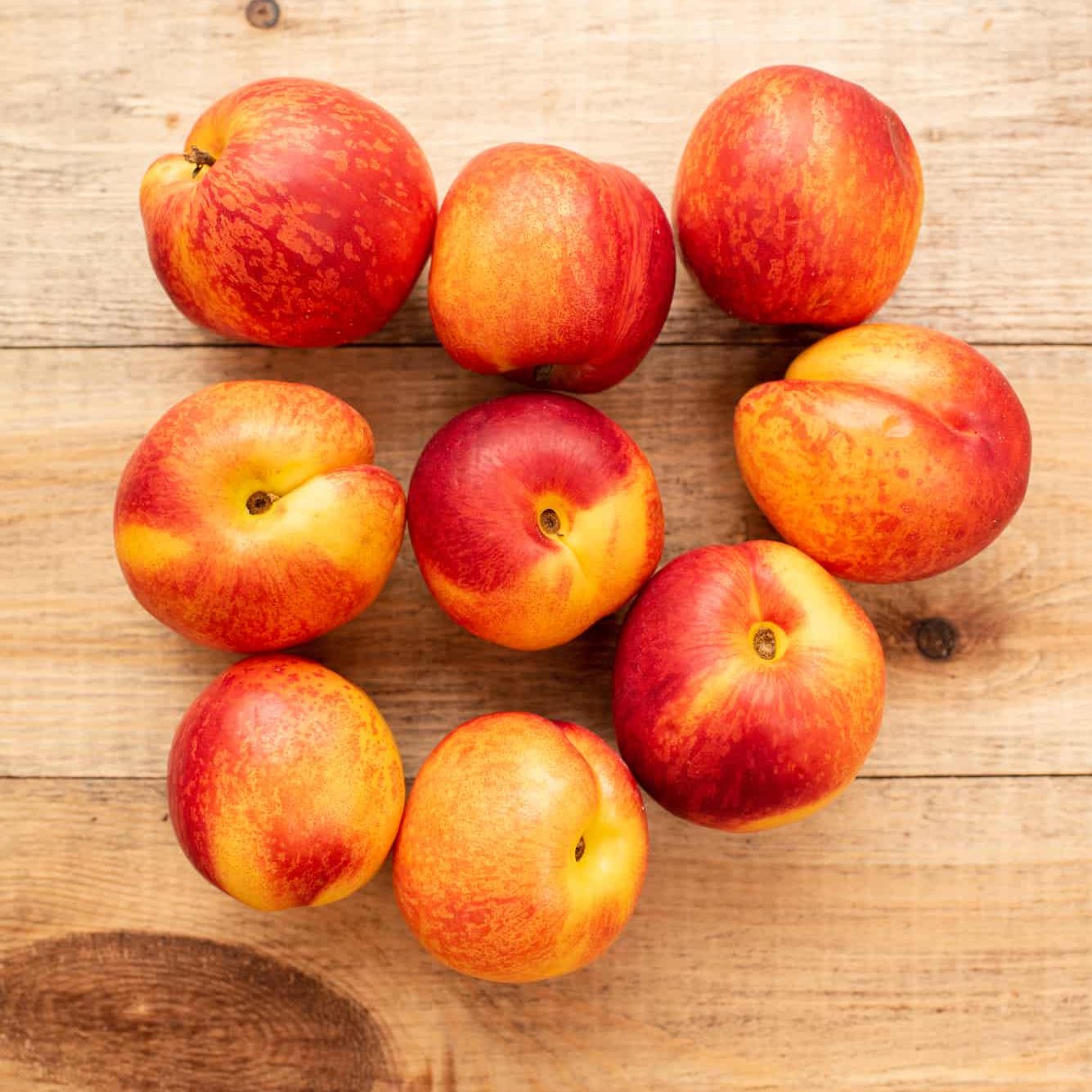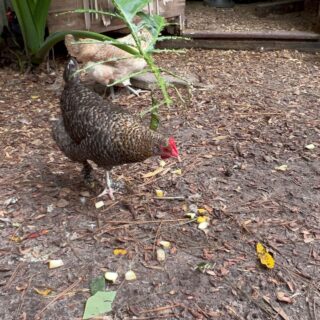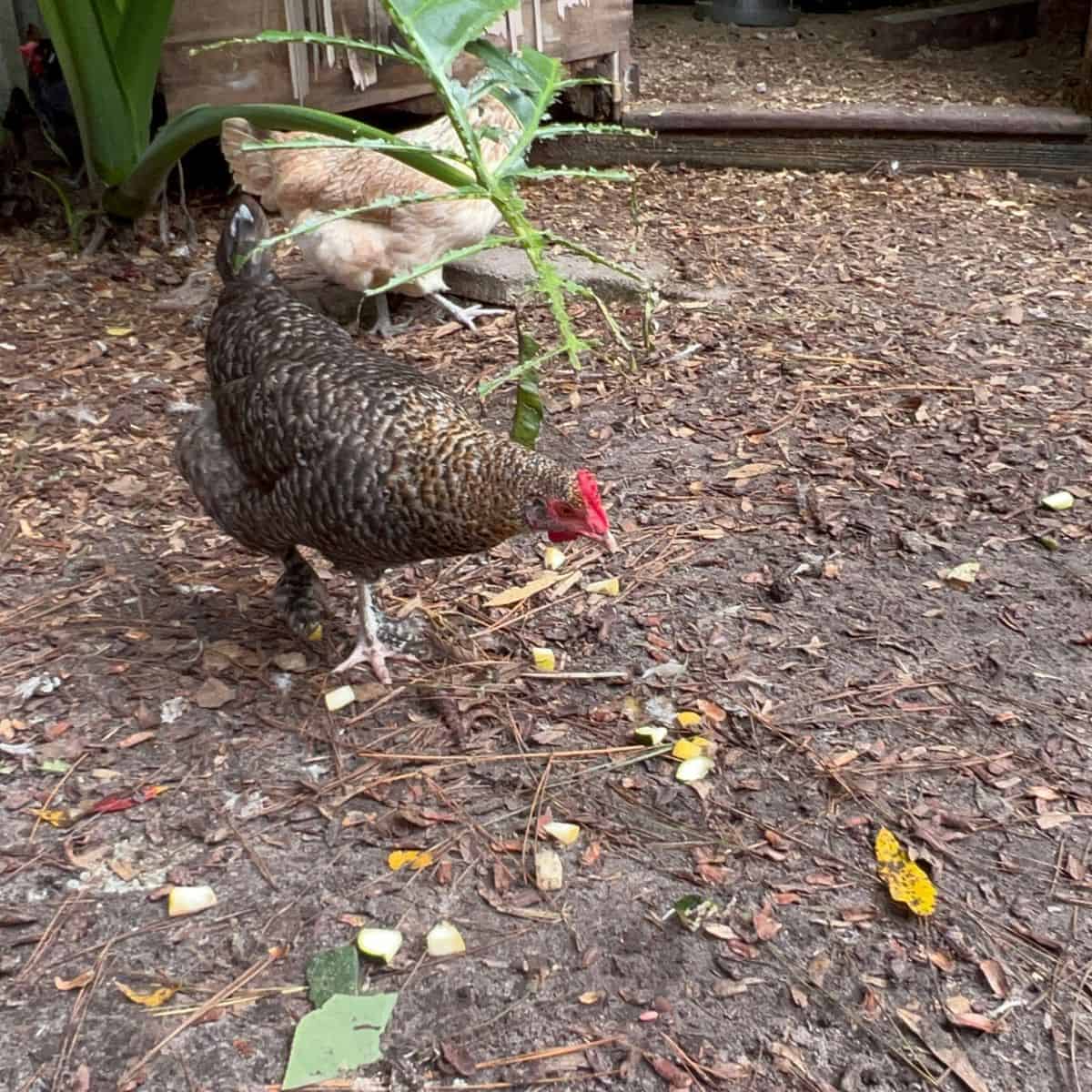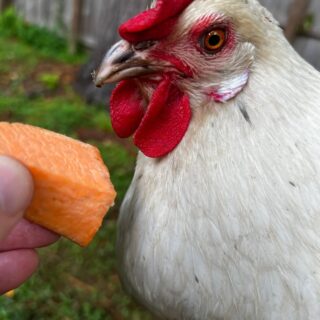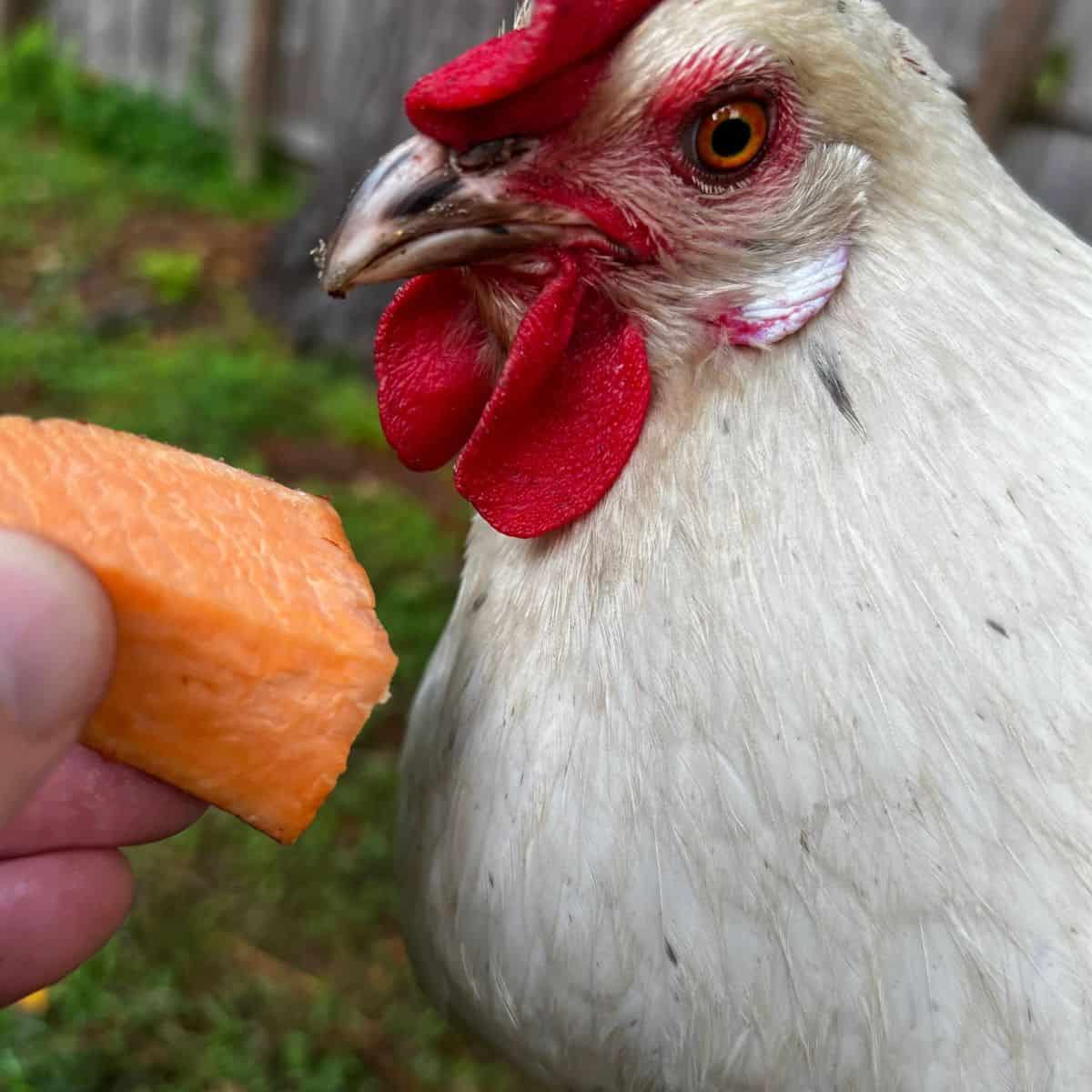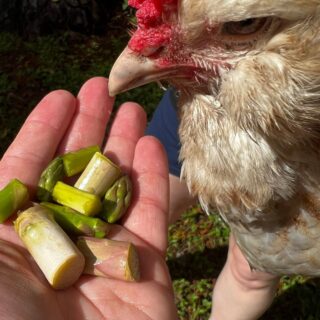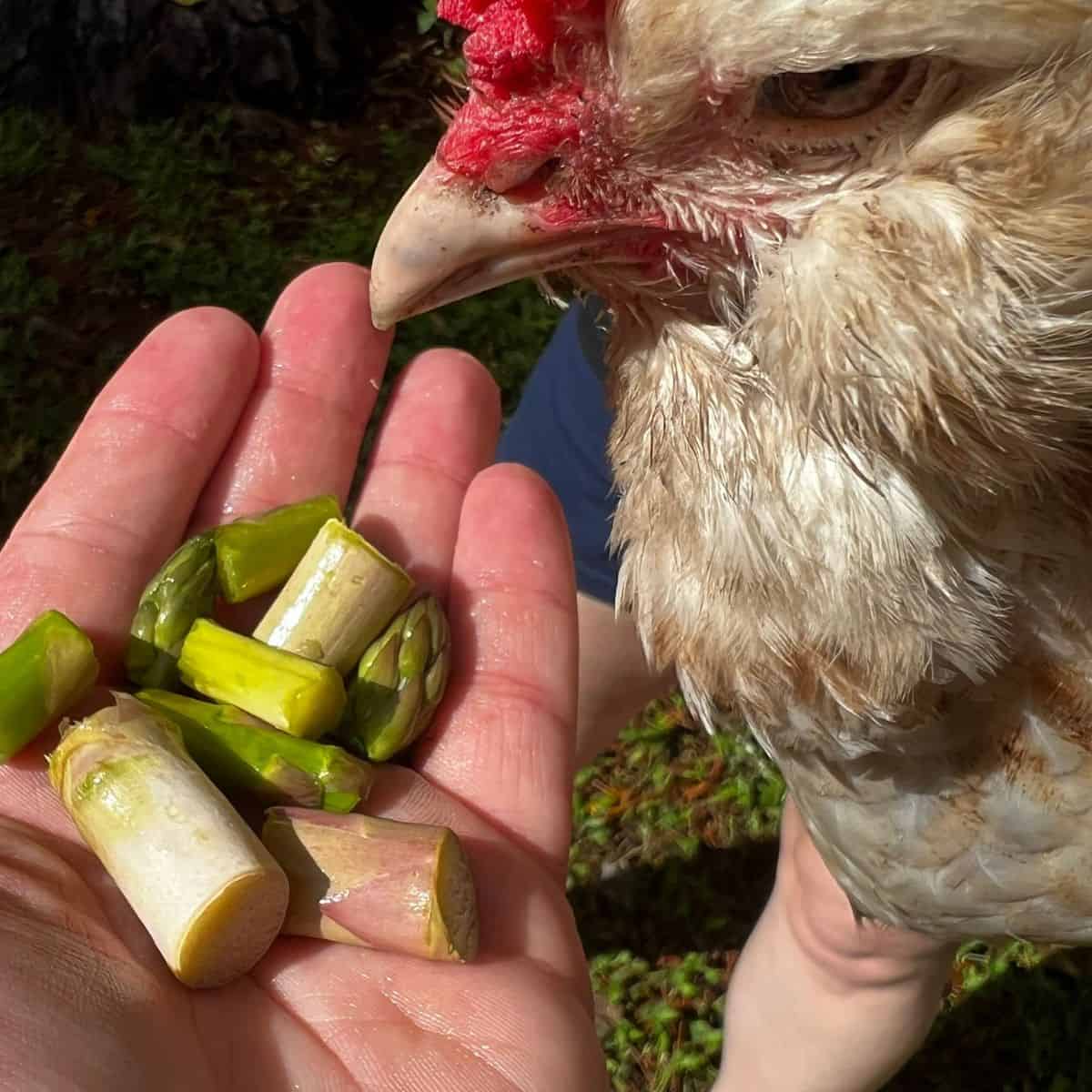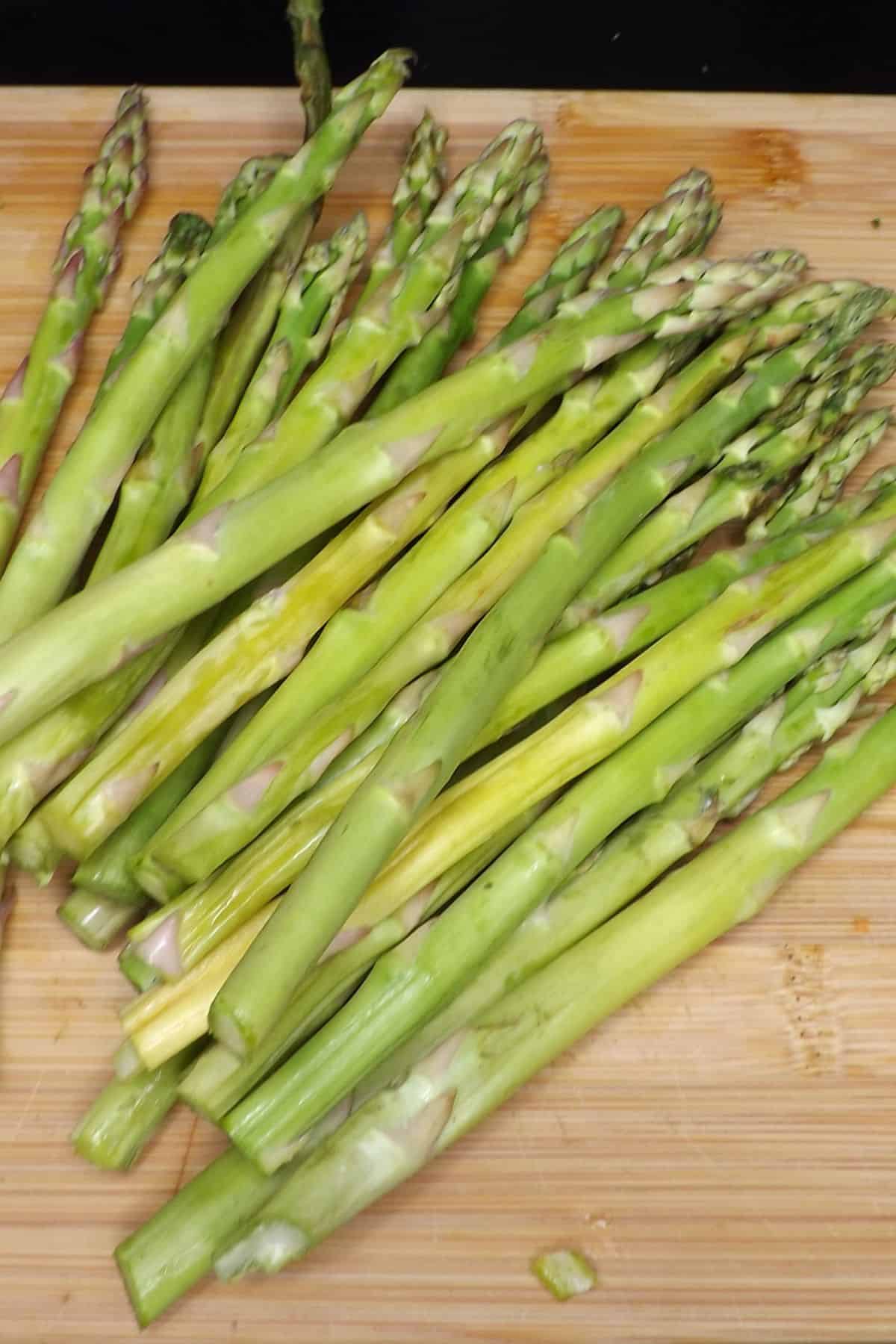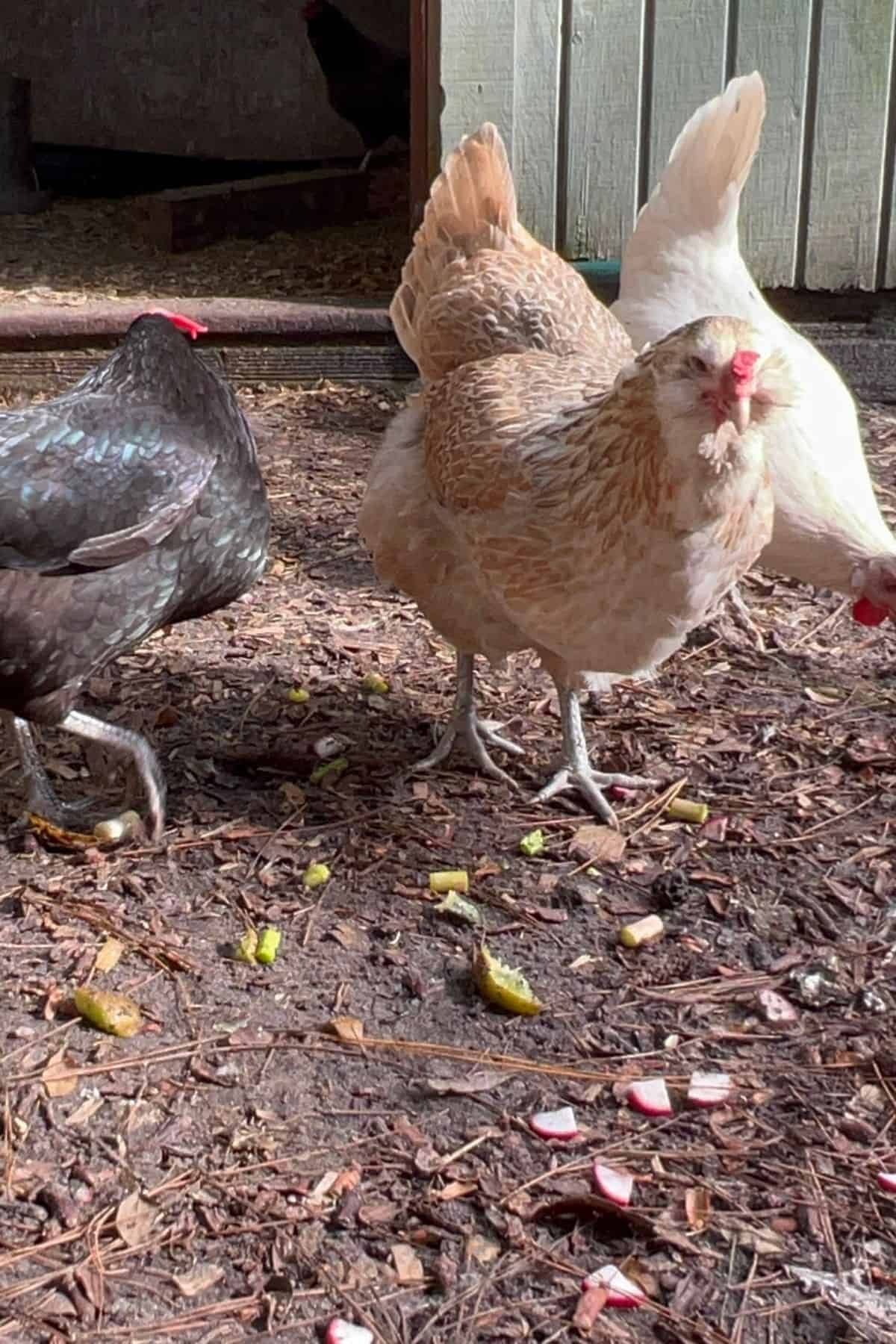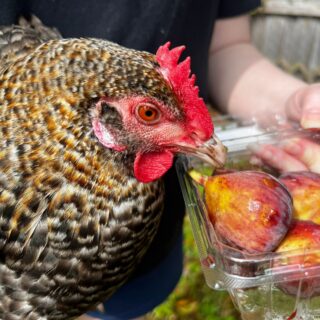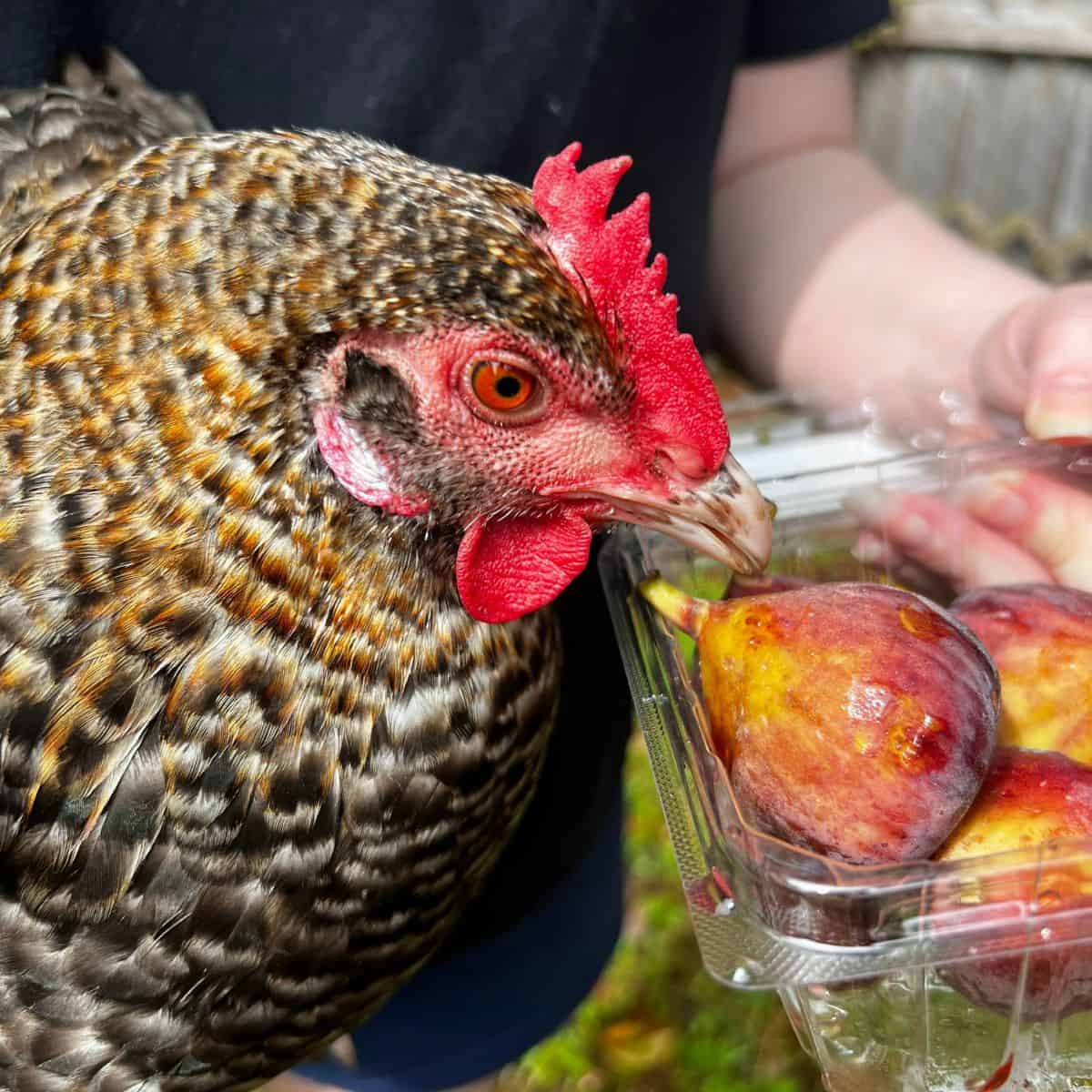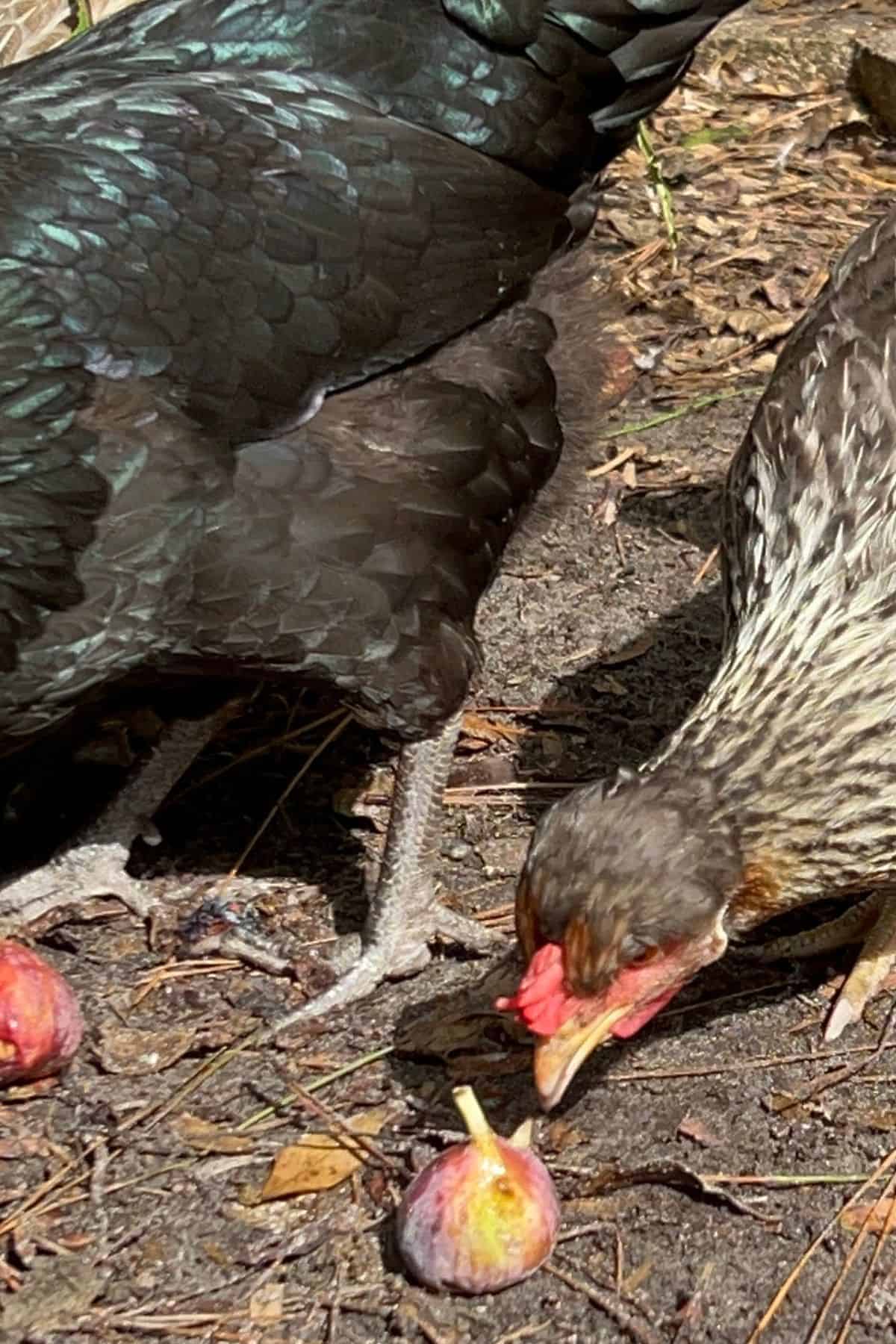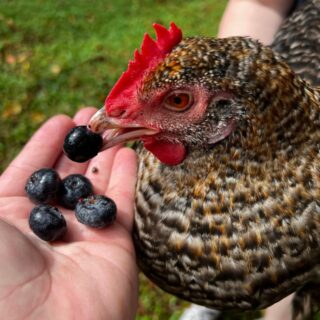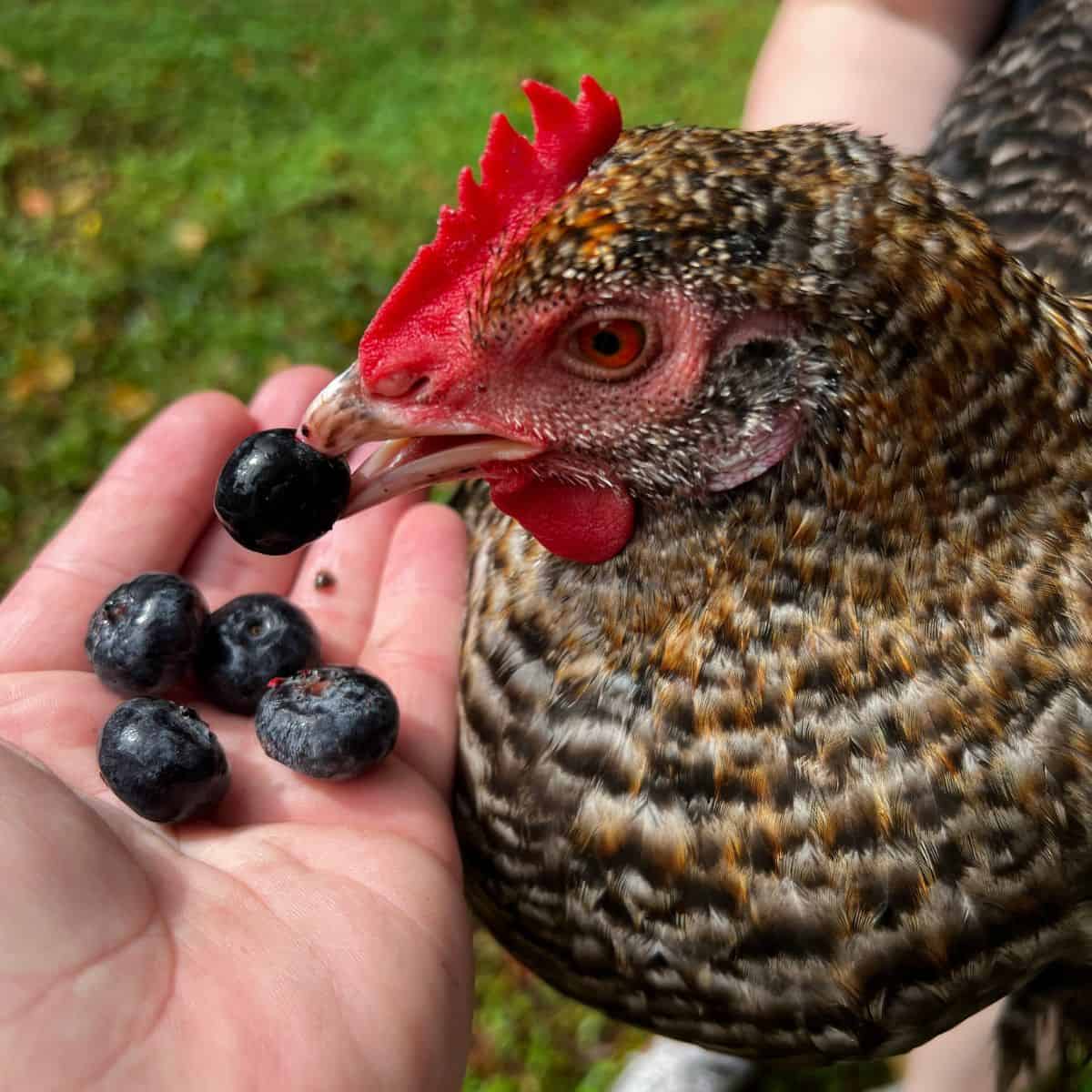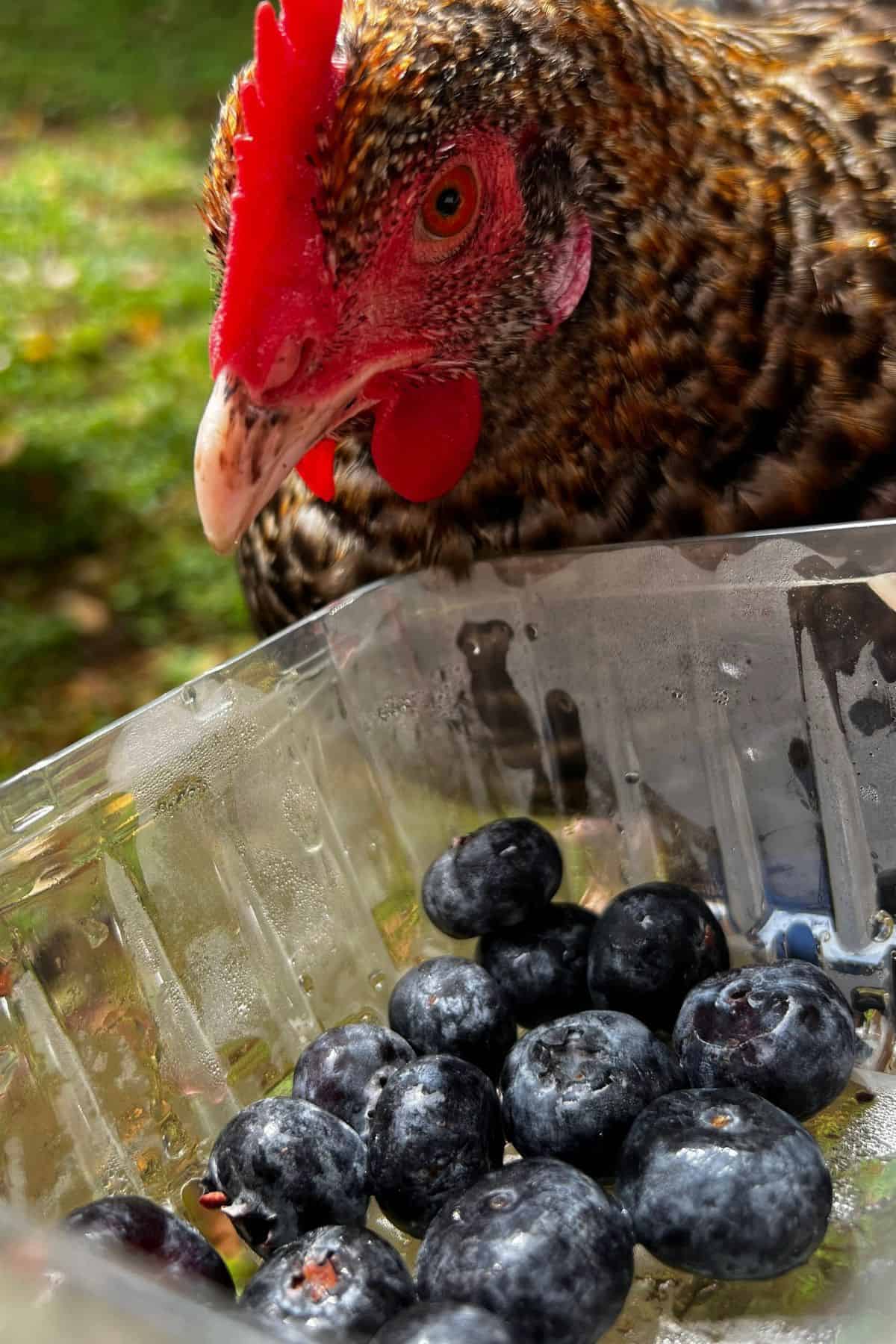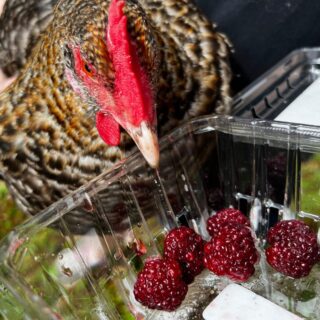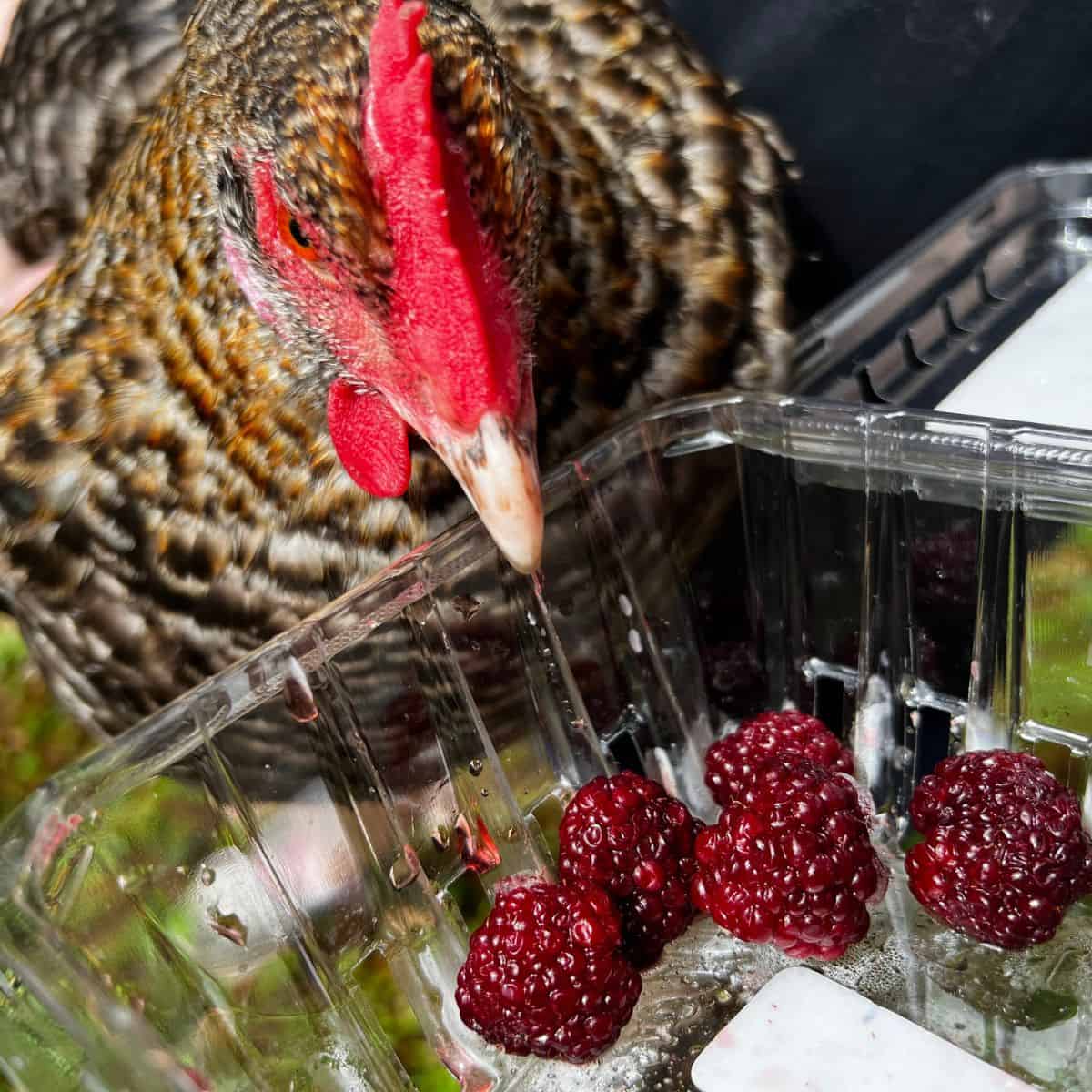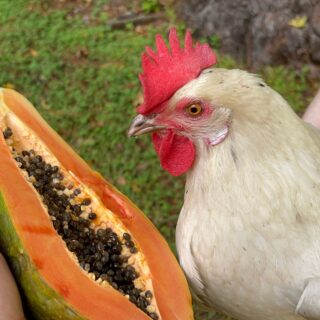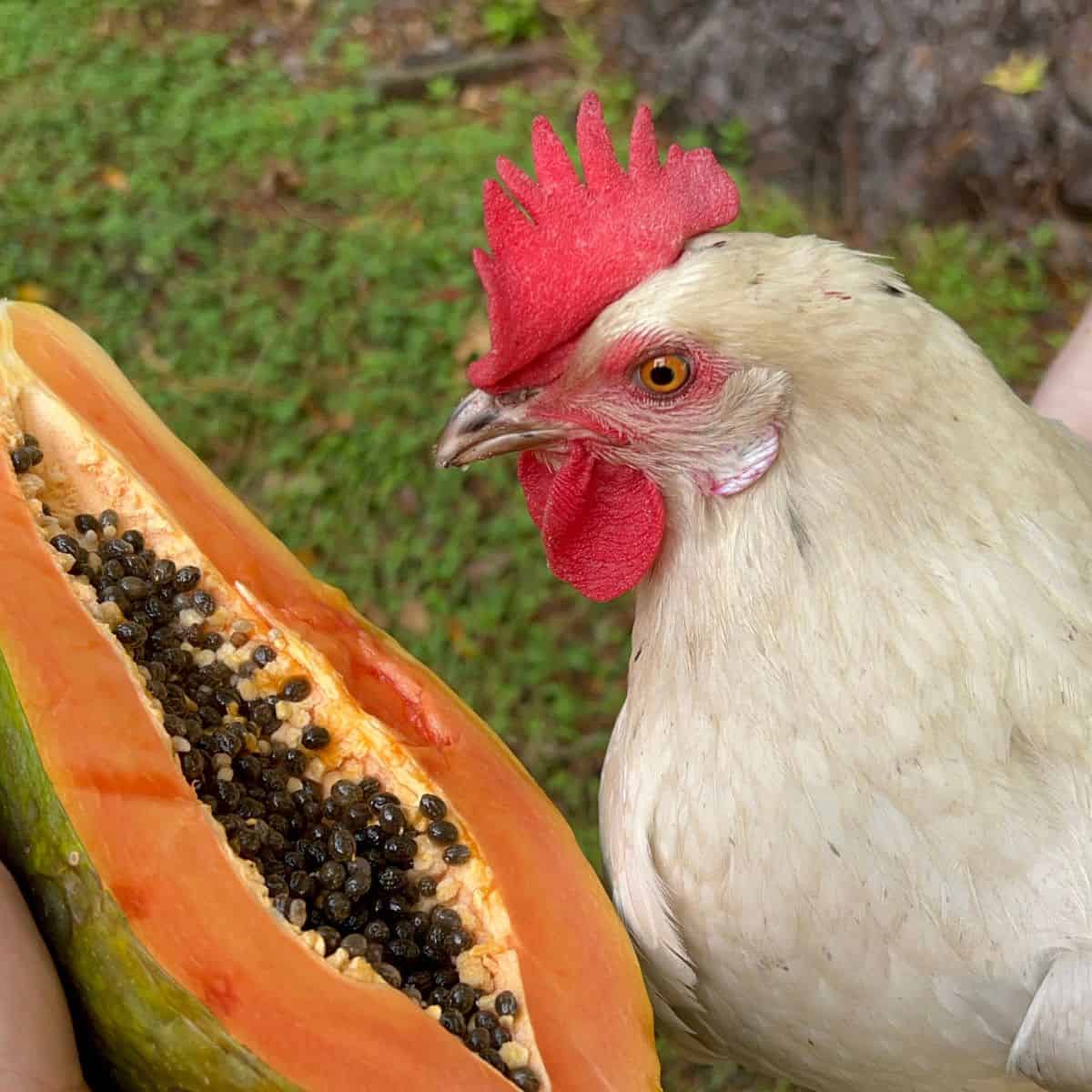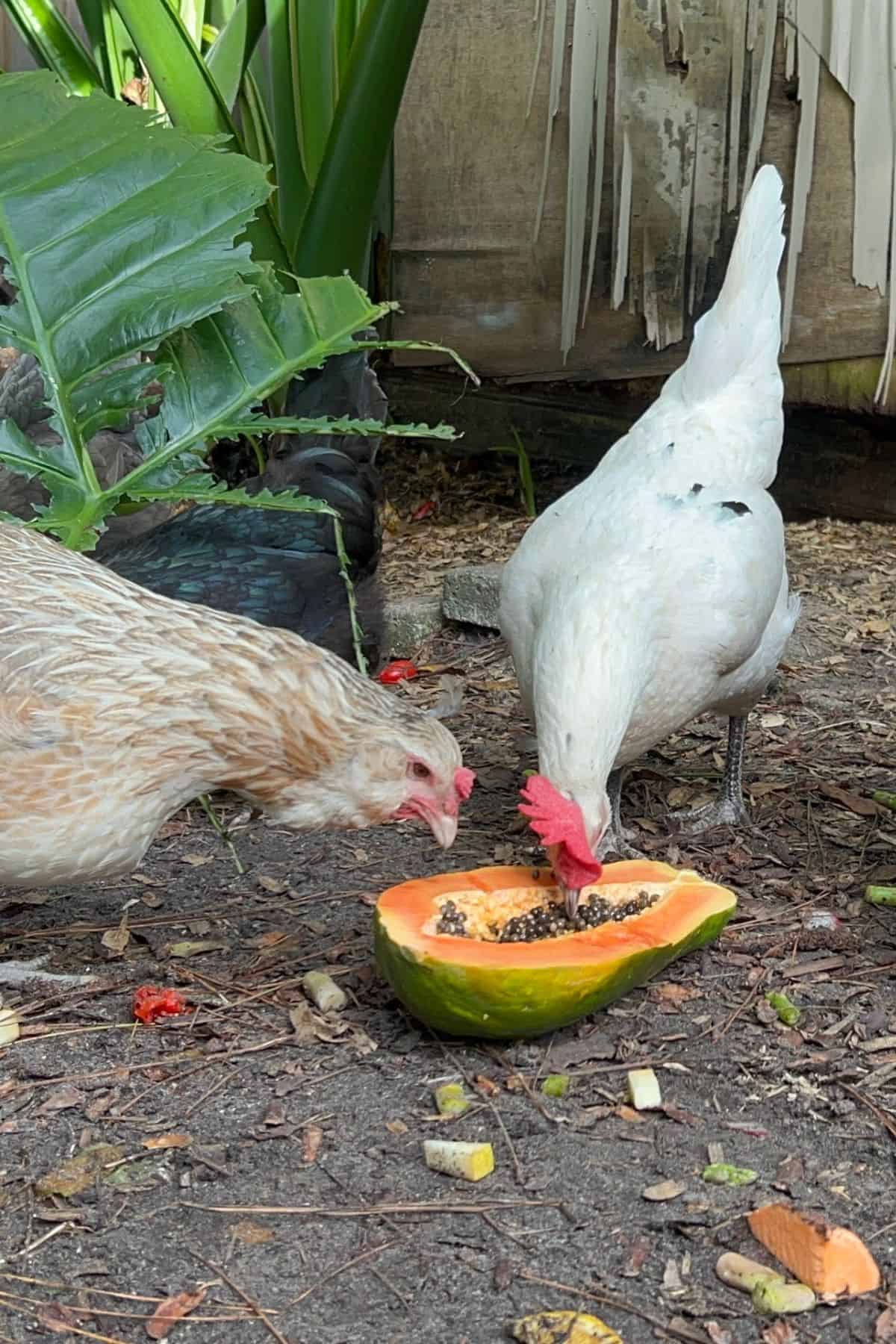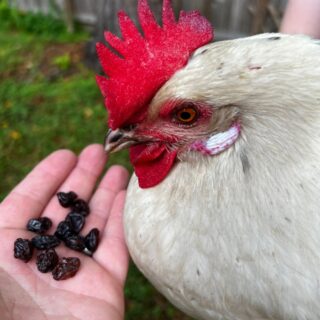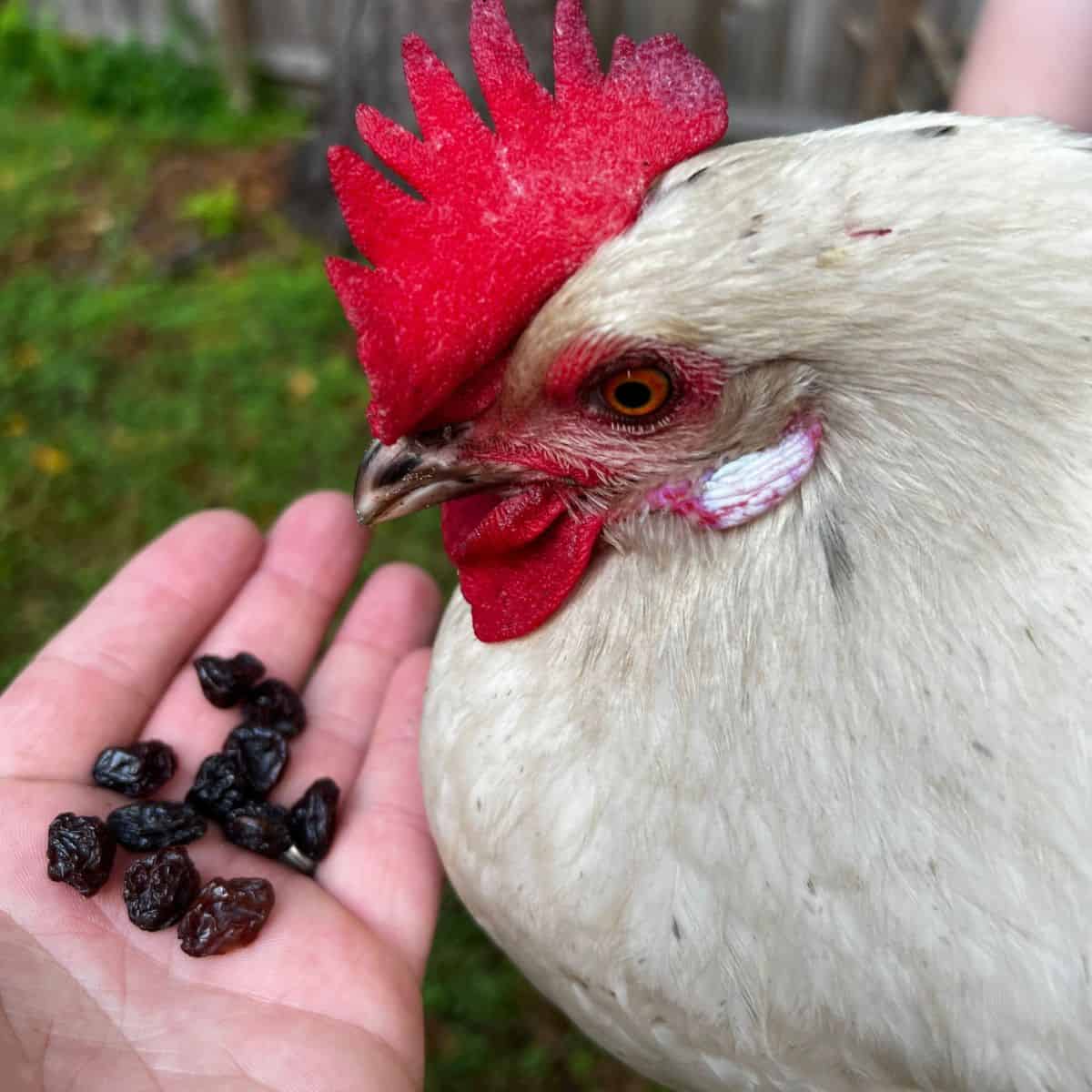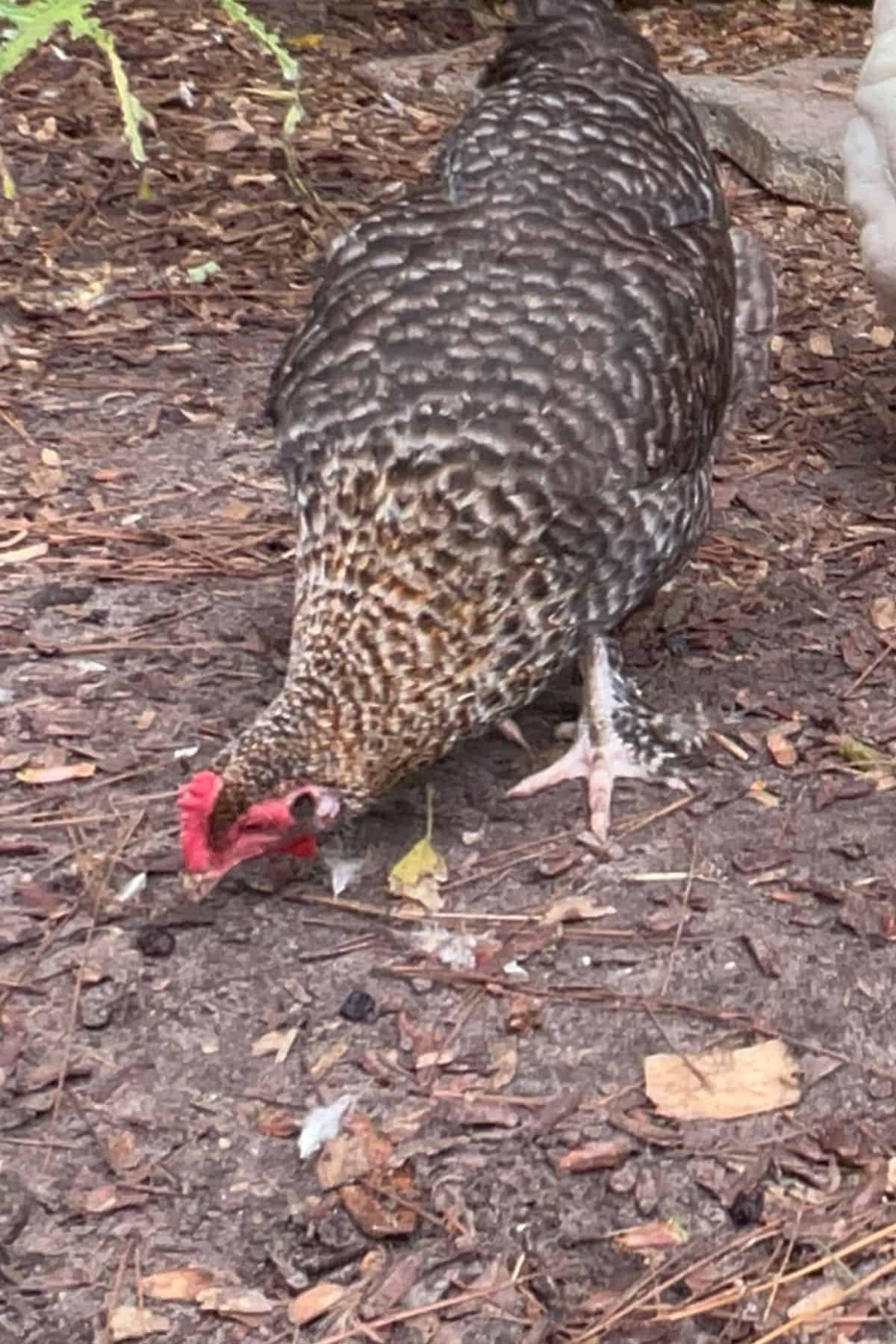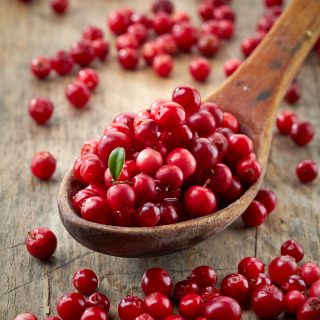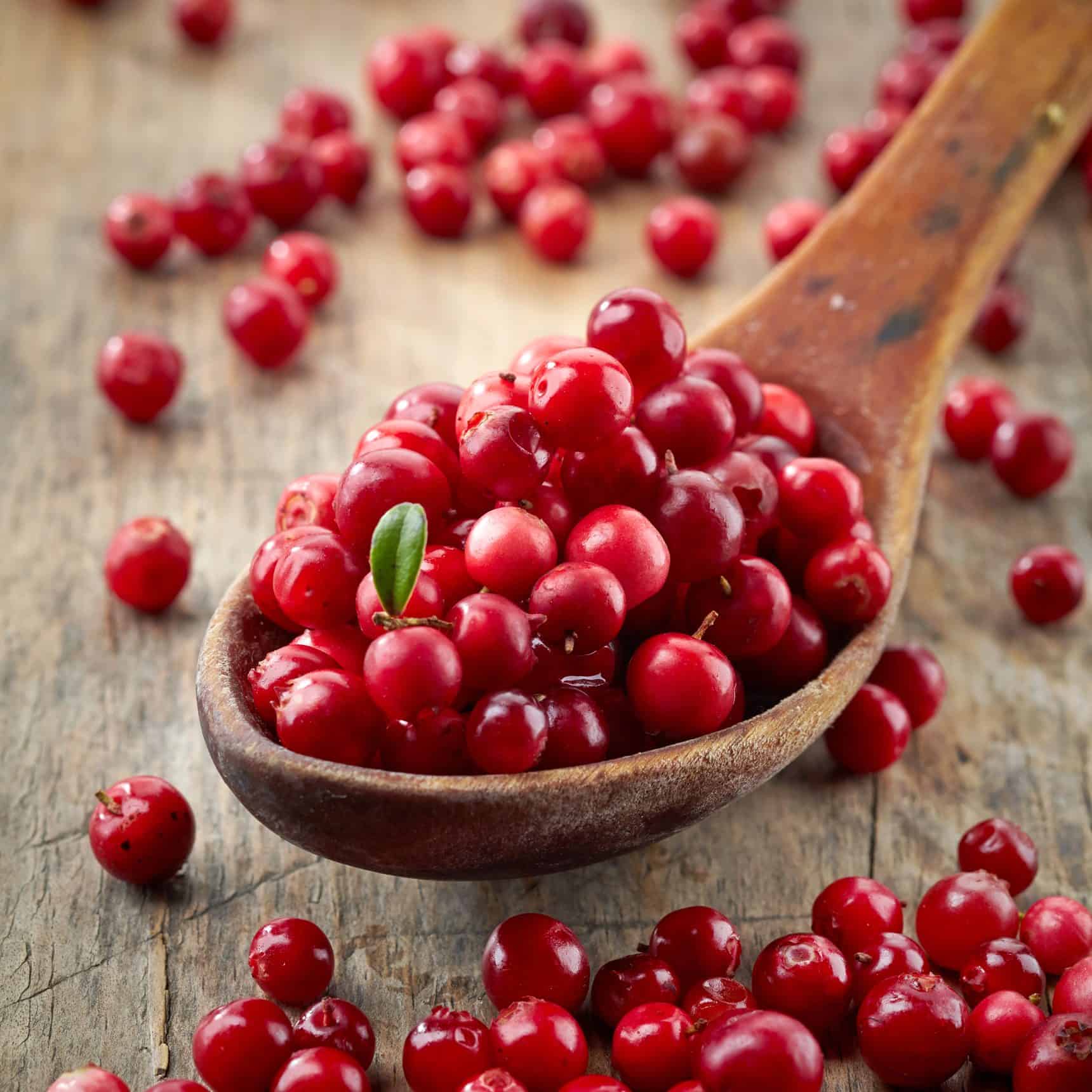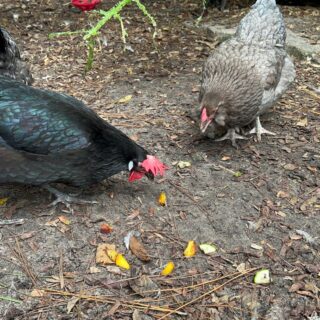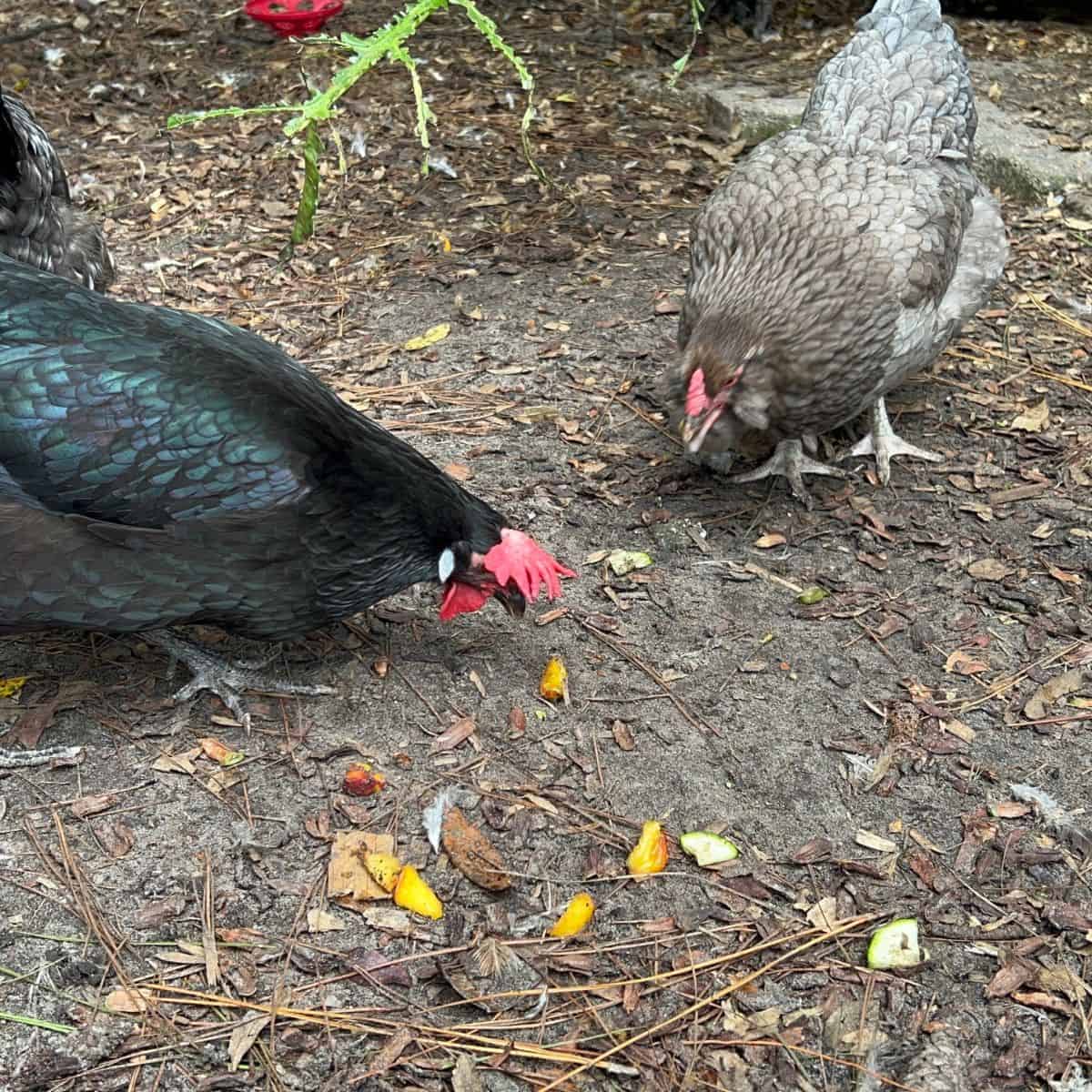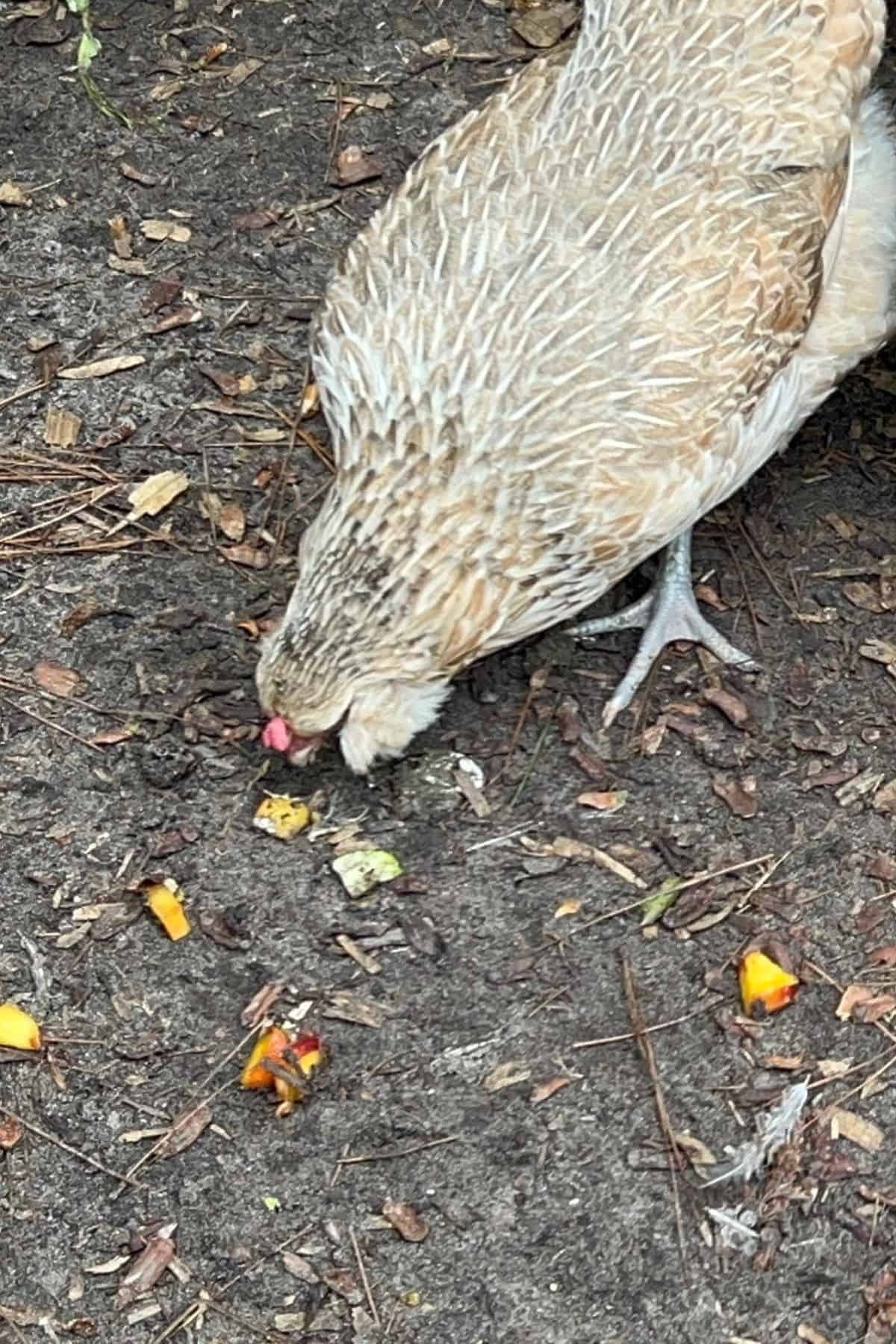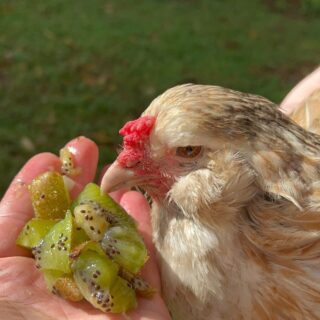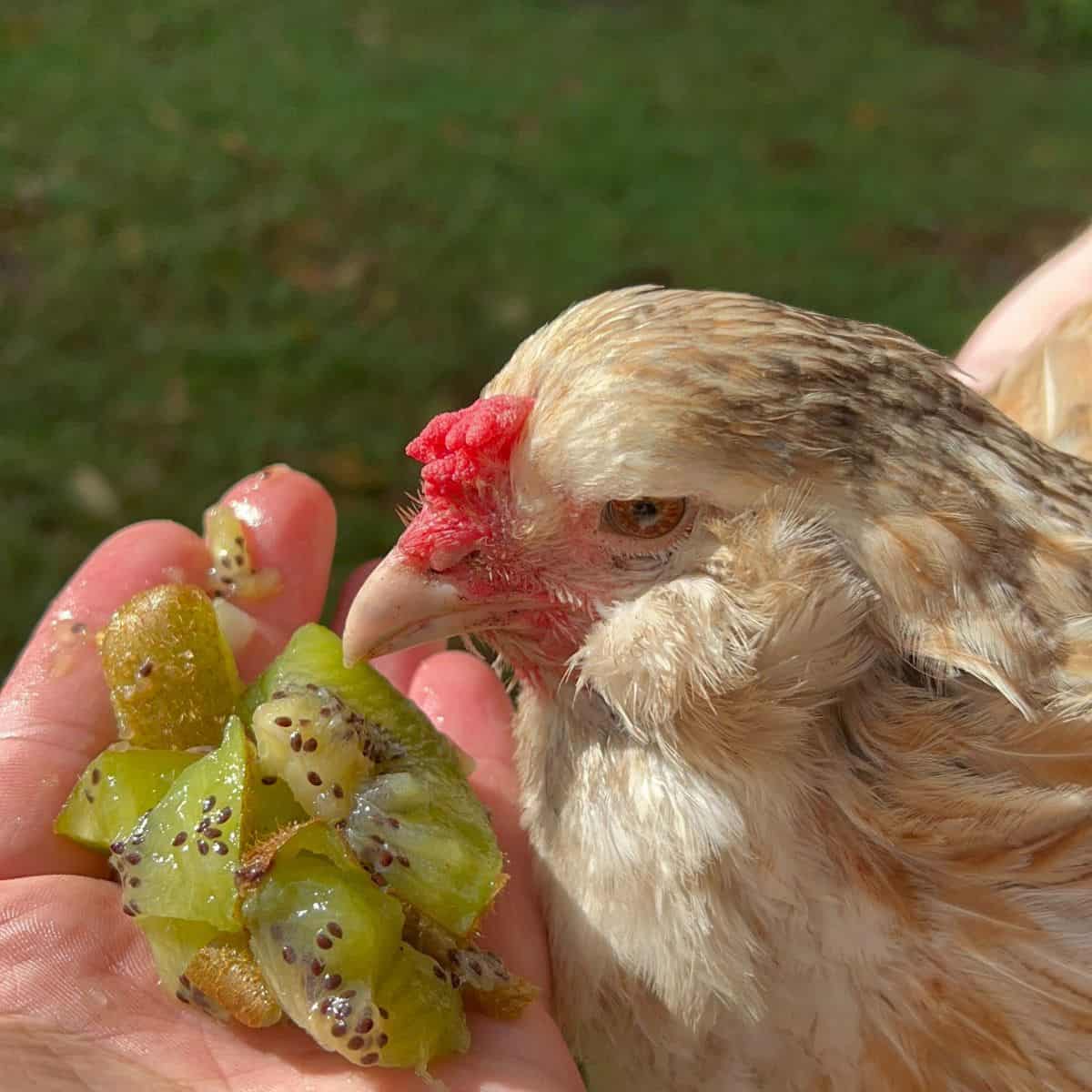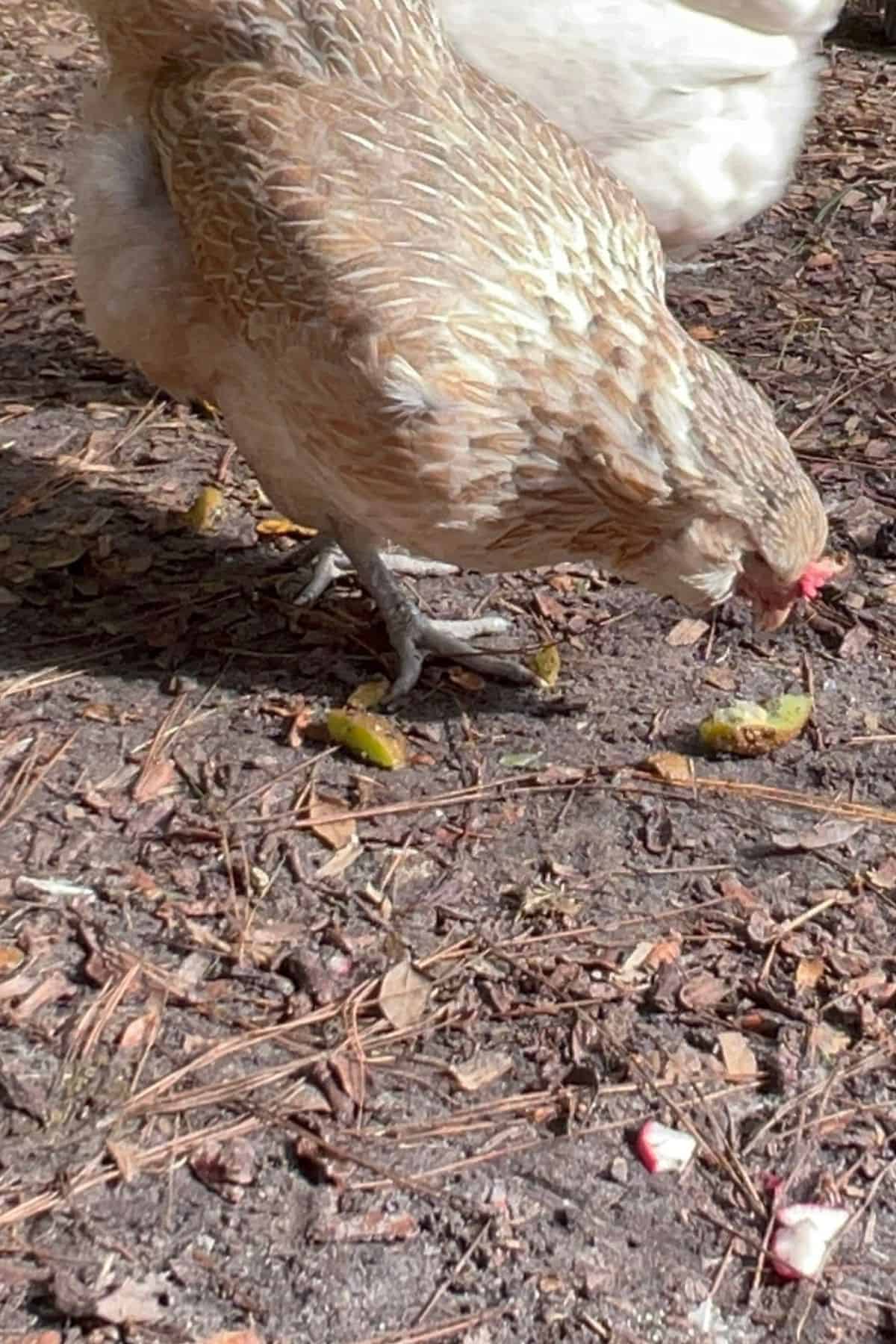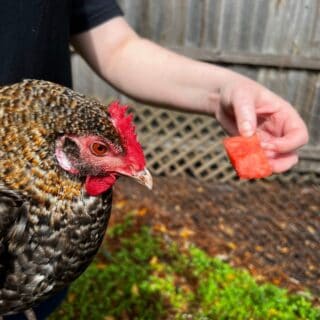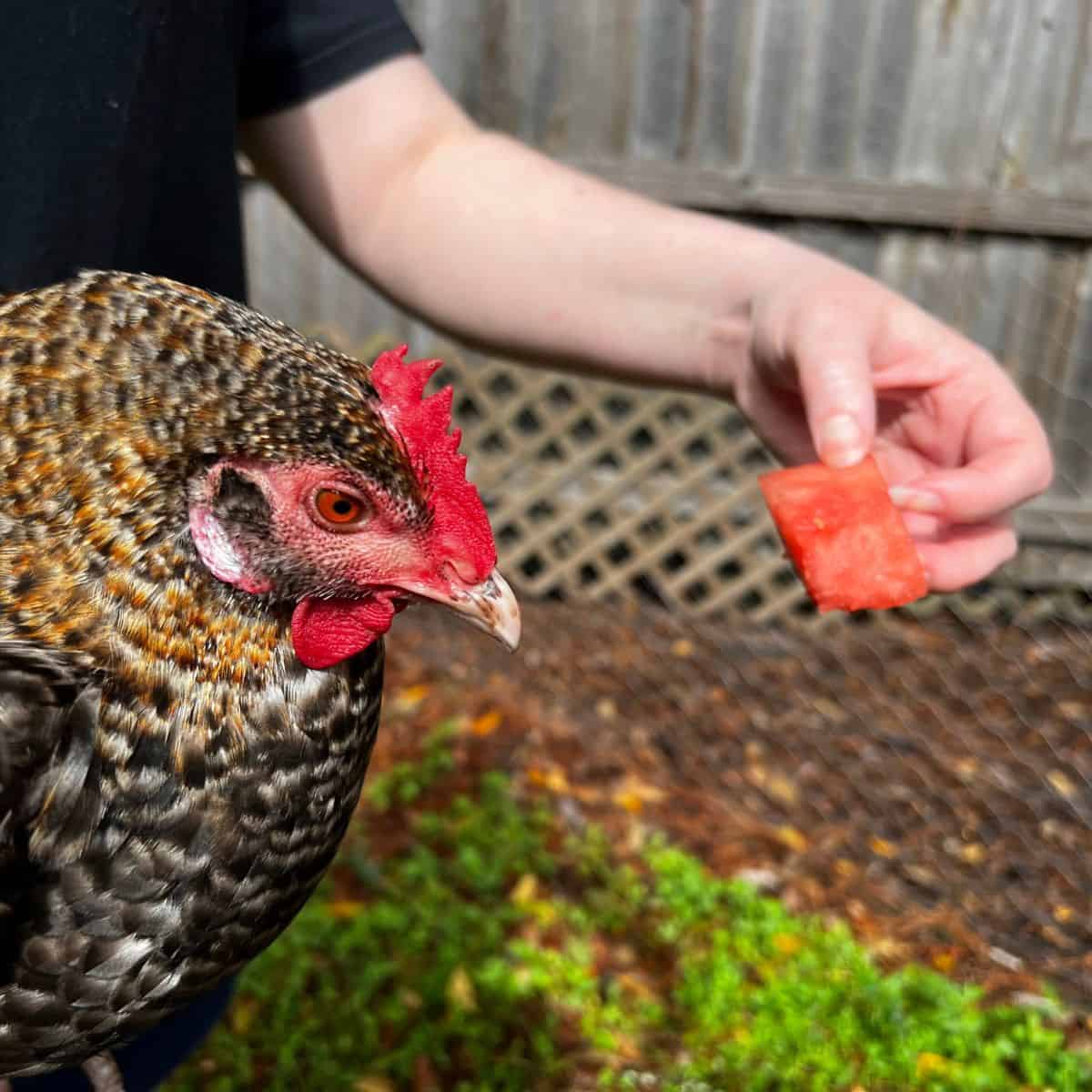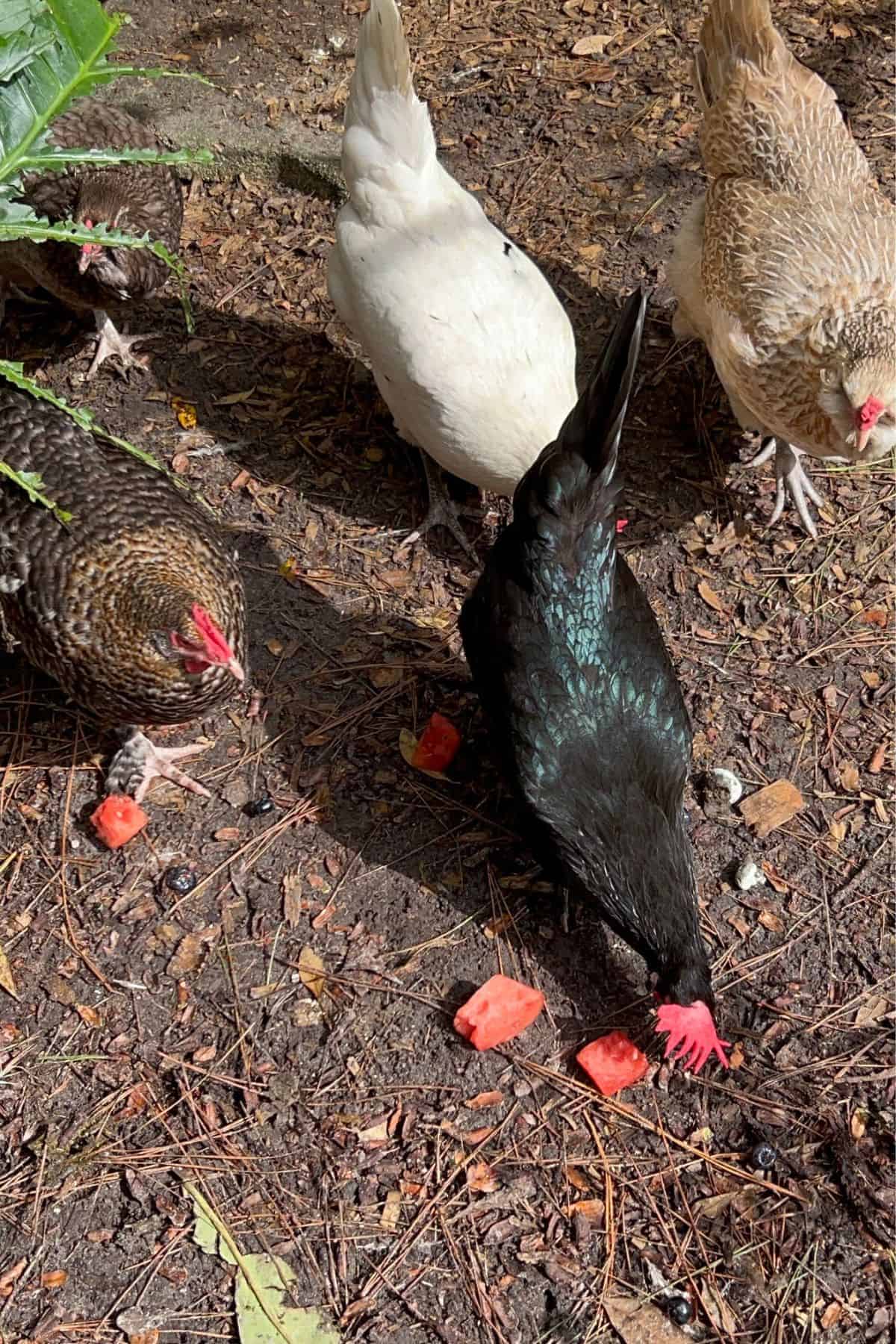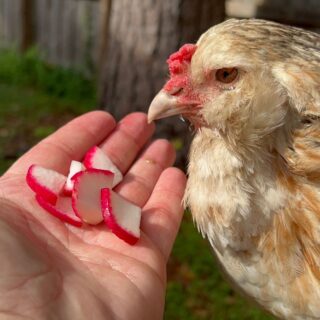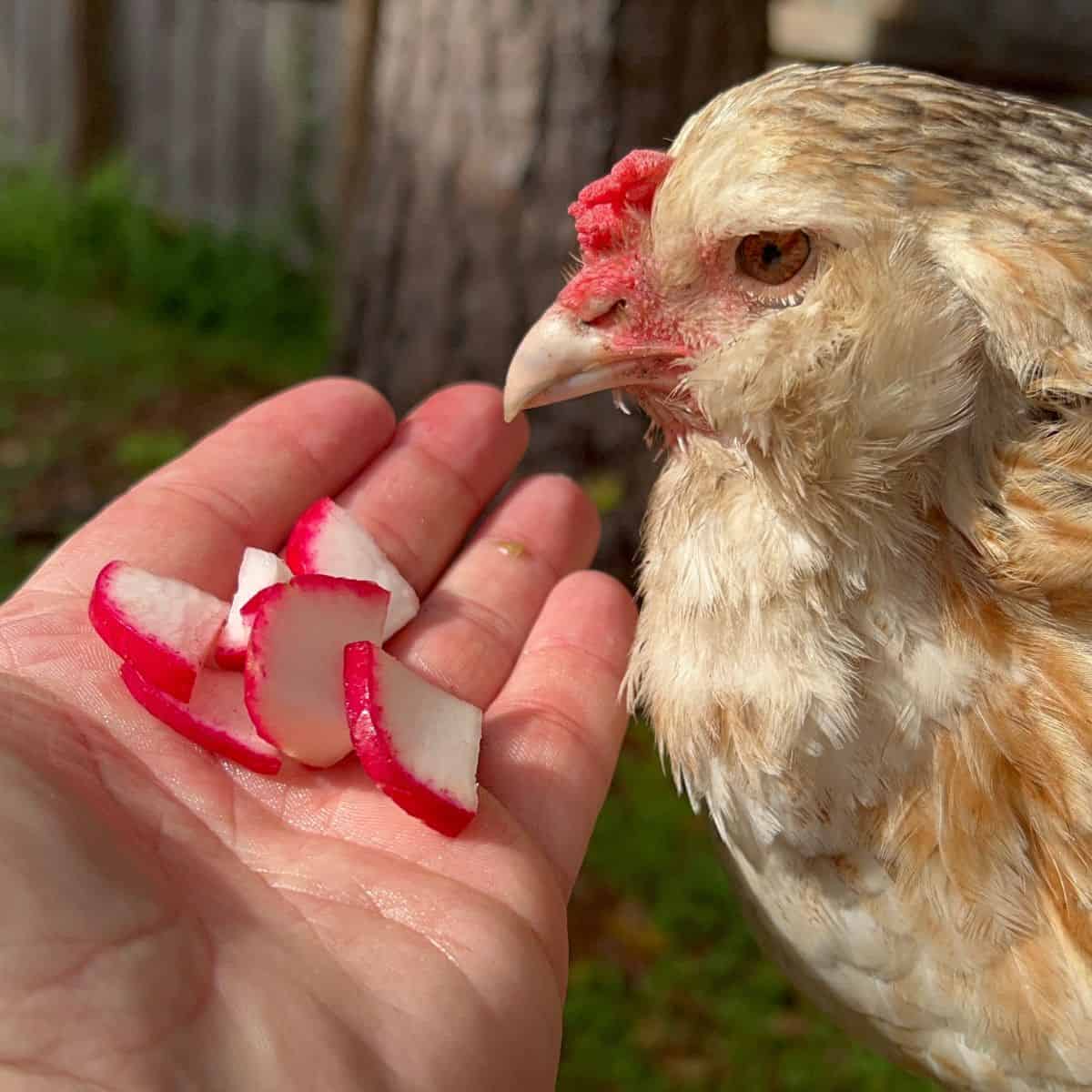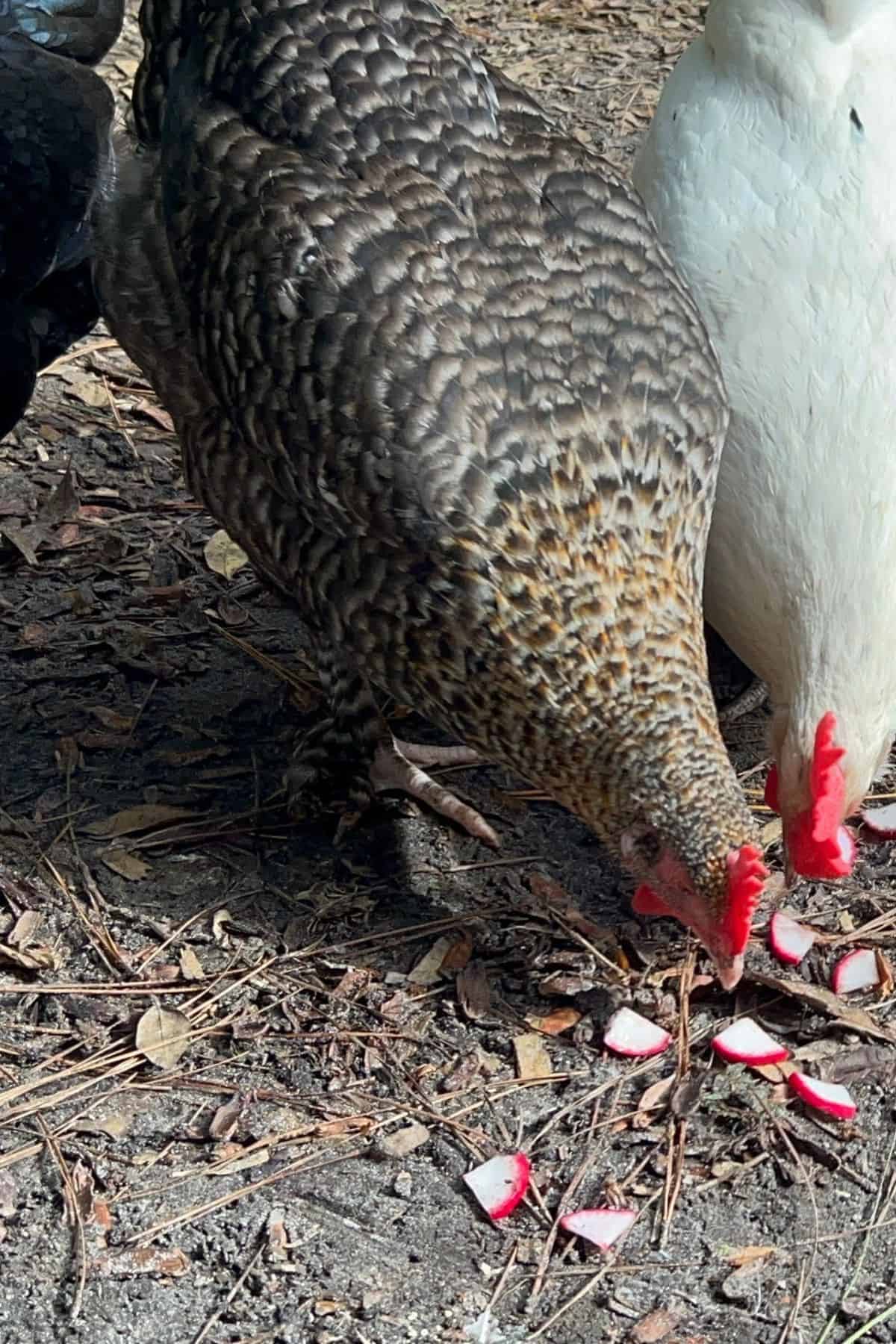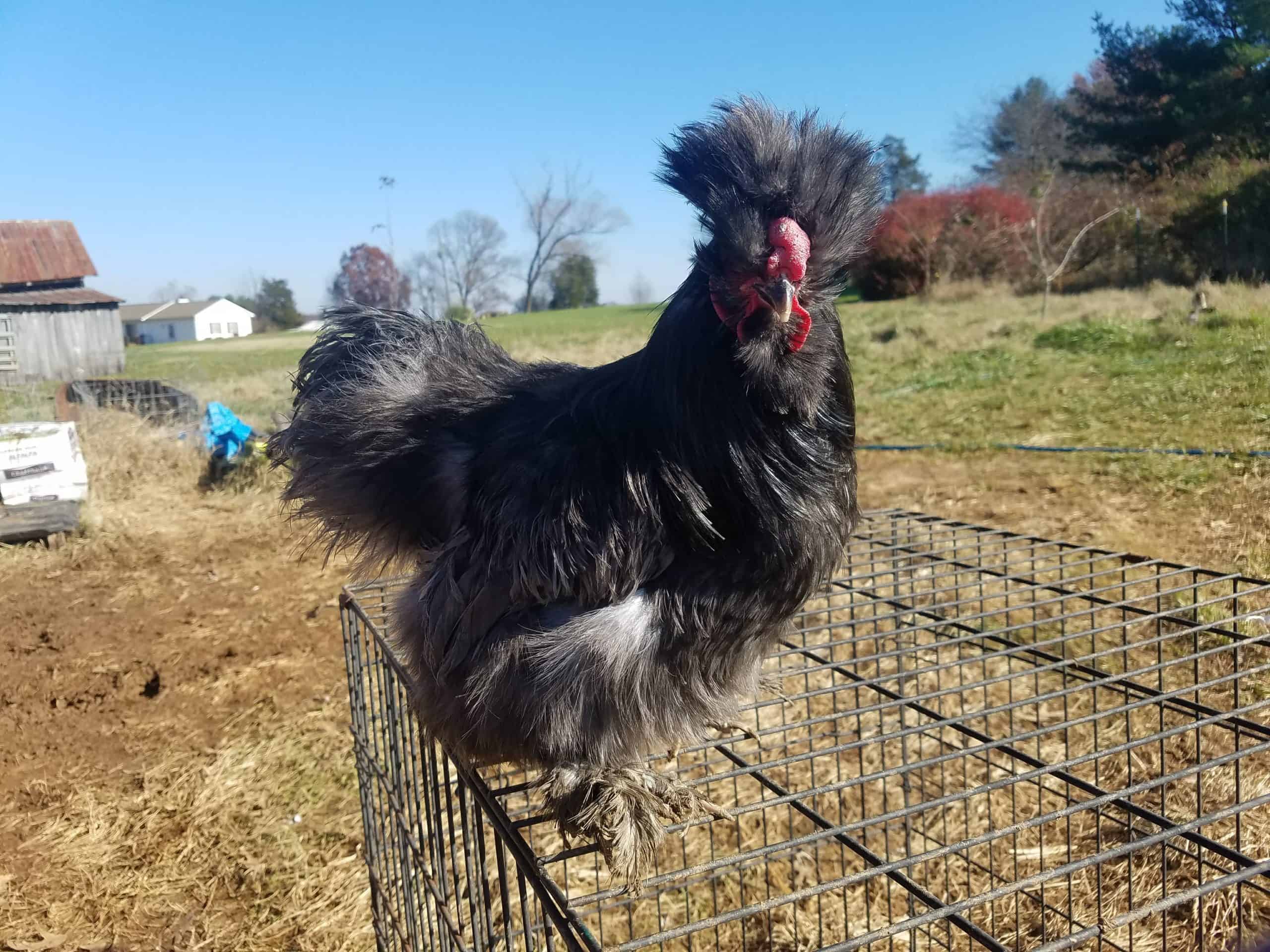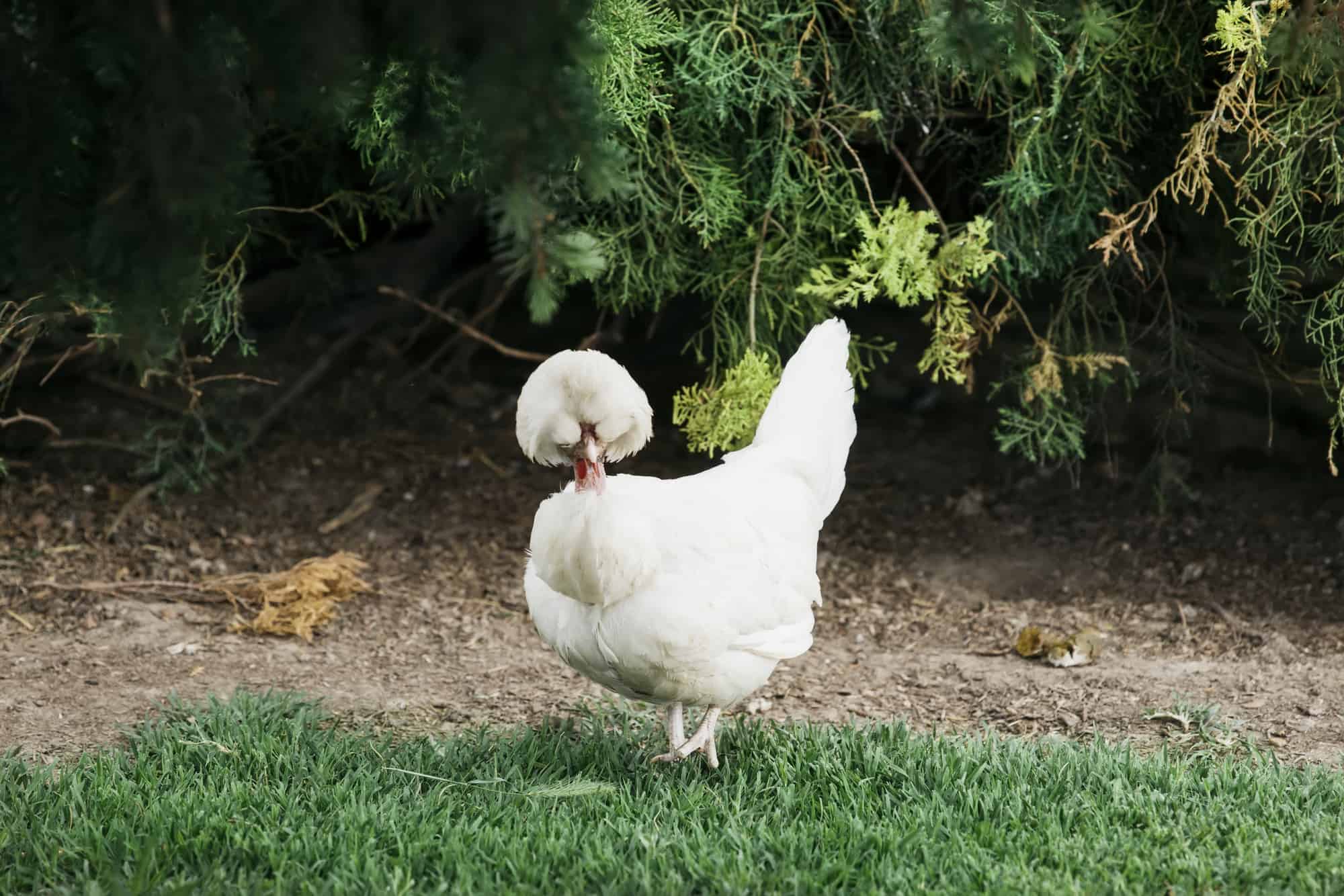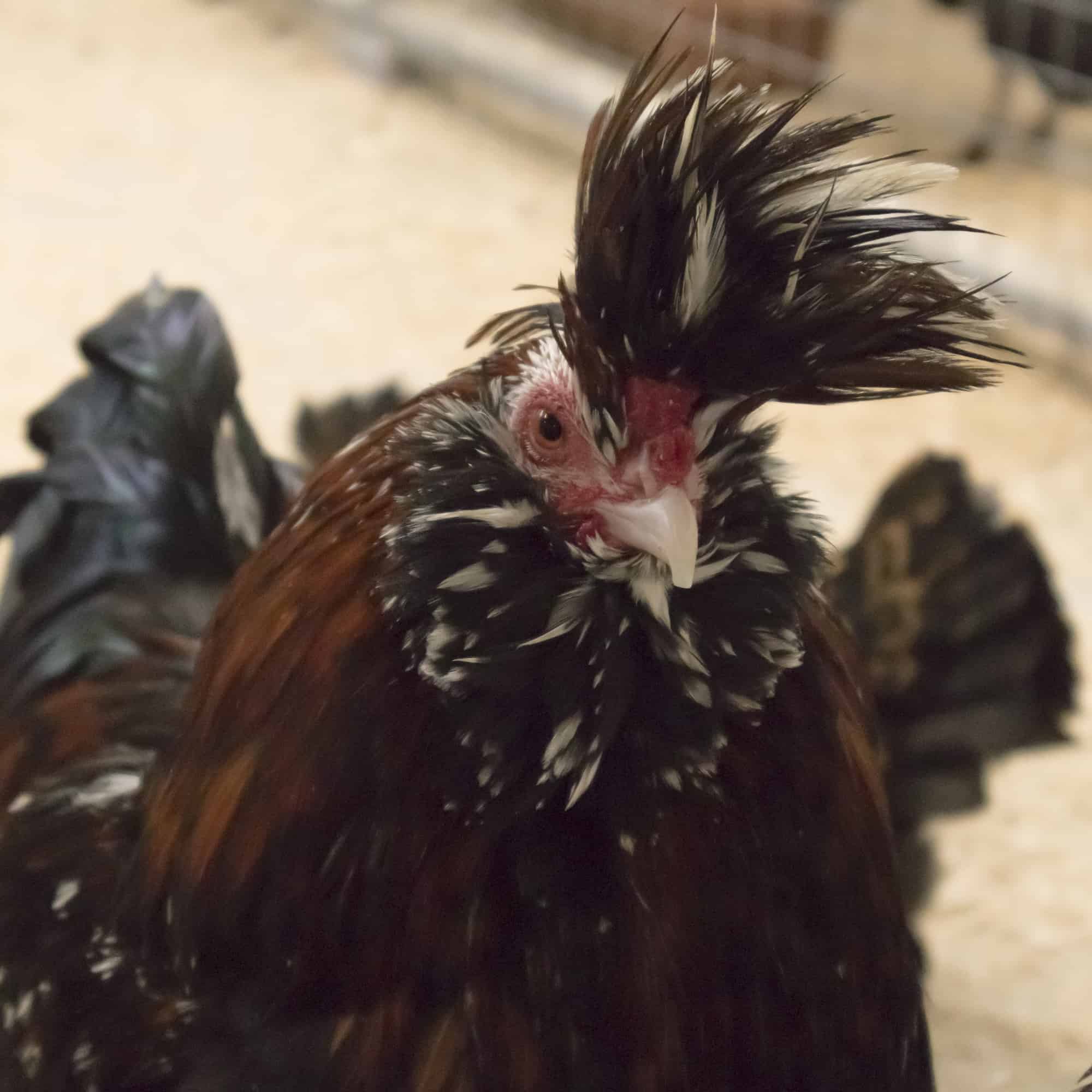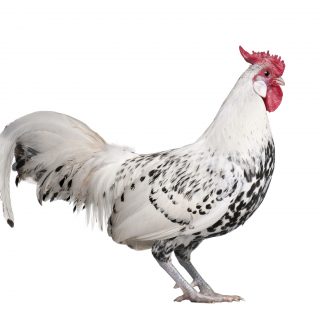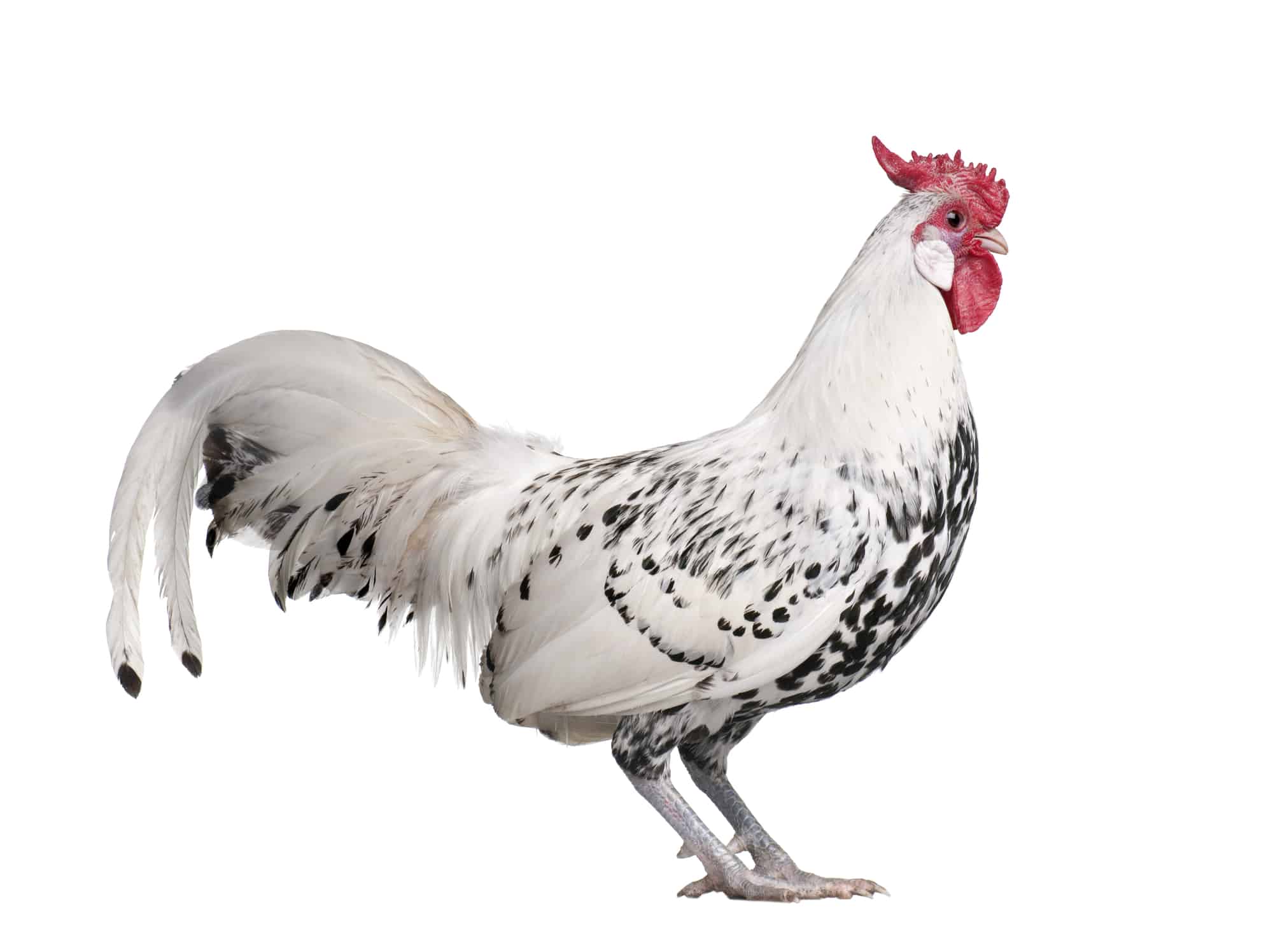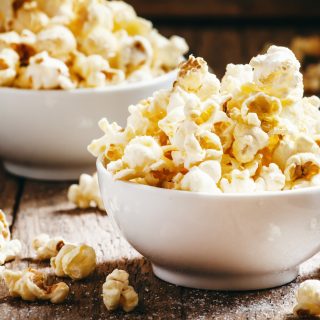Make sure to add some winter garden crops to your gardening repertoire so that you can have fresh veggies throughout the whole year. Even though spring and summer are traditionally garden season, with a few tips and the right crops you can keep your harvest going even in the cold weather.
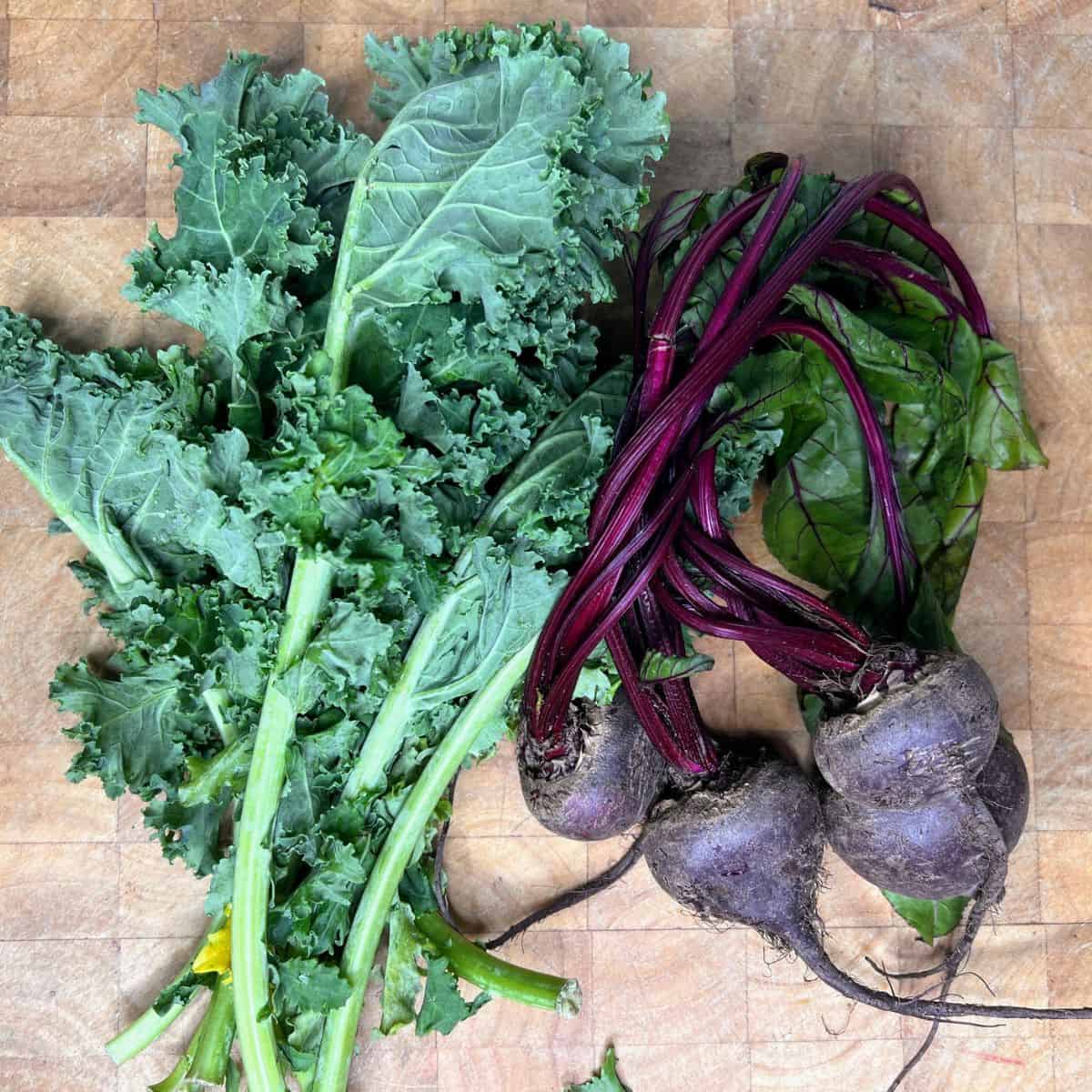
What Vegetables Can Be Planted for a Winter Harvest?
Surprisingly, there are actually quite a few different vegetables that can be planted and harvested in the cold temperatures of winter. Some of these include: Root Vegetables, Broccoli, Cauliflower, Garlic and many different leafy greens.
Garlic
Garlic is not one of the fastest growing vegetables out there. In fact, it takes months to be ready to harvest. Garlic is best planted when soil temperatures are around 50 degrees Fahrenheit.
This crop can handle quite cold temperatures once it has been established. In fact, it can handle up to 10 degrees Fahrenheit.

Cole Crops
Cole crops include Broccoli, Kale, Cabbage, Cauliflower, turnips and radishes. These are great additions to a winter garden as they provide a ton of nutrients and can easily be frozen and saved for later as well.
Most of these types of crops can handle just below freezing temperatures. Though their leafs may be a little frost bite, typically they can keep producing even down to 26 degrees Fahrenheit. In fact, many of these crops do best when harvested after a few small freezes.
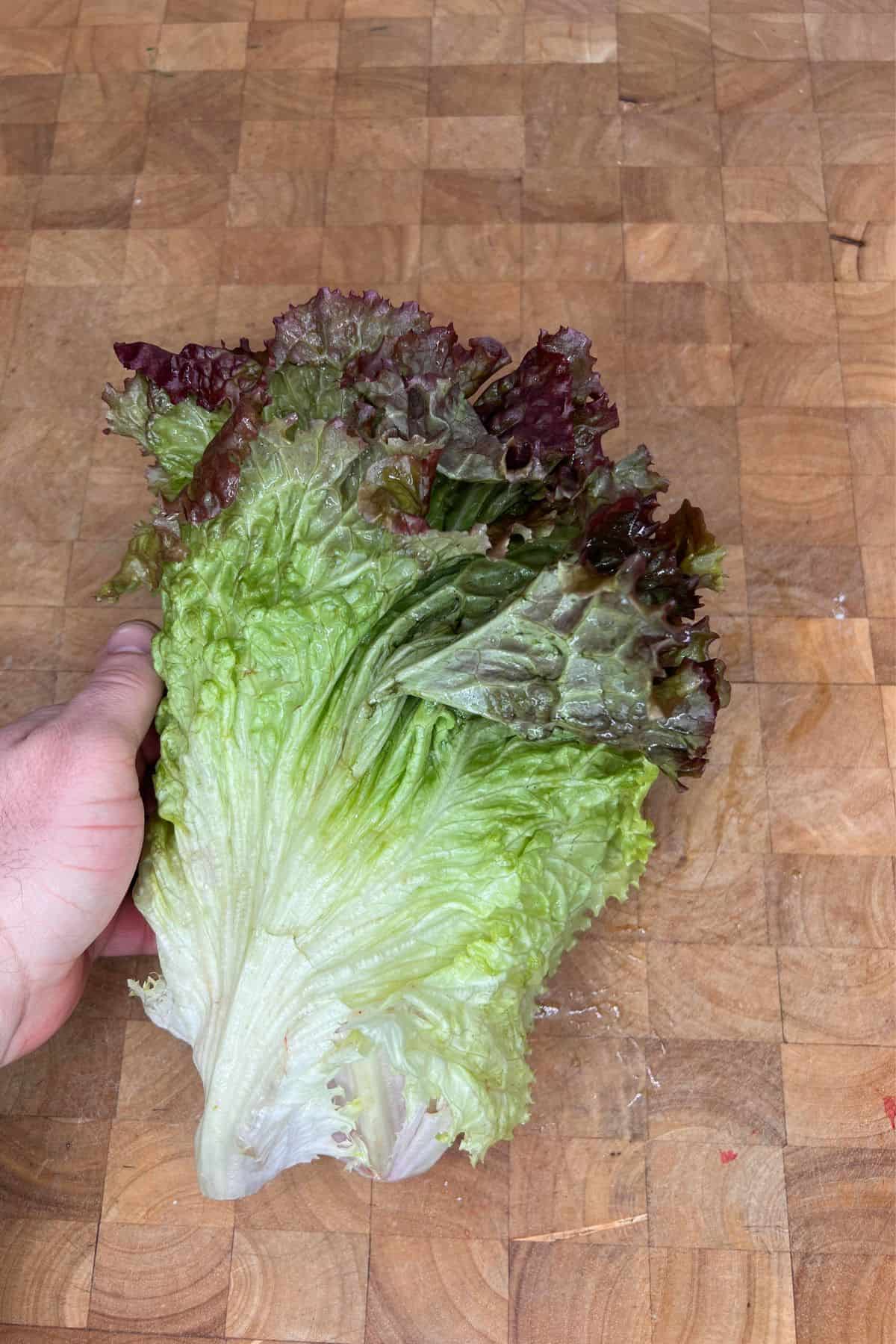
Leafy Greens
Common leafy greens are: Spinach, Lettuce, Mustard greens and Collard greens. One great thing about these crops is that you can continue to harvest them by just plucking leaves off them as you need. These are great to grow year round as they can be grown in spring, summer and are also a great fall garden crop.
These crops can tolerate temperatures that drop as low as 15 degrees Fahrenheit. Though sticking in the 20 degree range is safest. In fact, cool or cold weather actually helps bring out the flavor of these crops.
Parsley
Parsley is a nice herb that can be used in a wide variety of different dishes. It is relatively fast growing in about 60 - 90 days. Additionally, you can just pick leaves as you need to get an ongoing or continual harvest.
This crop can handle temperatures all the way down to around 10 degrees Fahrenheit, so it can be grown through the winter in most places. And, it is easy to grow in containers in case you need to pop it indoors for a few days.
Scallions
Scallions, otherwise known as green onions, are super fast to harvest, taking only about 50 - 60 days from plant date to harvest date.
This crop can handle pretty cold temperatures, down to 10 degrees. However, one thing to keep in mind is that they do need soil temperatures of at least 50 degrees Fahrenheit when planted.
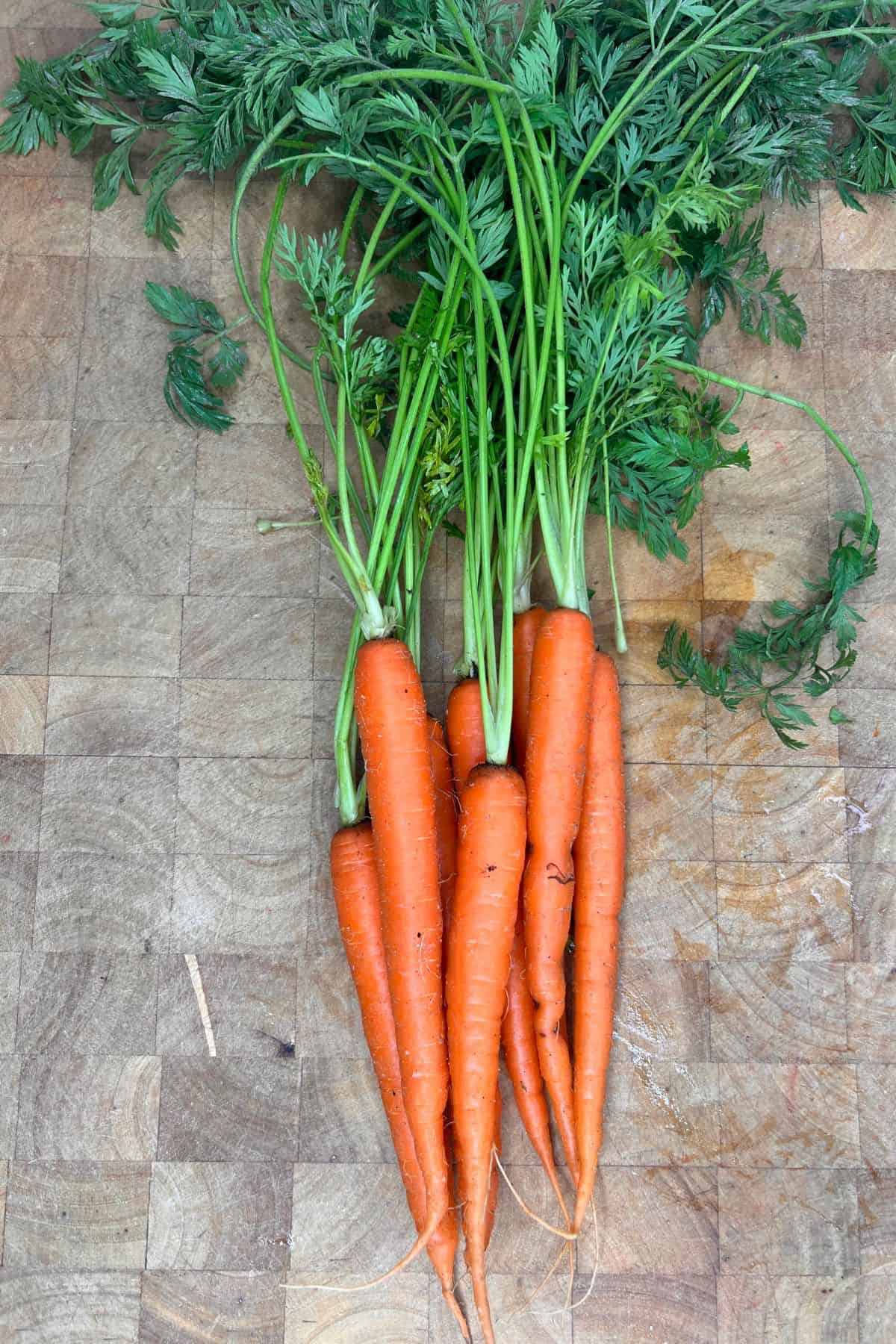
Root Vegetables
Carrots, Parsnips and Beets are all root vegetables that thrive in cool weather. Root vegetables are simply crops that grow under the ground - but often will have their leaves or greens above the ground.
Though these root crops do handle cold weather up to about 28 degrees Fahrenheit, they are not a crop that can handle super freezes or several freezes.
Need some help getting your garden crops planned? Check out the Ultimate Gardening Calculators for a system that will auto-calculate for you.
Factors to Consider When Planting Winter Crops
If you want to have a successful winter garden, it is important to take into account a few things: how cold can the crops withstand, will they have time to get established, how can you protect them when need be.
How Cold Can They Handle
Before you get to planting your winter garden, you will need to make sure you are choosing crops that can withstand freezing temperatures. Some crops will be able to just handle freezing, while others (like Spinach) can go way below freezing.
First Frost Date
Even though they handle cold well, it is still good to get them started before it's too cold so they have time to get established. Otherwise, you may have fresh new plants getting hammered with frost and they won't get a big and hearty as possible.
So, when planting, try to get them in a bit ahead of your first frost date so that they can sprout and get their roots under them before that first big cold snap.
Extending the Harvest
Additionally, using things like row covers or even planting in containers so you can move or easily cover during very hard frosts can help to extend your harvest through the winter. With that, let's hop straight into the list of our favorite winter crops.
In Conclusion
Though you may not associate cold temperatures with growing a thriving garden, it is totally possible to do. Just make sure that you choose the right crops, give them enough time to get started and support them as needed.
If you need help getting your garden crops planned right check out The Ultimate Gardening Calculators so that you have just the amount you need, set aside the right amount of space and know exactly when to plant them.

